
—— WORLD SITUATION ——
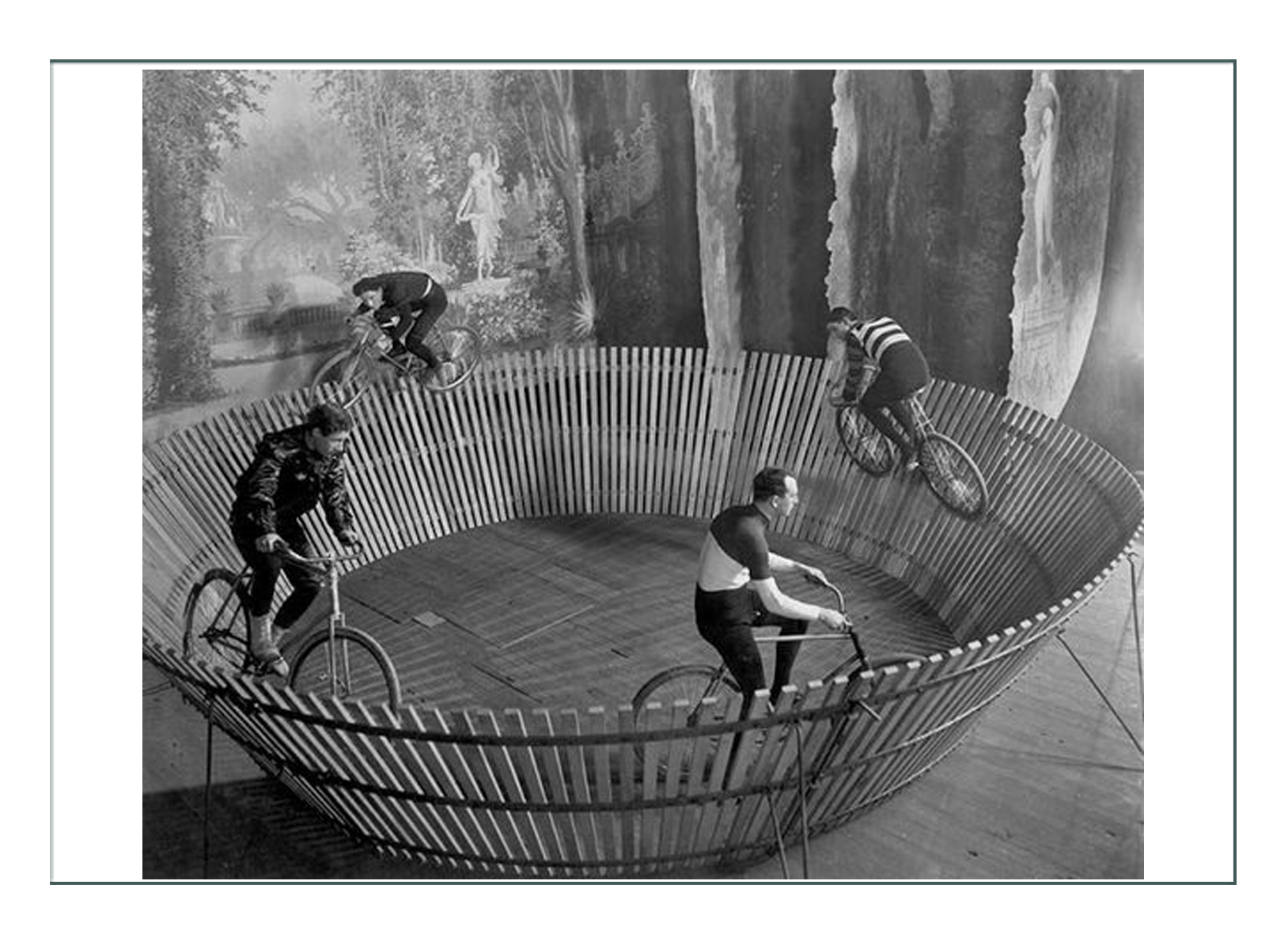
- “The New Woman” was ordinary
- This era was leading up to World War I which would create major change to all social, political, & economical patterns worldwide
- After the war, it would be socially acceptable for women to work for themselves or to support families
- Despite prevailing nostalgic attitudes & efforts to slow progress, change was happening very quickly & very openly
- The Edwardian era seemed almost a last attempt at controlling women’s behavior & roles through regimens & rules, in a time they were otherwise escaping the Victorian edicts & making great strides towards independence
- Women were being recognized as thinking beings with more to offer than being a social asset for a husband
- By 1900 the railway, typewriter, telephone, post office, camera, sewing machine, rayon fibers, & bicycle made life for most women much easier, & allowed them the luxury of leisure or work pursuits
- For yet more women, the daily use of gas, water, electricity, & the motor car changed their lives significantly
- Since everyone – both men & women – had to figure out new inventions & how to use them, women achieved a status equal to men in many places
- Intellectual equality applied to women & men of all classes & status
- This dynamic of change for all persons changed the status of women overall
- Reform in political & social realms began as intellectual female thinkers began to outwardly state their case; e.g. many joined the Fabian Society, a group of non-revolutionary thinking socialists & similar groups
- Other women sought reform for more practical dress, better education, the right to have paid work if they wished, & better employment prospects for poorly paid women
- Most importantly, women campaigned for the right to vote & to obtain birth control, although most would not live to see those implemented
- During the WWI effort, women donated their corsets to yield 28,000 pounds of steel

In 1902, the “New Normal” for women was to get outside the home and the social dictate that the only successful woman was a wife and mother. They got out of the house for work or leisure, and their clothes had to keep up with them.
There was at the time an endless list of activities and pursuits that were now socially acceptable ranging from acrobats and weightlifters to dogtrainers and politicians. Women were in any number of sports, and many of them competing against men. The “New Woman” in particular was epitomized by Australian distance swimmer, vaudevillian, and film star Annette Kellerman who shocked Europe and America showing up on beaches in a nearly sheer “knit” swimsuit.

The “New Woman” was ordinary. Despite prevailing nostalgia of the “good old days” when women knew their place, the social change happened quickly and openly. Escaping Victorian edicts, the new Edwardians had a new set of rules under the leadership of the new king of England – Edward. Those rules meant not following rules.
Most American women by the turn of the century were interested in what the English were doing, but more for entertainment than leadership. They adapted lifestyle and fashion to suit their own needs (literally “suit”), taking what they liked and ignoring the rest. The pioneering spirit of innovation, technology, and independence had finally taken root in American women, and they were allowed to implement their ideas.
Women at last were recognized as thinking beings who could offer more than being a social asset to a husband. Women outwardly stated their cases and causes, and organized or joined societies that supported their beliefs and desires. Reform in the political world was of particular focus, as was the renewed energy put into the suffrage cause.
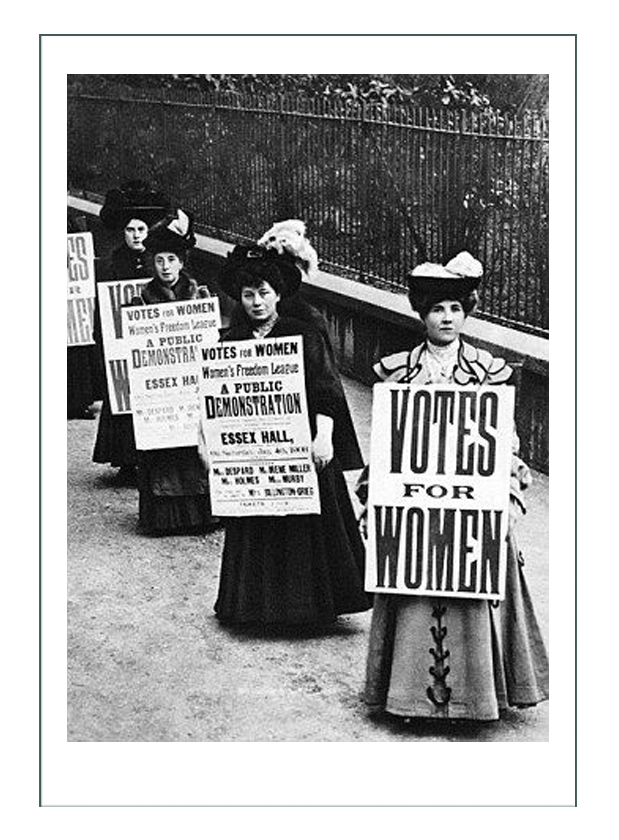
Many worked in reform for Indians, prisons, orphans, and other worthy causes. Others sought change in the political systems regarding dress, education, employment rights, birth control, and the vote. The Fabian Society and other intellectual groups were wildly popular throughout the U.S.
Innovations and technology, notably railway transportation, they typewriter, development of the post office, camera, further evolution of the sewing machine, rayon fibers, the bicycle, gas, water, and electricity in particular made positive and drastic change in the lives of women in particular. These things gave them jobs, a way to get there, and the ability to do work – on their own.
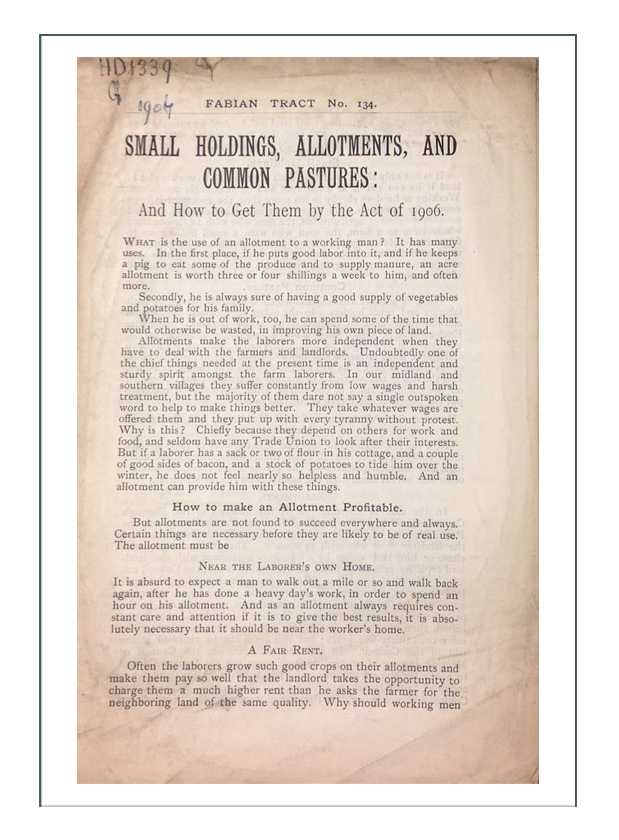
Every day women worked as governesses, shop assistants, and typists. Those with advanced education became teachers, secretaries, and office assistants. College and higher education was now considered acceptable for unmarried women, and some universities were starting to integrate men with women in America.
The clothing industry was the biggest employer after domestics (maids and servants). Mass production was flourishing. In hard times, a woman could do sewing in her home with the new machines. Millinery and headwear were doing a “roaring trade” thanks to fashion trends with huge hats and many accessories. Milliners also made the gloves, muffs, and details that marked Edwardian fashion, although the business of corsets reverted back again to men only.
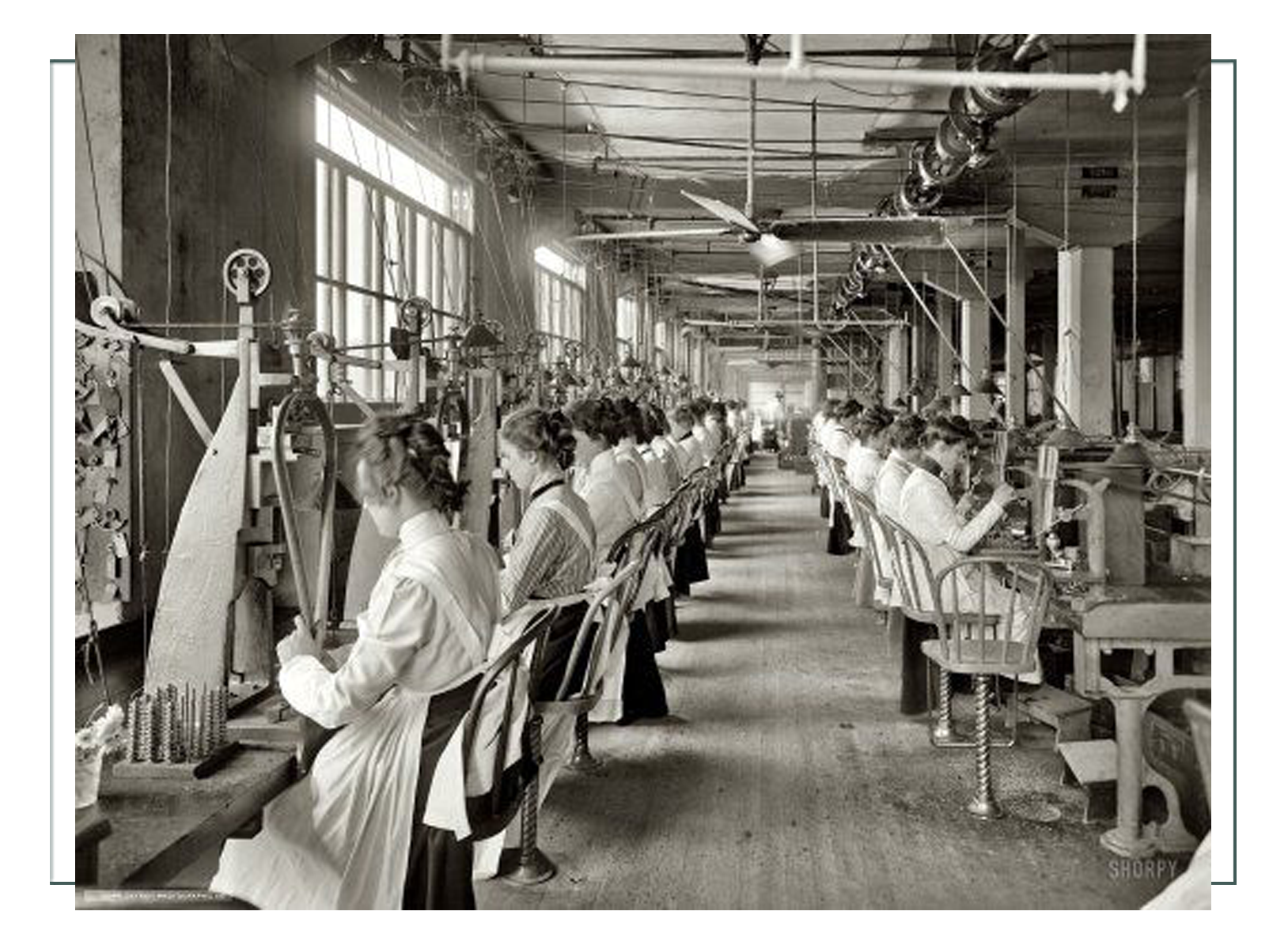
Young women were leaving the family farm, getting on the train, and heading for the cities to seek their fortunes. While creating a shortage of farm hands since girls did all the farm work plus housework, it led to entire social and cultural structures in urban situations with many single women living in one place.
Women were mixing with men in the workforce, although in subservient roles, but many were heading to college to become doctors, lawyers, and professionals on even status with the men. Class and gender lines were blurred the further one traveled West in 1902, as in the “Equality State” of Wyoming, women had already been leading businesses and taking leadership roles in politics. They had been voting for over 30 years already, so the issues were different for them. Their options for professional development were as wide open as the high plains of the West.
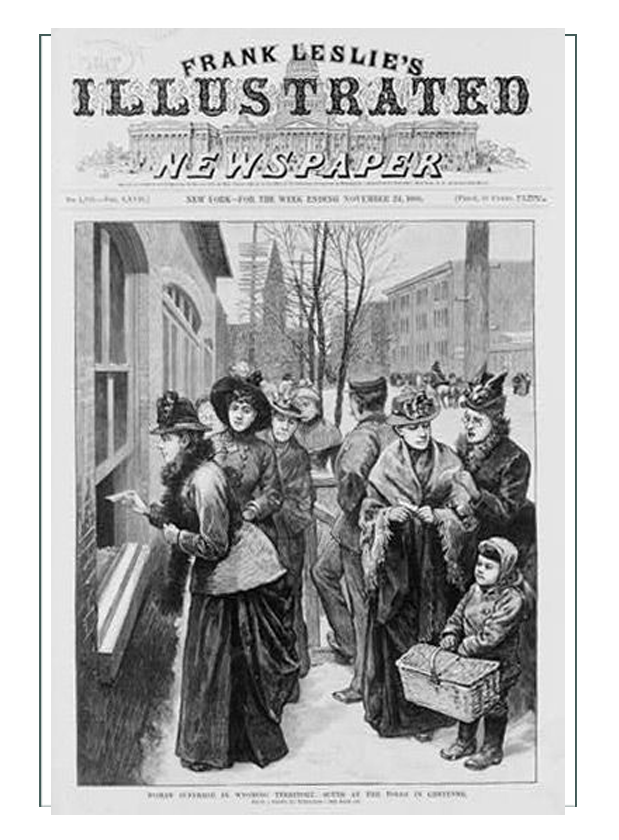
 Cheyenne, Laramie, & Atlantic City
Cheyenne, Laramie, & Atlantic City
Considering the biggest places for a woman to gain employment in the Wild West in 1902. These three at the time had the most opportunity, and were the most logical for Bailey’s character to go for her secretary job. Here we tell the story of the towns which say the Wild West had just barely been “settled” by the time she got there. There would be remnants of lawlessness and much history still alive, with characters suitable for fiction novels, as well as lots of wealthy clients and people with a variety of entertainment, cuisine, and opportunity. We pick Cheyenne for this character based on below:
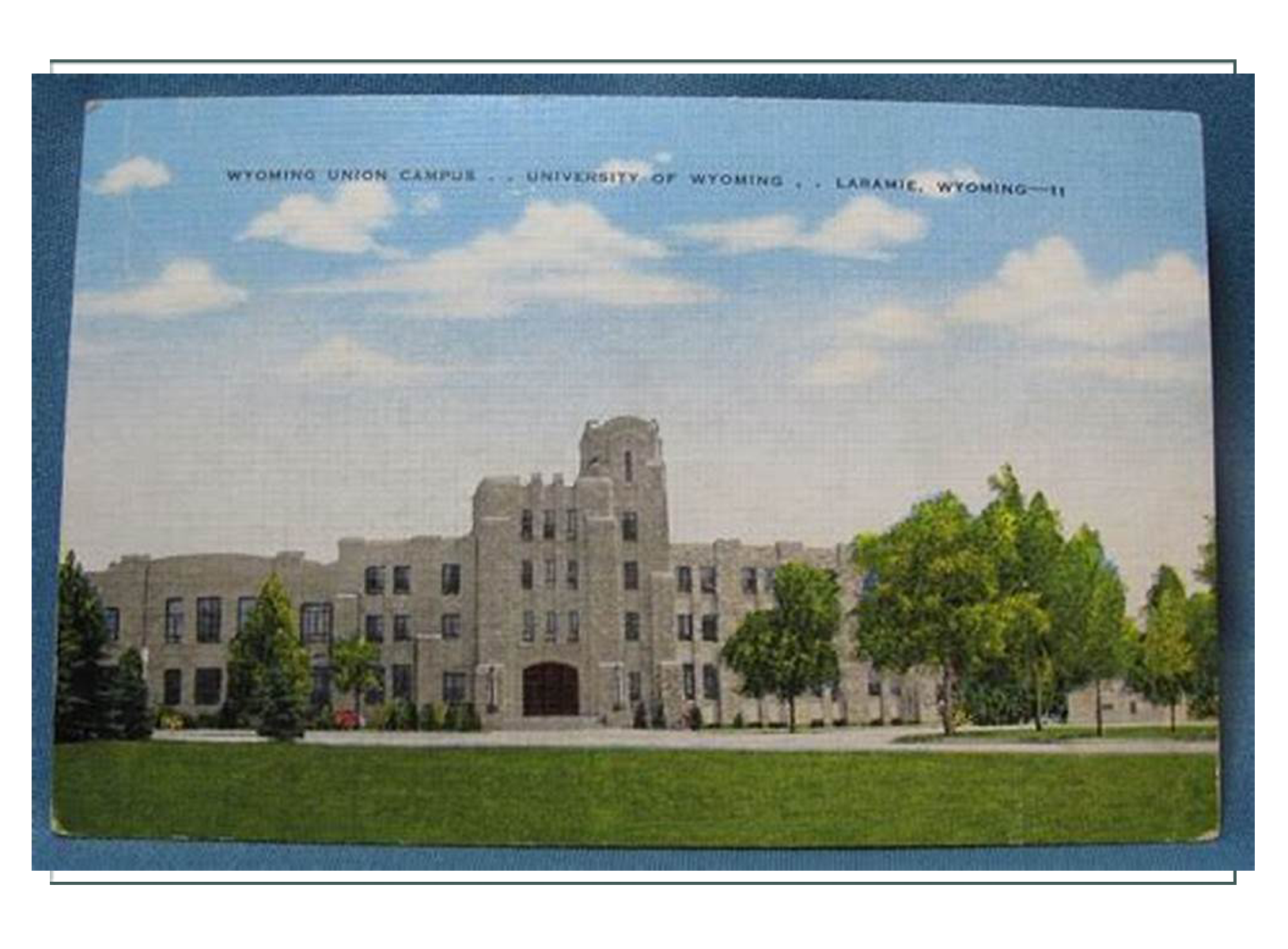
LARAMIE
Ups & downs of Civility
The city of Laramie was built on the “Laramie Plains”. In 1866, the Union Pacific Railroad was due to be built on the location because of the already established Fort Sanders. The railroad located the city in 1867 on a site north of the river and next to their tracks.
In 1868, land agents laid roads and land tracts and made them available for purchase, and Laramie (not Cheyenne) was chosen as the site for a roundhouse and depot with train services.
Because there were disputes over land ownership, the people who had come there anticipated violence, so the new citizens created a provisional government under the direction of an attorney who came from Cheyenne. They elected him mayor, but it was a very rough frontier town and lawlessness prevailed. The weak government collapsed and violence with lynch mobs and riots ensued.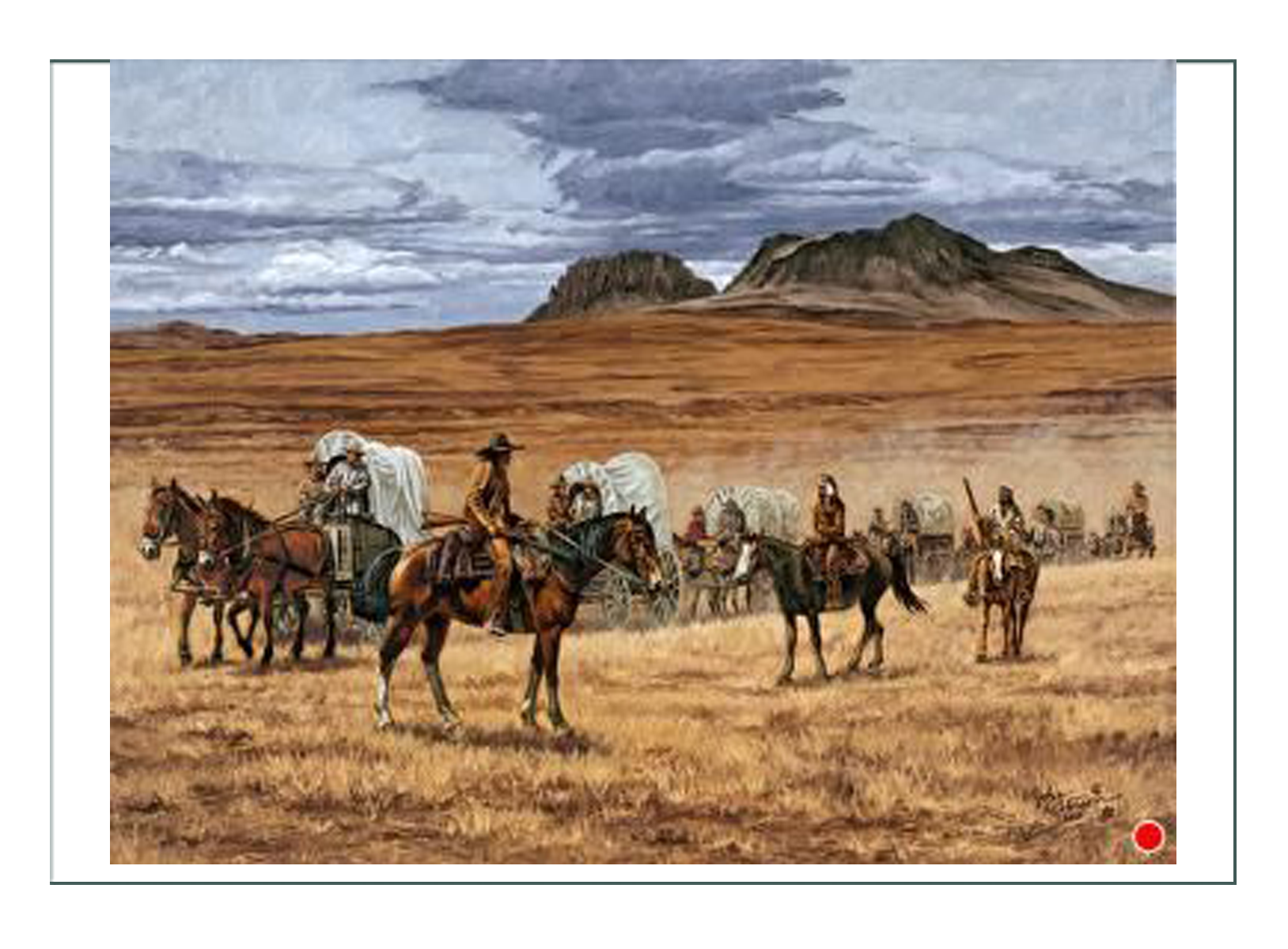
When the railroad finished its construction, it left and those remaining were much fewer in number and were of a different type of citizen. The rowdies followed the railroad, which allowed the women of the community to take charge. It was women who established the first school in the state of Wyoming in 1869. Women made up the first jury ever in US history, and Laramie women were the first bailiffs.
It was a Laramie woman who was the first to vote in the country in 1870.
The women built churches by 1871, and incorporated the town in 1874. In that same year the Union Pacific came back and built a rolling mill which improved the economy, but brought back the “undesirables” and political corruption again.
The town was saved by a surge in the sheep and cattle industry which bolstered an economy that was not dependent on the railroad. The town grew as stockyards were built, bringing cattlemen from all over the region. Unfortunately in 1886, the cattle market collapsed, and so did the town again.
At this time the Trabing Brothers opened a freighting company, and the banking industry in town changed hands. One of the prospective investors created the University of Wyoming. It had a slow start until the College of Agriculture was established so they could procure government funds form the Morrill and Hatch Acts.
There were 200 students in 1905, and with rapid growth after WWII and the GI bill the University surged in size. Today it is one of the largest employers in Wyoming with 12,000 students in 2018.
In 1897 companies returned looking for gold again, thinking their newer technologies and investments might yield more than picks and shovels had back in the 1860’s. Today there are still companies who think they can do it, but none has been found to date. The town depends on its economy from tourism, health care, retail business, and some farming and ranching as well as the nearby petroleum industries.
ATLANTIC CITY – South Pass
Short lived & Mighty
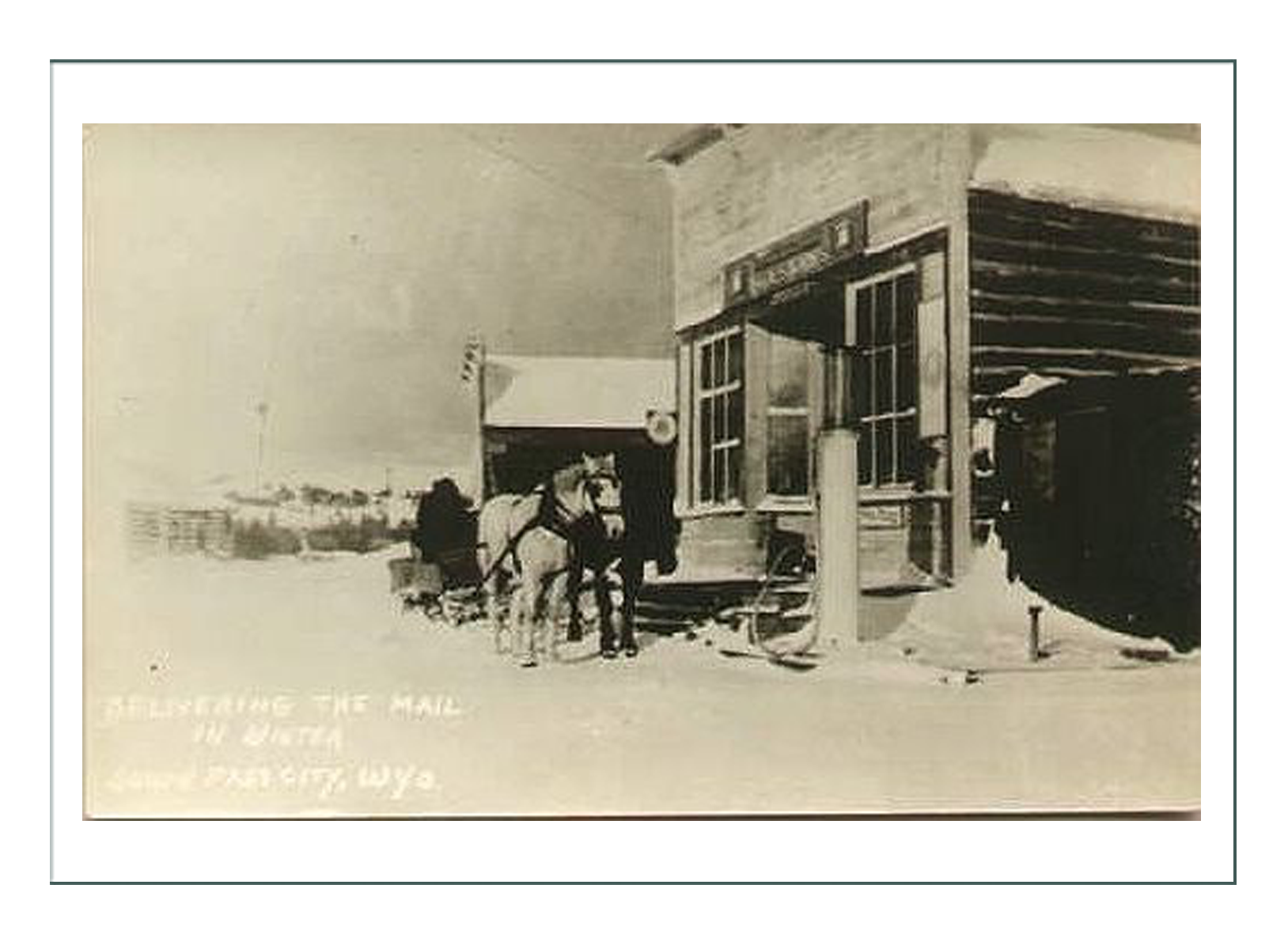
Atlantic City started as a trapping town by the American Fur Company. When men found gold at nearby South Pass in 1642, and again in 1867 at Willow Creek, it was a boom town. Over $2 million in gold was mined out of the area between 1867 and 1872 when it was tapped out.
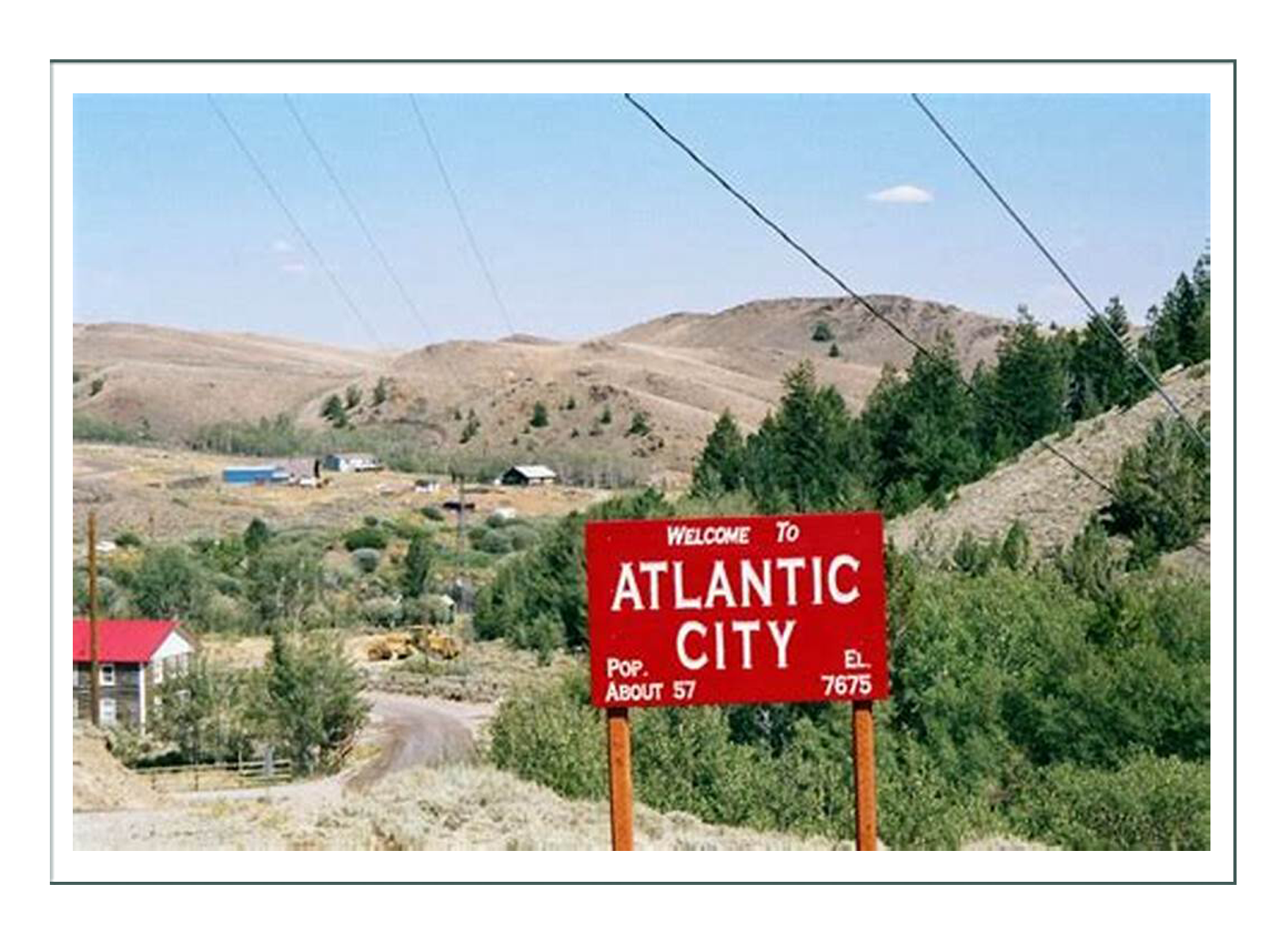
Only a few lived there before 1868 when the population skyrocketed to 1517, with 50 profitable mines in operation. After 1869 there were only 500 people, and by 1870 it was down to 325.
At the peak of its time, Atlantic City had a couple of saloons and dance halls, blacksmiths, restaurants, hardware, a general store, a post office, and 2 stage lines. German immigrant Anne Schlicting came from Cheyenne in 1869 and built a hotel and entered the cattle business. Her brand today remains the oldest in the state still in use.
A French Engineer came back and tried to create a hydraulic drilling system which failed, and the town is a ghost town. In 1960 a company opened the pits to mine iron ore with intent to convert the ore to taconite pellets. The pellets were shipped to Utah to finish the process. The Union Pacific built a spur to accommodate the business, but the mine was closed in 1983 because of global market situations. 90 million tons of taconite was generated from the mine. It is now a gravel quarry.
There is a recent interest in using newer technology to find gold again. The population of Atlantic City at present is 11 residents.
CHEYENNE
Head of (Equality) State
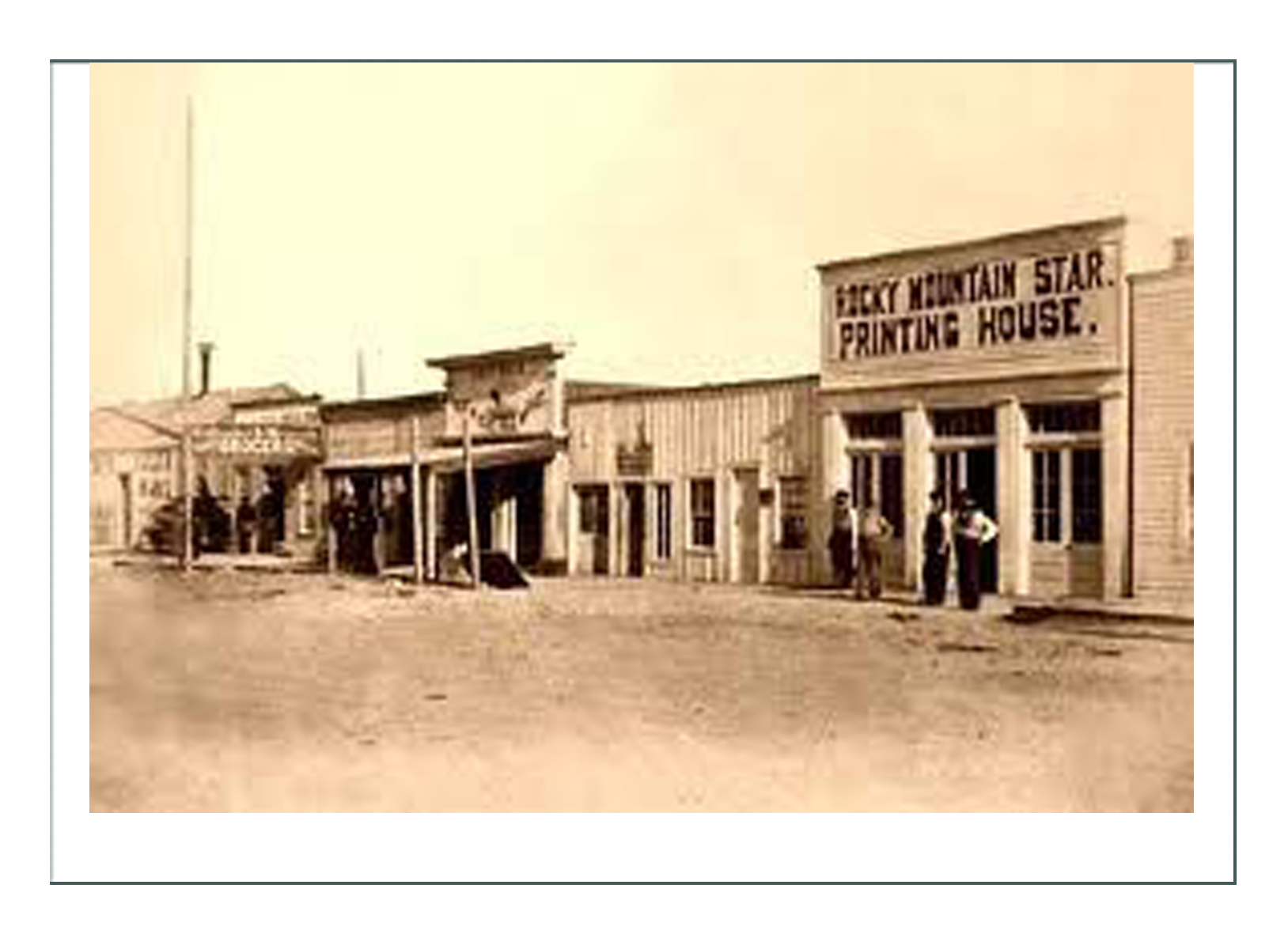
In the Beginning
Wyoming women had the right to vote and hold office before anyone else in the country in 1869 at the establishment of the state. IN 1894 Estelle Reed, Mrs. Cort F Meyer, was the first woman elected to a state office.
At statehood, Wyoming was divided into 4 counties, with Cheyenne being the largest city in the south, along the railroad lines.
Cheyenne was originally occupied by the Plains Tribes of the Algonquin linguistics family: nomadic tribes of Arapaho, Arikara, Bannock, Blackfeet, Cheyenne, Corw, Gros Ventre, Kiowa, Nez Perce, Sheep Eater, Sioux, Shoshone, and Ute. The Cheyenne and Sioux were the last to be forced to live on a reservation.
In 1803 it became a part of the United States as a section of the Louisiana Purchase. John Colter explored the area on his trip to the Rocky Mountains in 1807, and in 1872 Yellowstone was established in the area he researched.
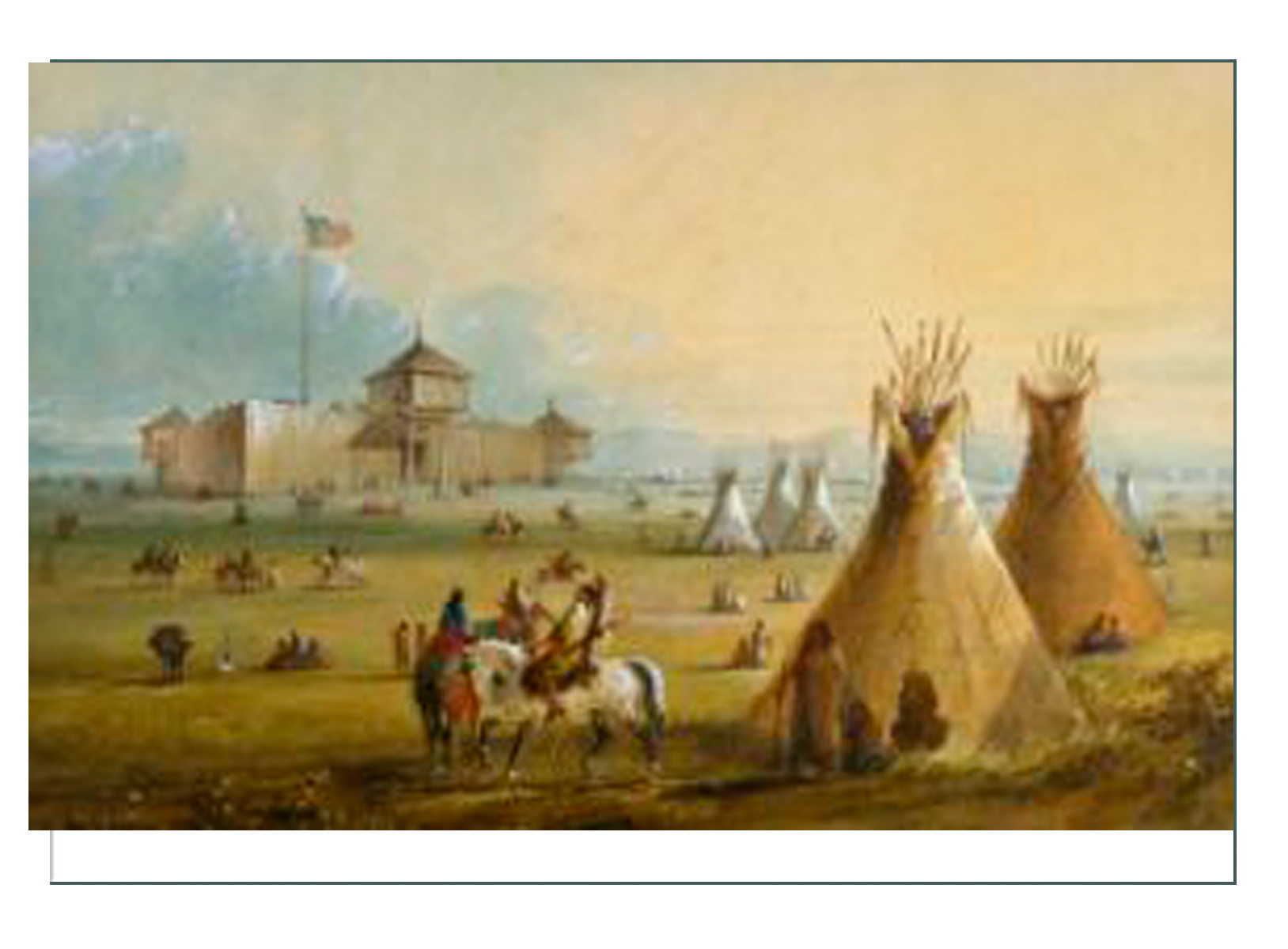
First Settlement
Early Wyoming settlement was due to European “gentlemen” who wanted beaver hats and sent trappers to get them. This brought in peple like Kit Carson, Jim Bridger, Davey Jackson, and Jedediah Smith; trappers of legend and story. Until the 1860’s the area around Cheyenne and the state as a whole was largely unpopulated and lawless. The first settlement of non-indigenous peoples was Fort Laramie.
Trails brought the pioneers, and the pioneers brought trouble with the local tribes, which in turn brought in the soldiers and forts. The Pony Express and Overland stagecoaches took people through the state. The first established town was Fort Laramie; the rest was open cattle range. After land was offered in the Homestead Act, the “Wild West Closed” in about 1890.
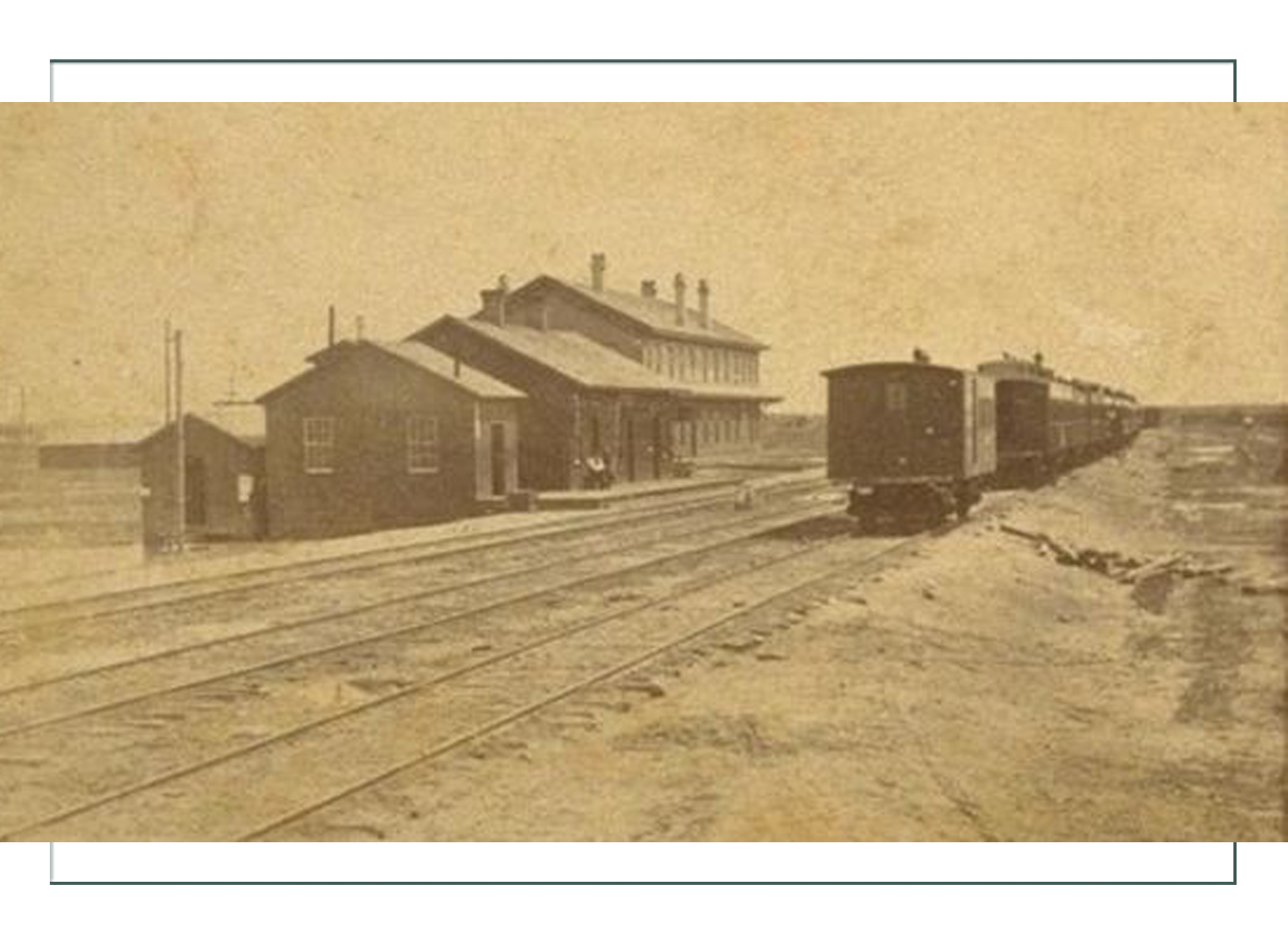
A Town Established
In 1867 a Major Dodge of the US Army was camped on the site of what would become the city. He was in charge of finding a railroad route over the Laramie Mountains, and to help determine a point for a terminal. His group named the site “Shai an”, although the correct pronunciation was “Shai en na”, in honor of the local tribe. The name means “people of different speech” or “red talkers”.
Fort Russel was built nearby to protect the ensuing railroad crews from natives and undesirable elements and people. As was typical of railroad development in the West, services to the railroad workers brought in real estate speculators, gamblers, tradesmen, and all sorts of people wanting to profit from its construction.
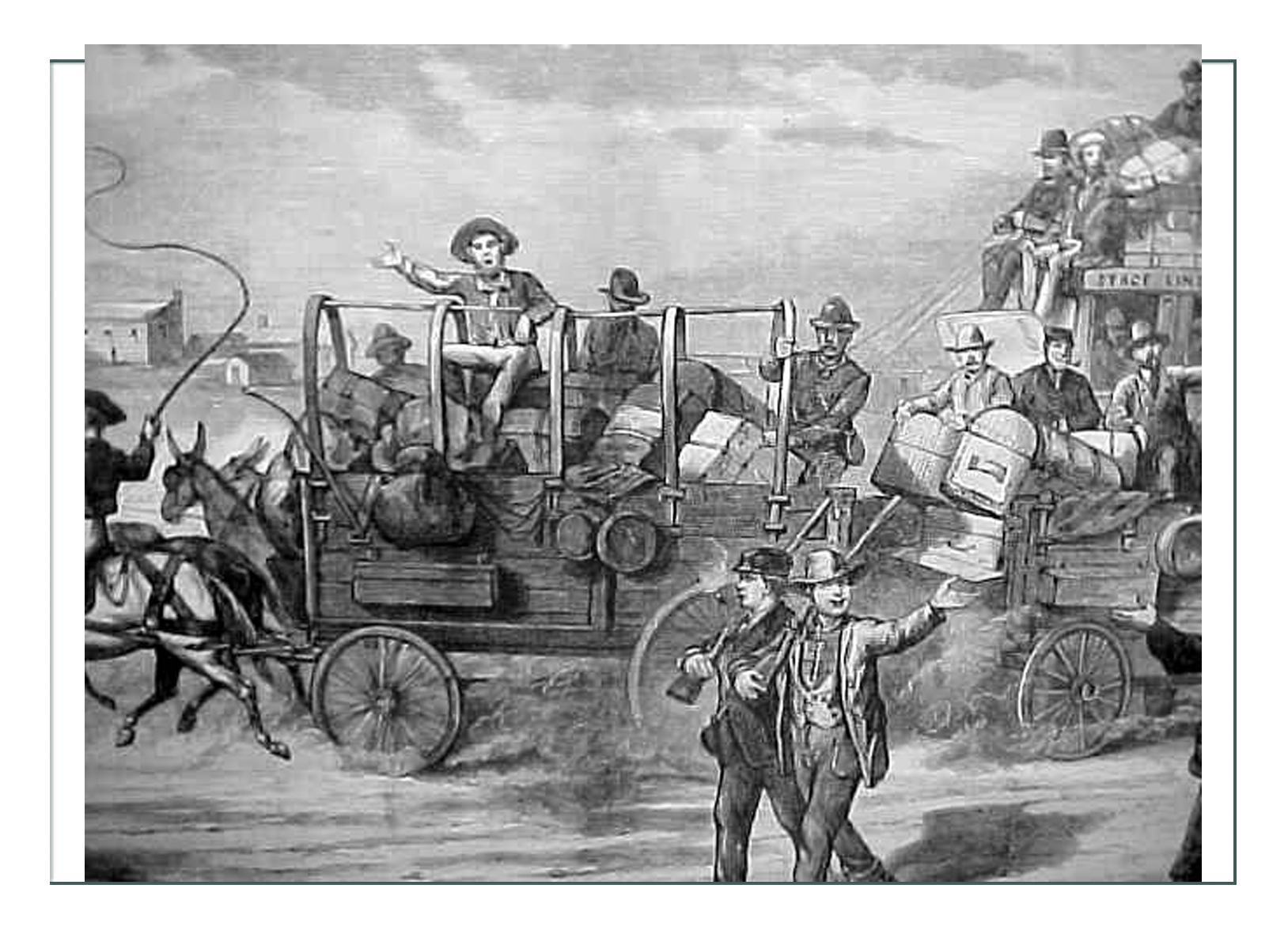
As in Laramie, violent disputes over land rights and ownership followed, although the Union Pacific Railroad had claimed ALL the land in the region and was trying to sell it for their own profit. Troops had to be called in from the nearby Fort, although land jumpers continued to cause serious and dangerous problems.
In 1867, the town created a makeshift government in attempt to control the violence,and was incorporated with a population of 4000 that year. Lots sold for $2500, and there were makeshift buildings and temporary dwellings.
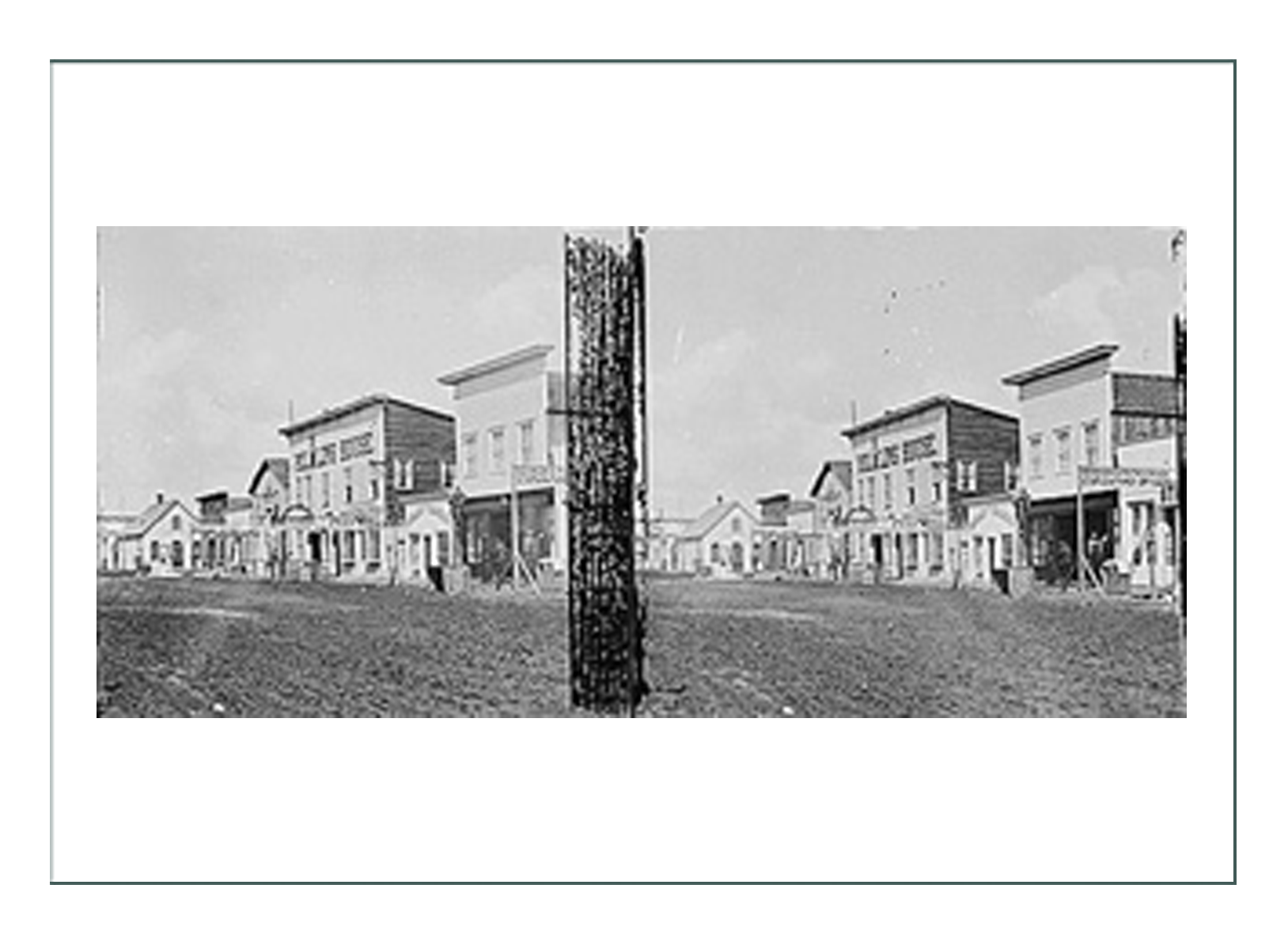
A Permanent Place
The economy, however, was stable. As with Laramie, churches and schools were the first to be built as permanent structures under the watchful eye of the local women. In 1867 the public school had 114 students. By 1868 there were 300 stable businesses with a diverse work environment and citizenry. Everyone from engineers (a profession established in the mid 1870’s), lawyers, doctors, trappers, native Americans, hunters, laborers, gamblers, and gunslingers lived next to each other.
With this volatile mix of temperaments, the town of the 1870’s was exactly like depictions in movies about the old lawless Wild West, with shoot outs on the streets, lynch mobs, saloon fights, and soiled doves. Dodge, it’s alleged founder called it the “Gambling Center of the World”. Others called it “Hell on Wheels”.
There were attempts to curb the violence by requiring men to check their guns and setting up curfews and “no guns on Sunday”. It failed miserably, and the established law and government was replaced by vigilante “committees” who drove prisoners out of town using whips and guns when the jails got too full.
When the railroad moved on to Sherman Pass, many of the transients followed them, but the troubles continued. The first Sioux War happened north of the Platte River, and Fort Russel became a supply depot.
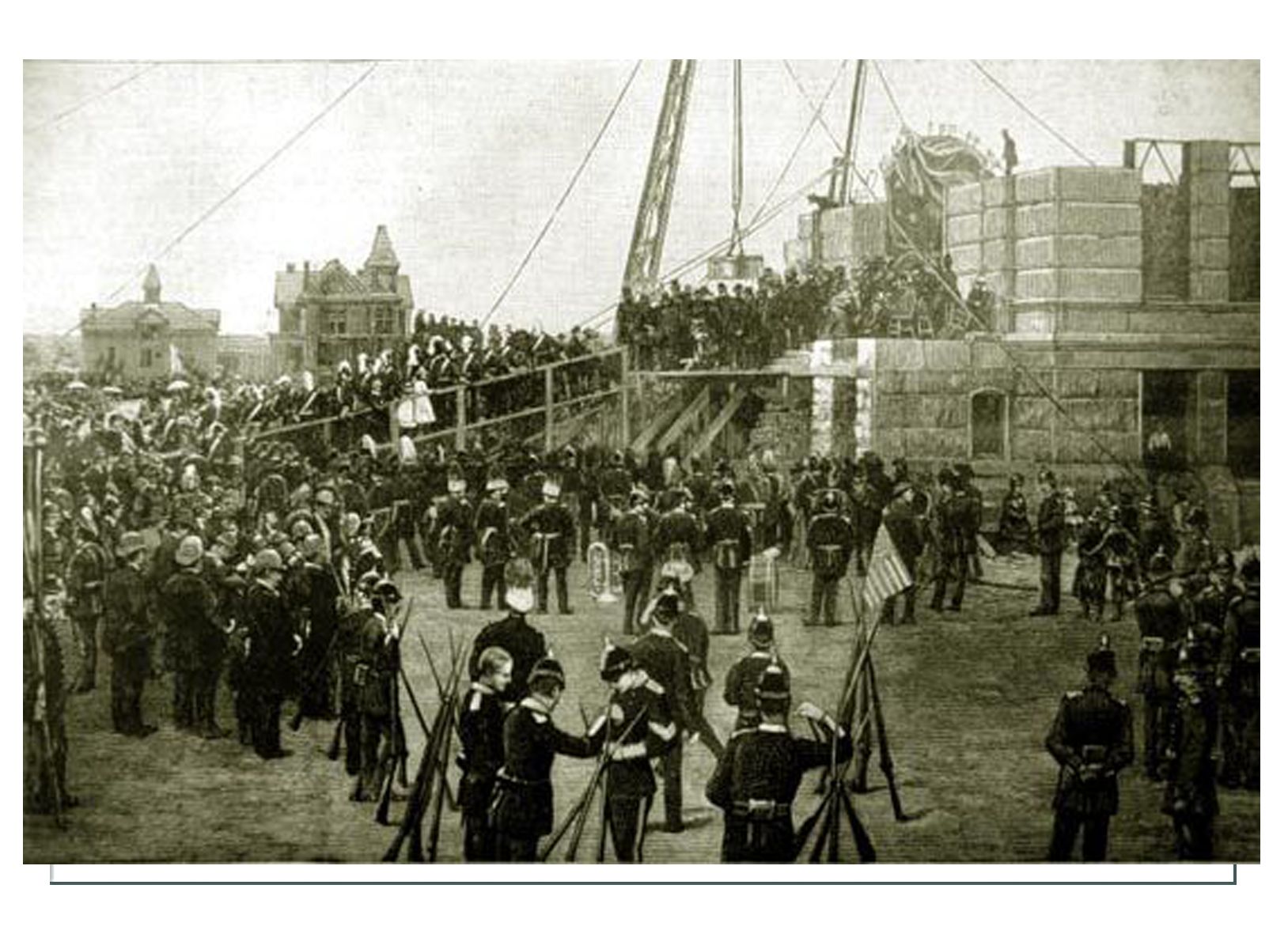
The New State Capitol
The town was made capital in 1868 because of its economy and location, and by the late 1870’s the cattle industry became prosperous and stable. Foreign investors, particularly the English Gentlemen that Buffalo Bill Cody had recognized as a financial resource were calling for Wyoming cattlement to develop a type of cattle bred specifically for their tastes in beef. Visiting Englishmen of nobility and wealth summered in Cheyenne and brought with them luxuries, liquors, and a world of elite cuisine.
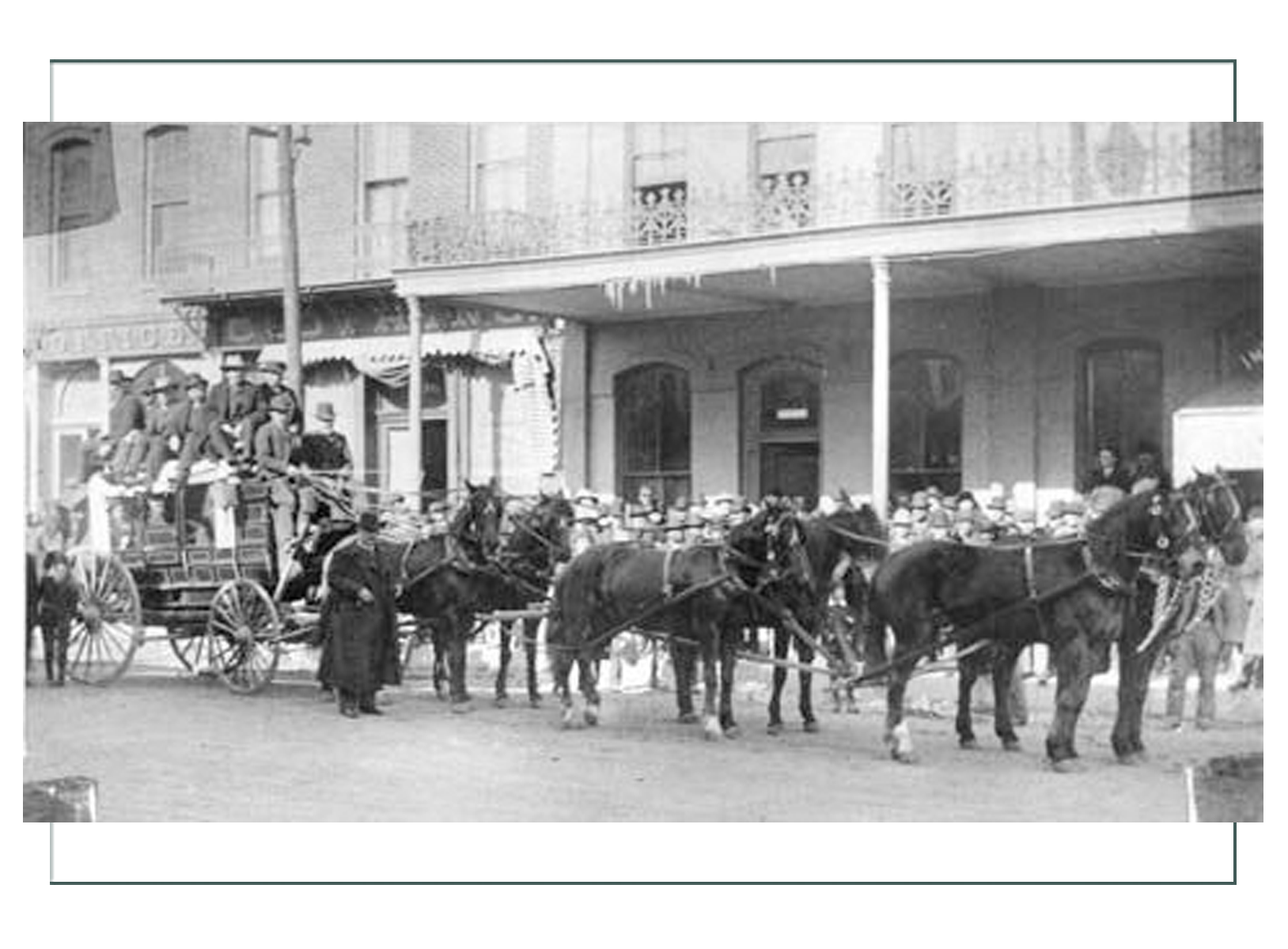
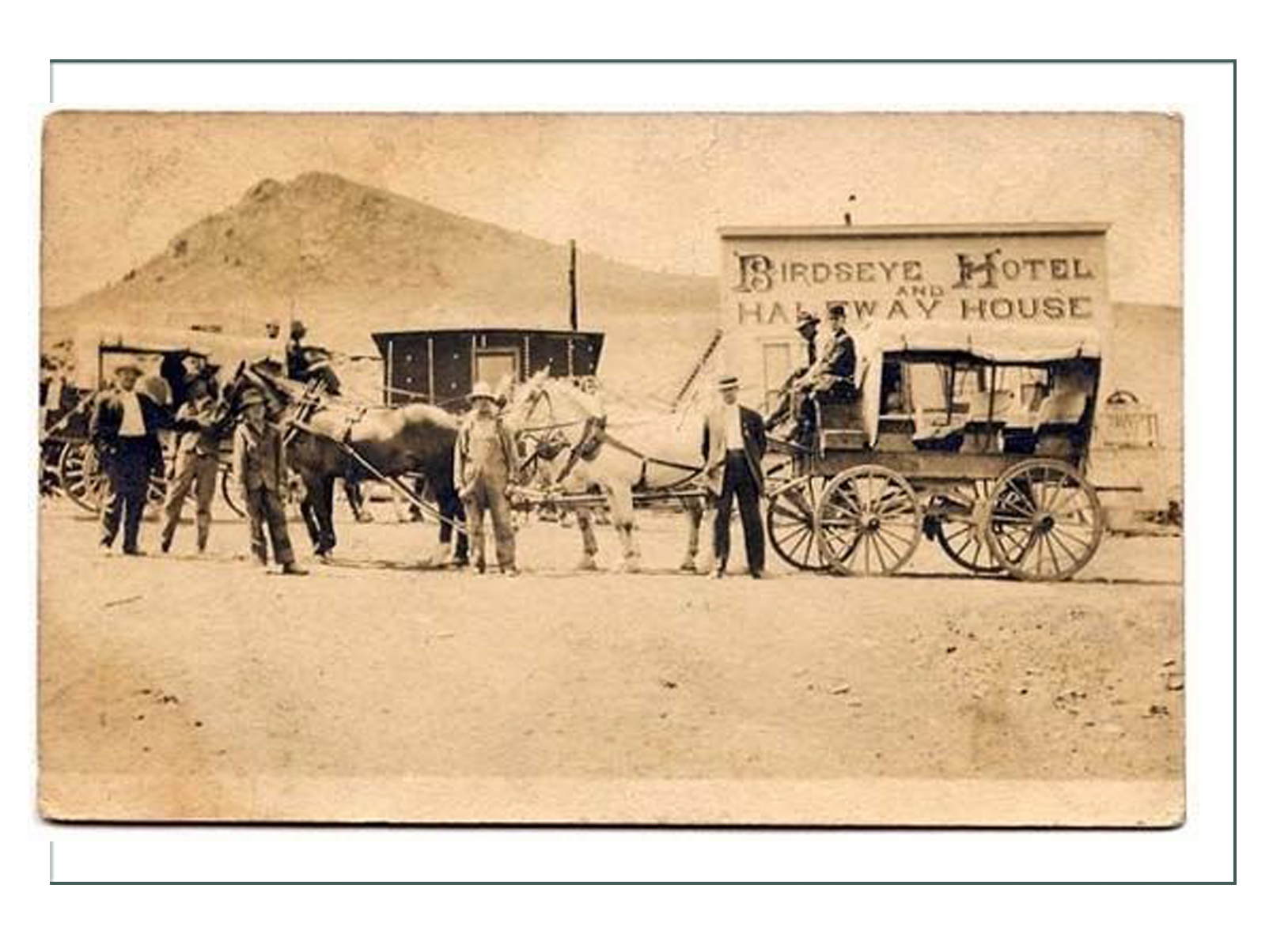
When in 1875 the gold fields of the Black Hills of South Dakota opened, Cheyenne supplied the miners with provisions and equipment. Stage companies formed to take passengers and freight north and east to the mines.
Stable and Ready
By 1882 Cheyenne was the wealthiest city per capita in the world. “Millionaire’s Row”, mansions with all the luxuries of the day, housed an elite population of cattlemen, bankers, industrialists, investors, foreigners, and tradesmen. Thomas Edison stayed at the Warren House on “the Row” in 1878. He wrote that when his bamboo fishing pole got stuck in a tree, he burned it to get it out, which started his thought process that led to the development of alternating current electricity. Cheyenne was the first city in the country to use the new technology (rather than battery which the rest of the country was using). Cheyenne had the first electricity in homes and streetlights in the country.
The State Capitol was built in 1886 using flagstone from Ft. Collins, Colorado just south. They added wings to it in 1890 and 1917, and finished the interior with cherry, oak, and butternut wood. Inside are murals by Allen T True depicting industry, pioneers, law, and transportation of Wyoming.
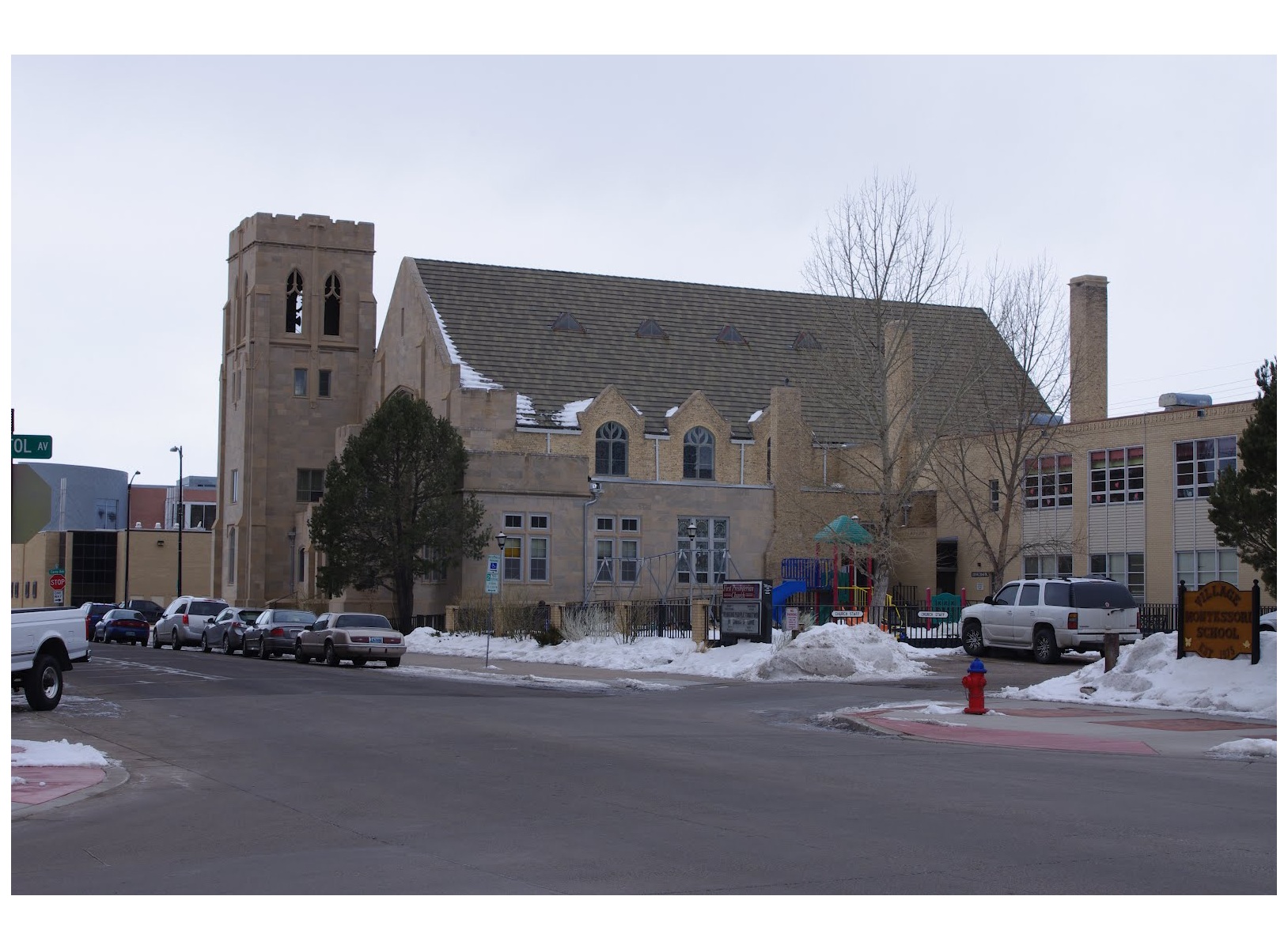
In 1890 the population of Cheyenne was 10,000, and it was so economically stable it could withstand economic slumps. It was called the “Magic City” and earned the reputation as an Arts and Cultural center.
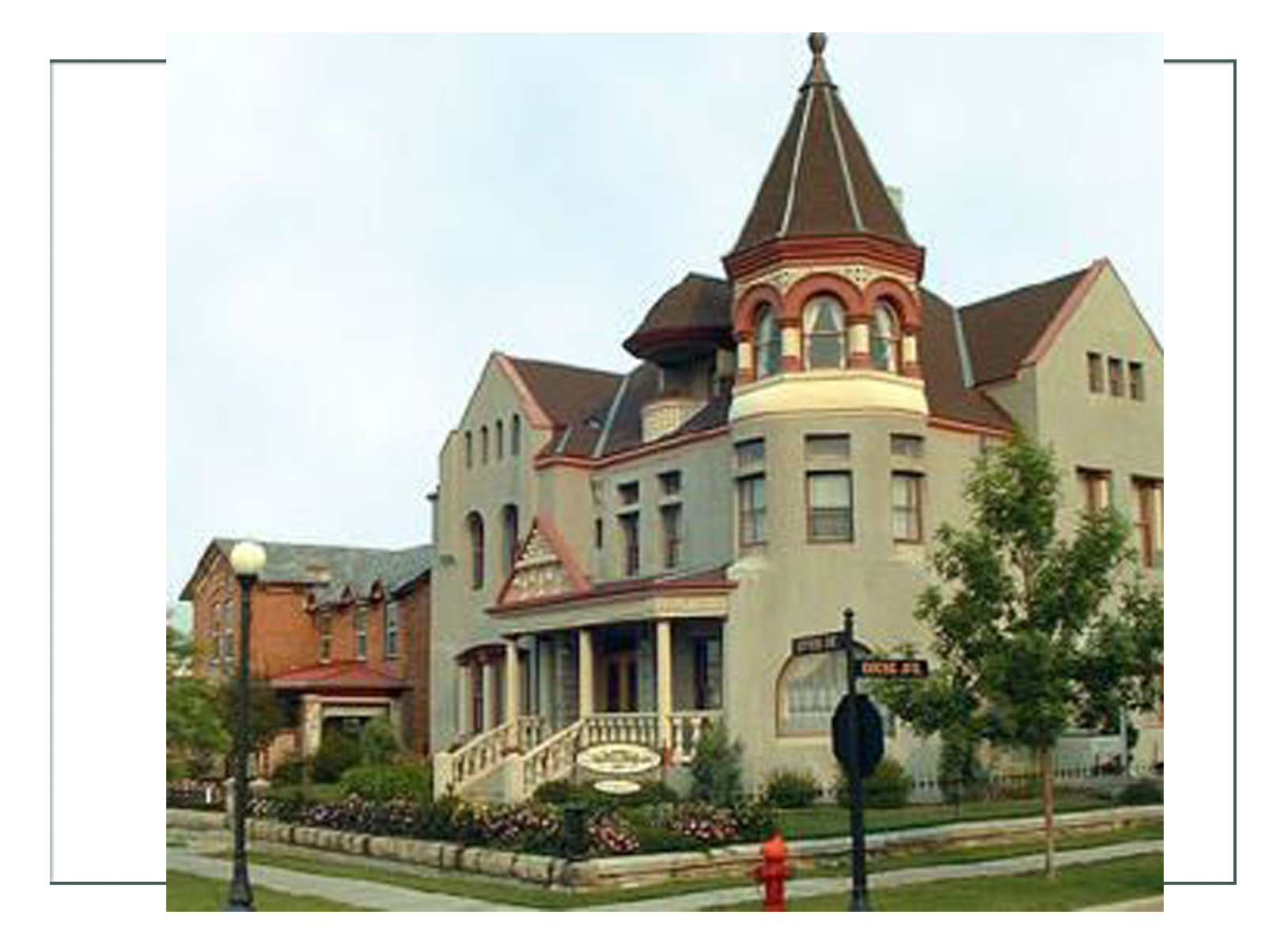
By 1900 ranchers raised sheep which were better for the climate and native grasses than cattle. This continues today. It is now the industrial and manufacturing center of the West, and a major employer is the Warren US Air Force Base. Theaters, hotels, and tourism continue to boost its standing as a cultural center. One of five Wyoming residents lives in Cheyenne, and it has the current reputation of being pollution free. It is the center of government, transportation with the Union Pacific still in operation, although predominantly a freight line, and being at the junction of two interstate highways.
Fort Russel is now open to tourists, and interprets the stories of the city’s time of wildness when the likes of Bill Hickock, Calamity Jane, Bill Cody, Tom Hanks, and Wyatt Earp – western legends in law and lawlessness stayed and lived and worked there.
An annual event “Frontier Days’ is called the “Daddy of ’em All” with its rodeo and historical activities “tipping the hat” to the days of the Wild West.

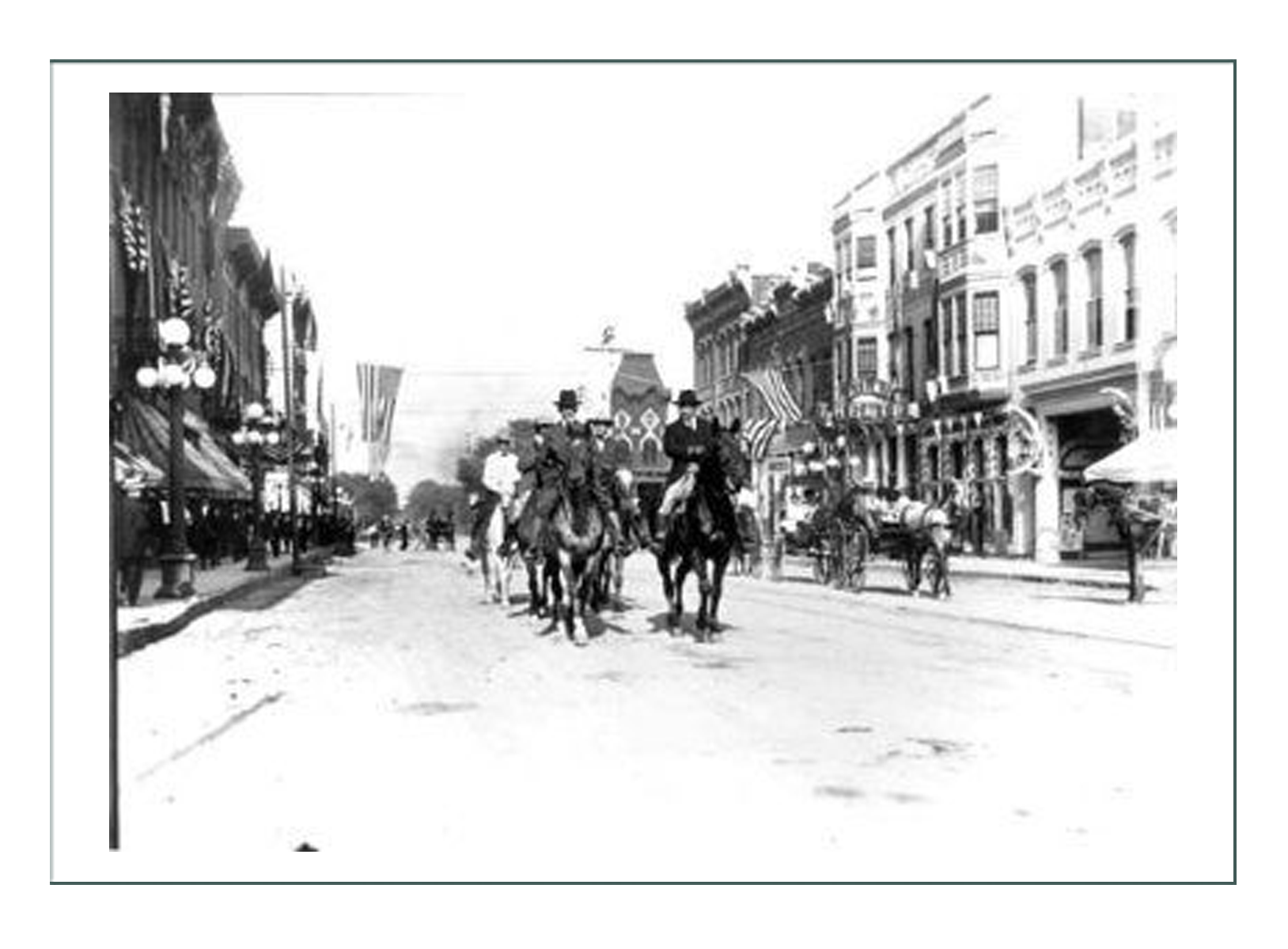
Key Cheyenne Historical Events at the time of Bailey’s depiction (to use for interpretation:
1869 Women get right to vote
1882 Opera House opens; electric lights installed throughout town
1886 Library opens; 1st wing of Capitol building built
1887 Depot built
1890 WY admitted as 44th state in the Union; 2nd wing of Capitol built; 1st Methodist Church opens
1894 Estelle Reel elected to state office
1895 WY State Museum established
1897 Frontier Days starts
1902 County Library opens
1903 Teddy Roosevelt Visits as President
1904 Governor’s Mansion completed
1906 Devil’s Tower named 1st national monument in country
1925 Nellie Tayloe Ross would become the first woman governor in the country
PHOTOS
Cheyenne
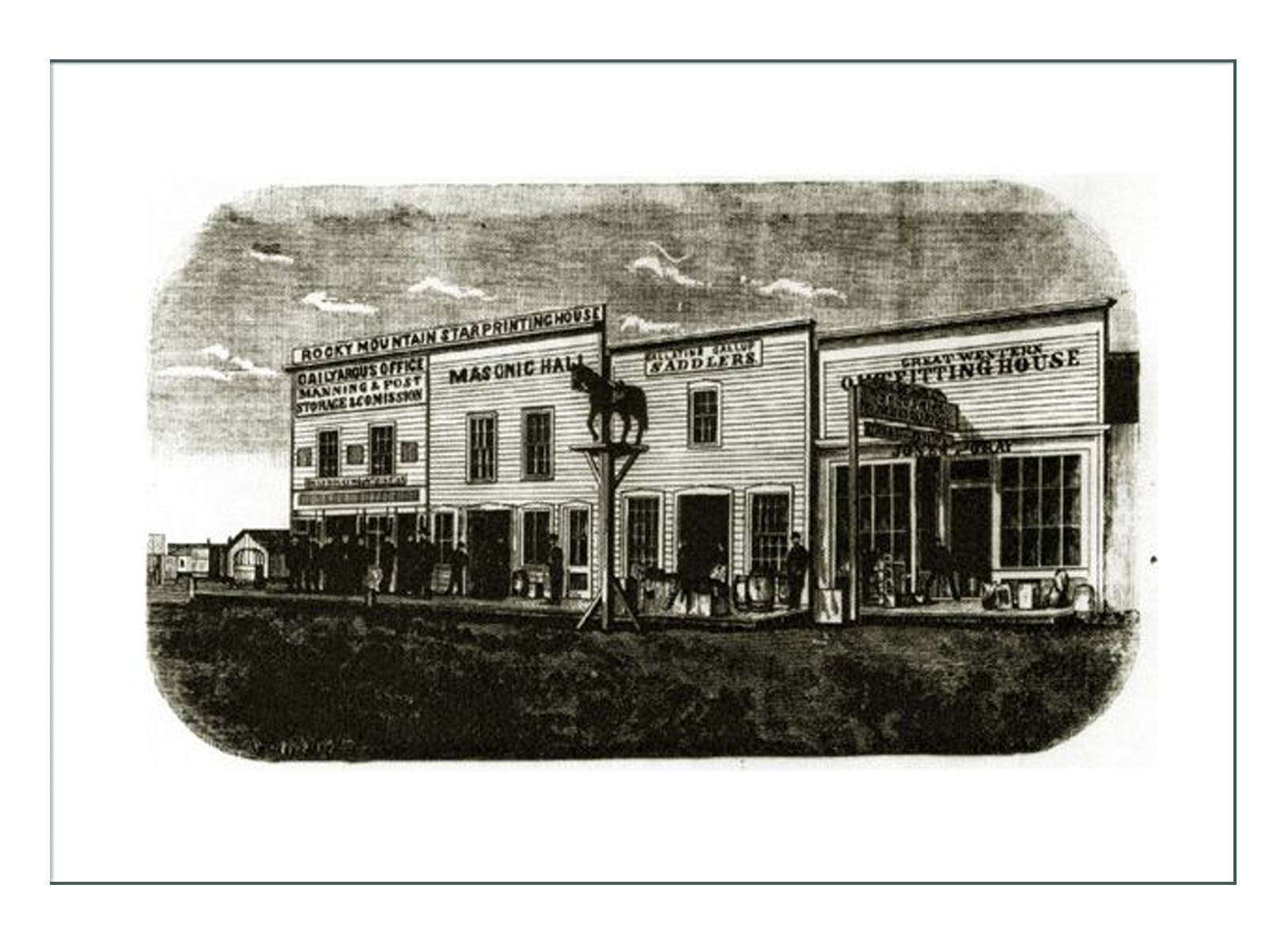
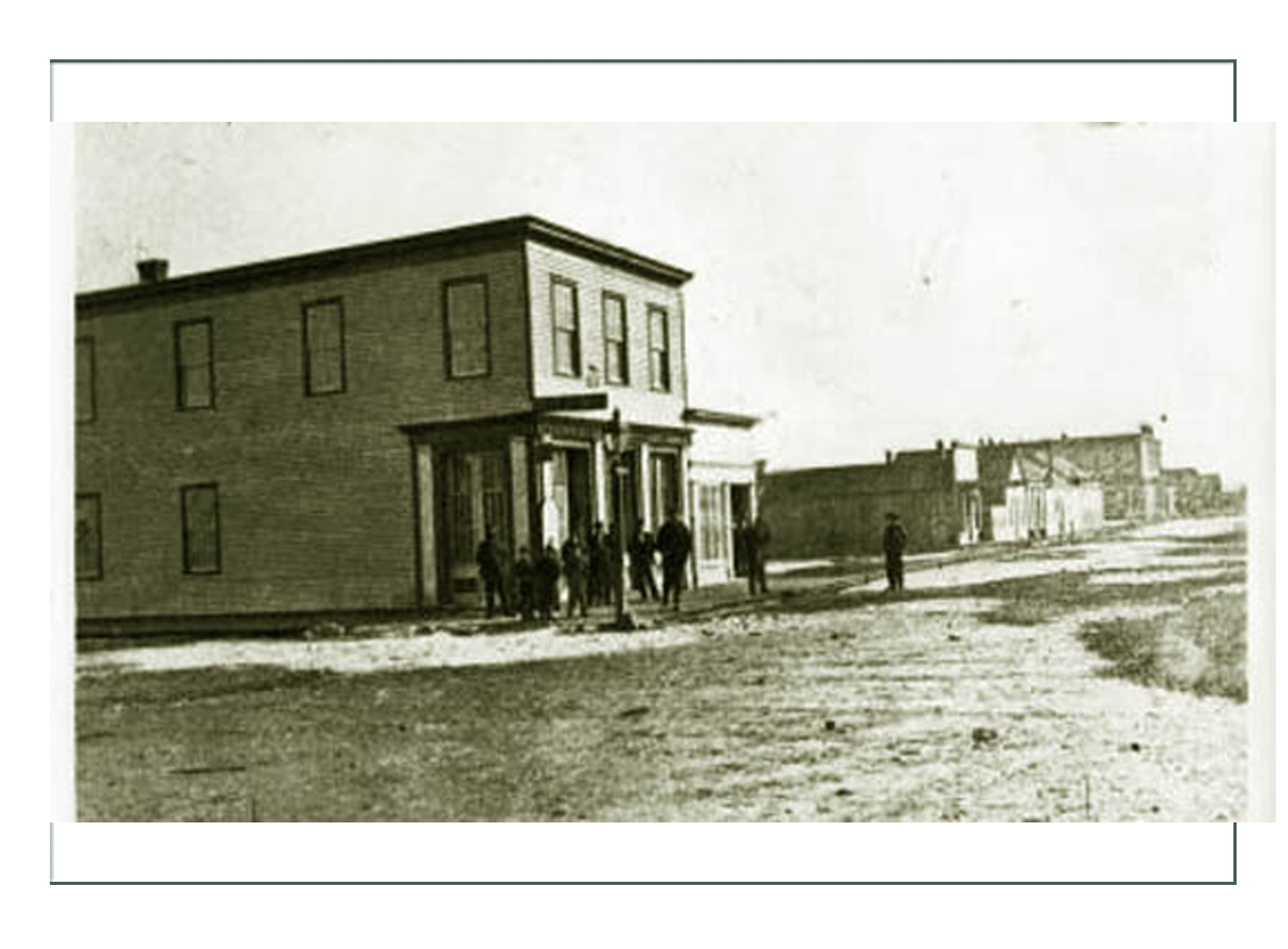
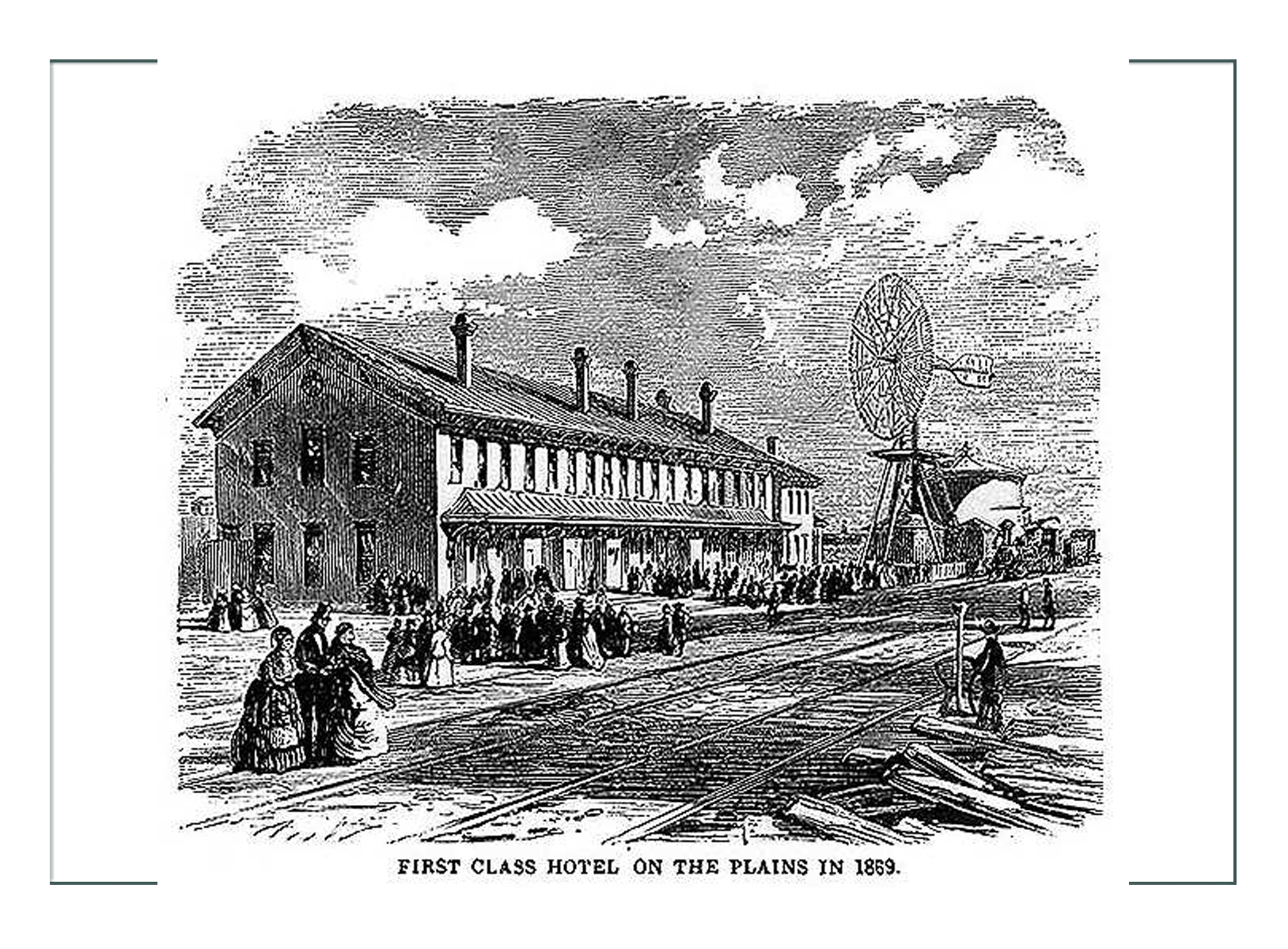
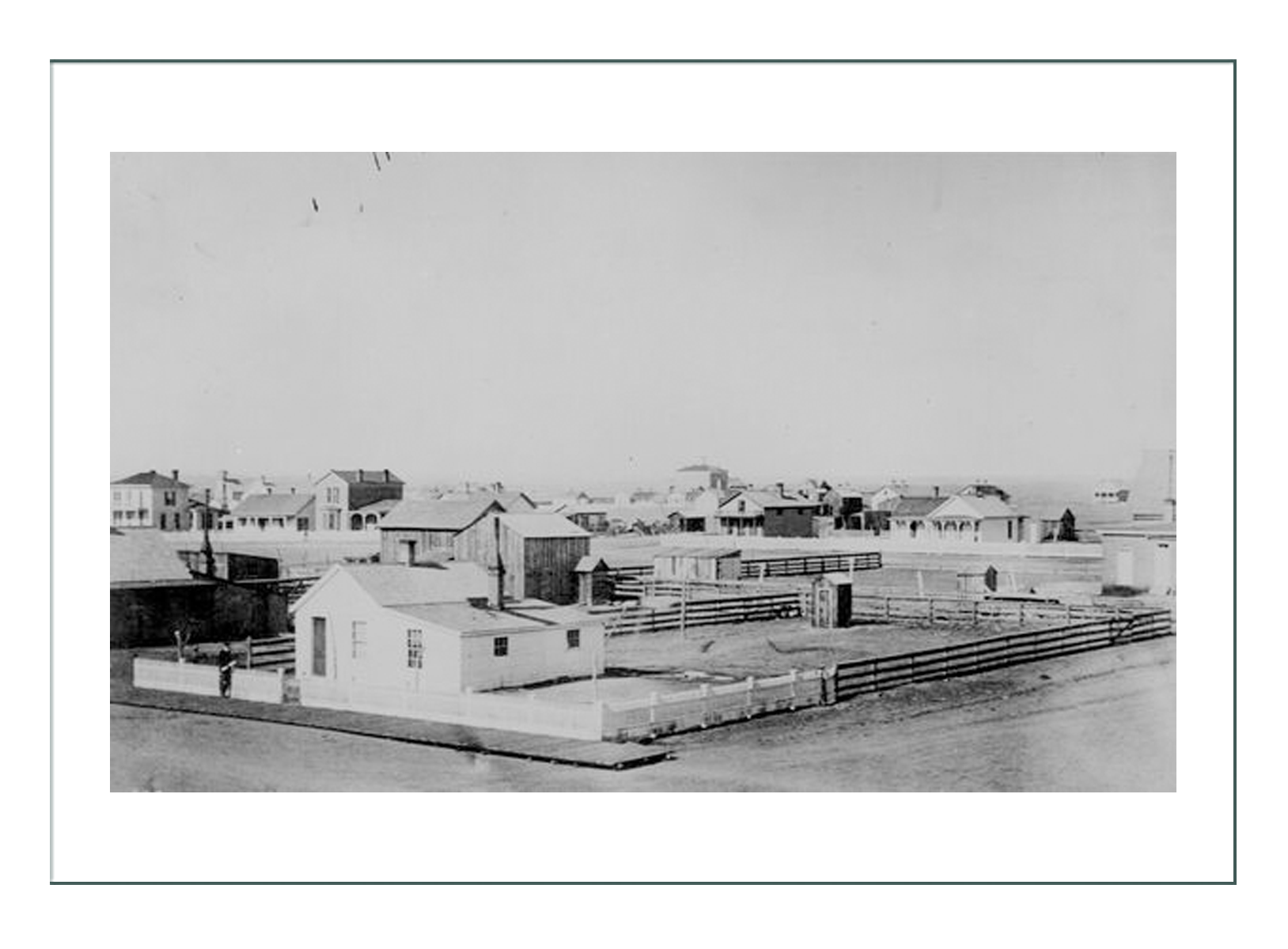
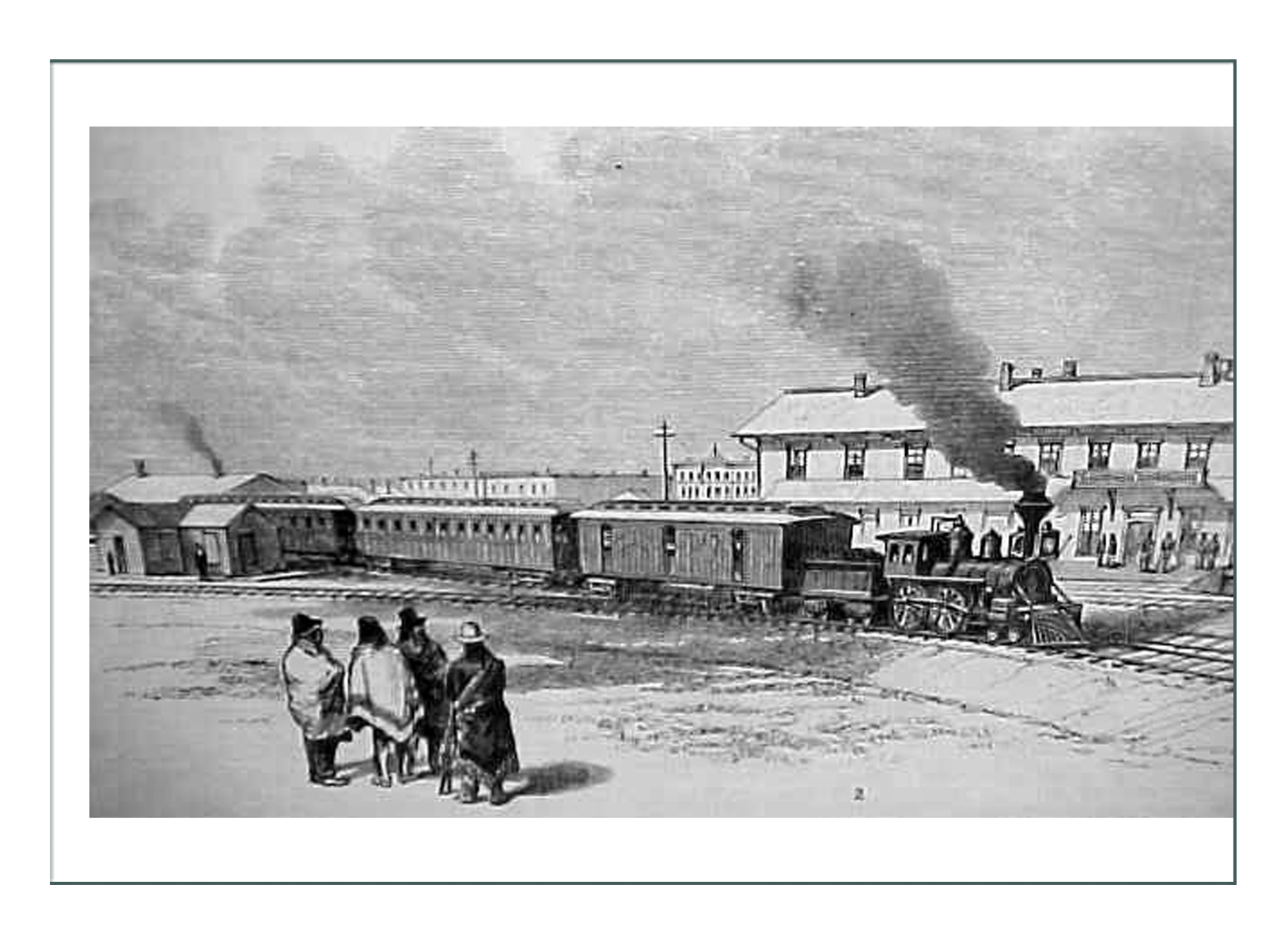
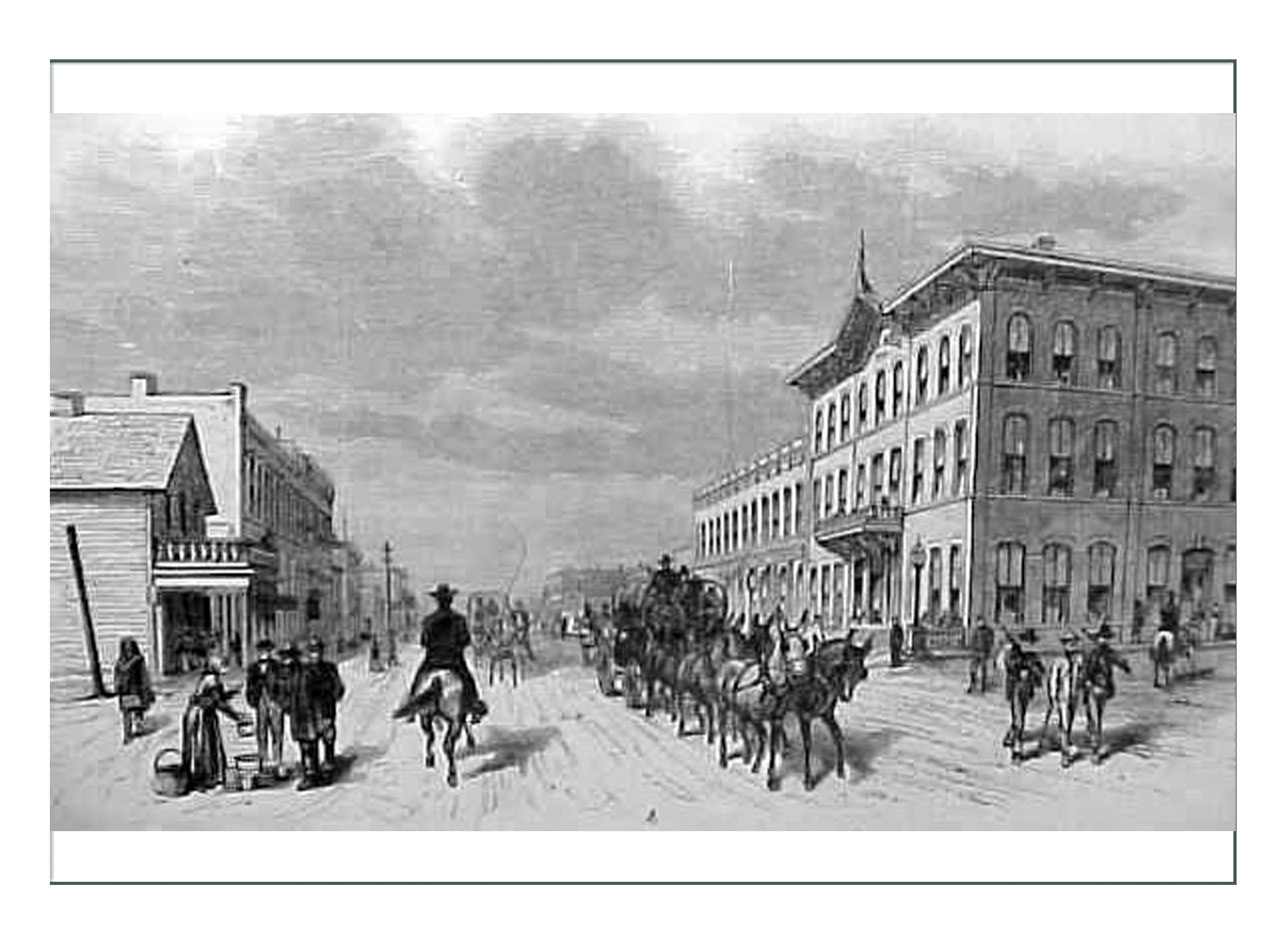
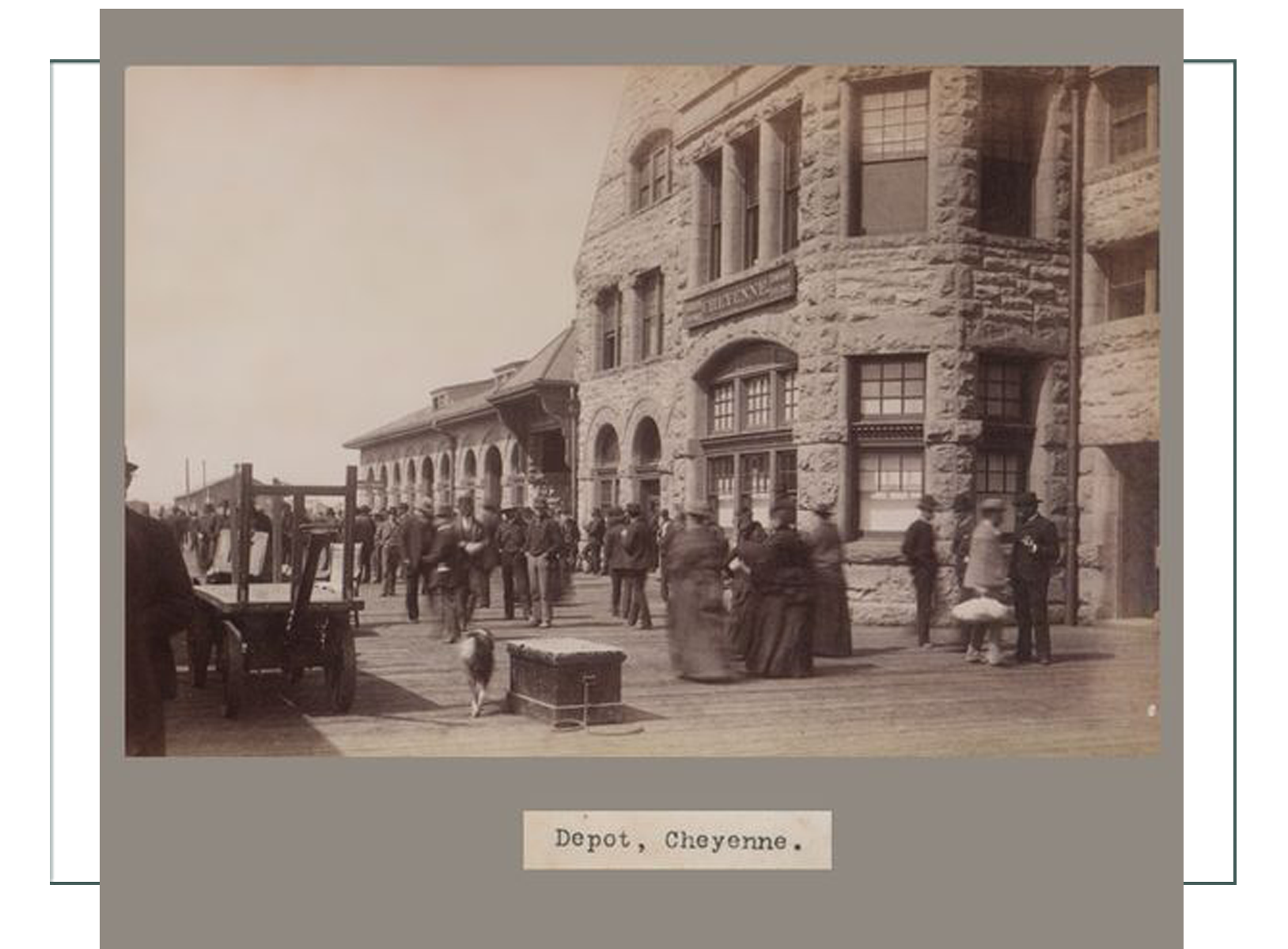
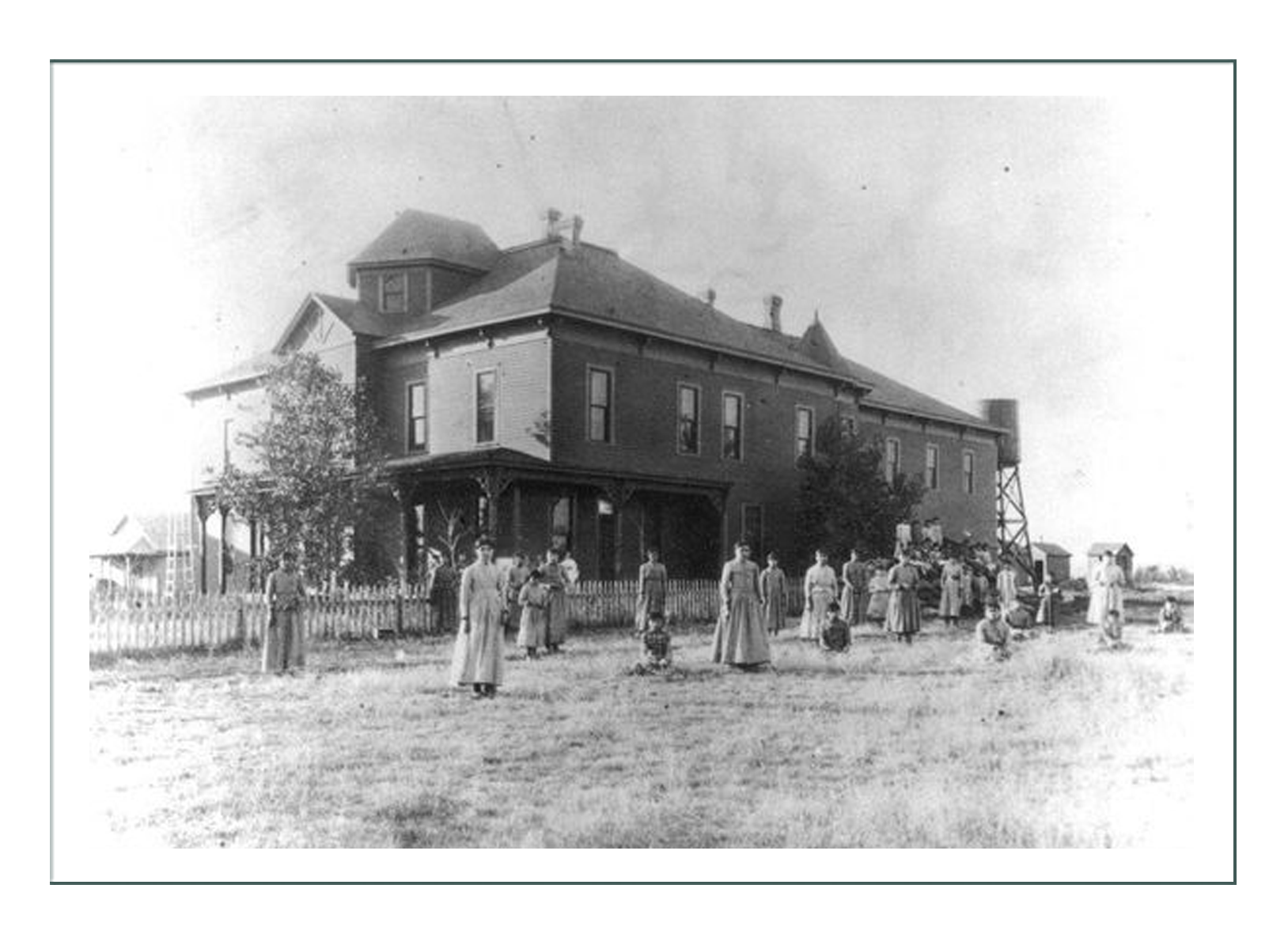
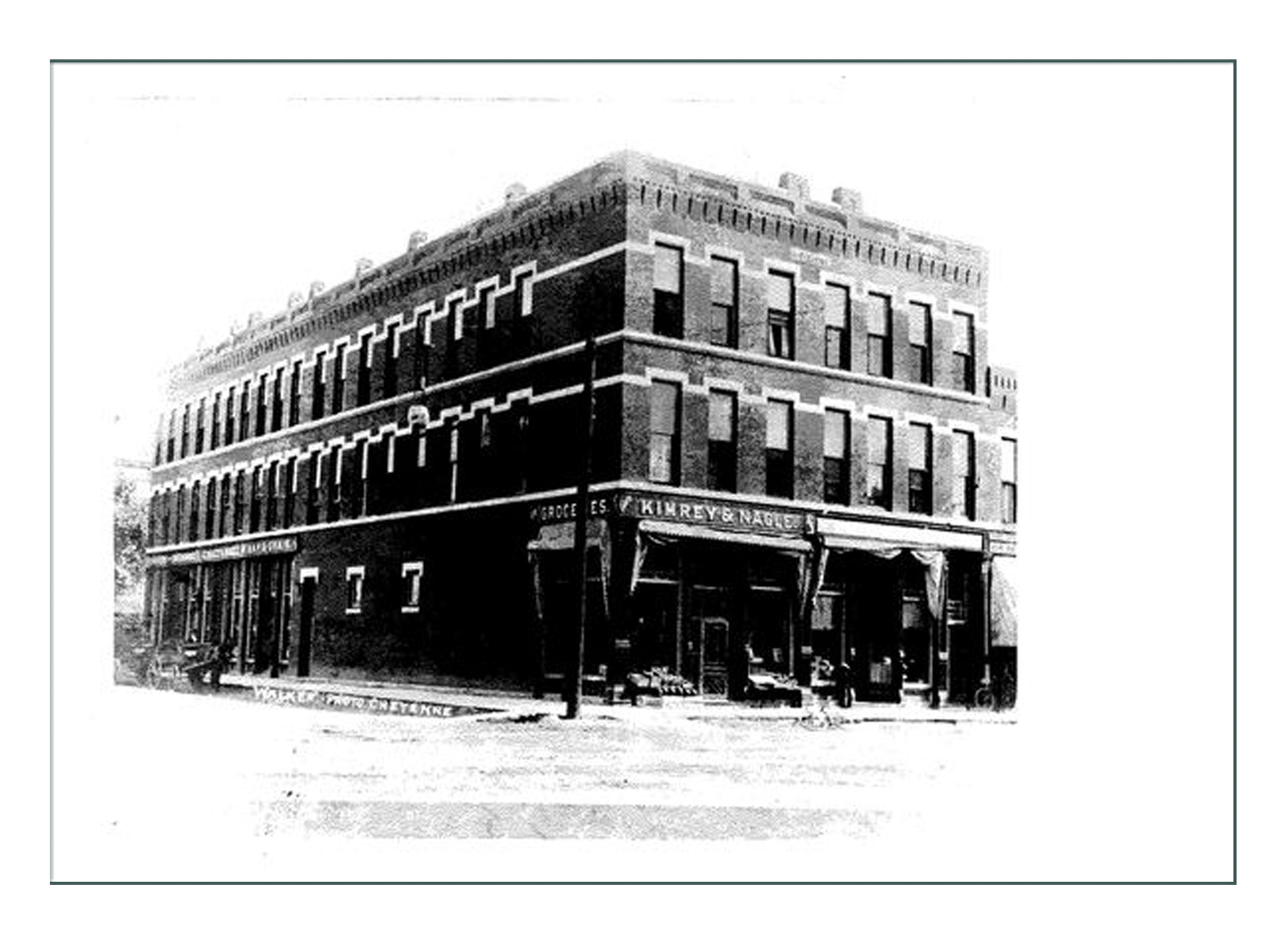
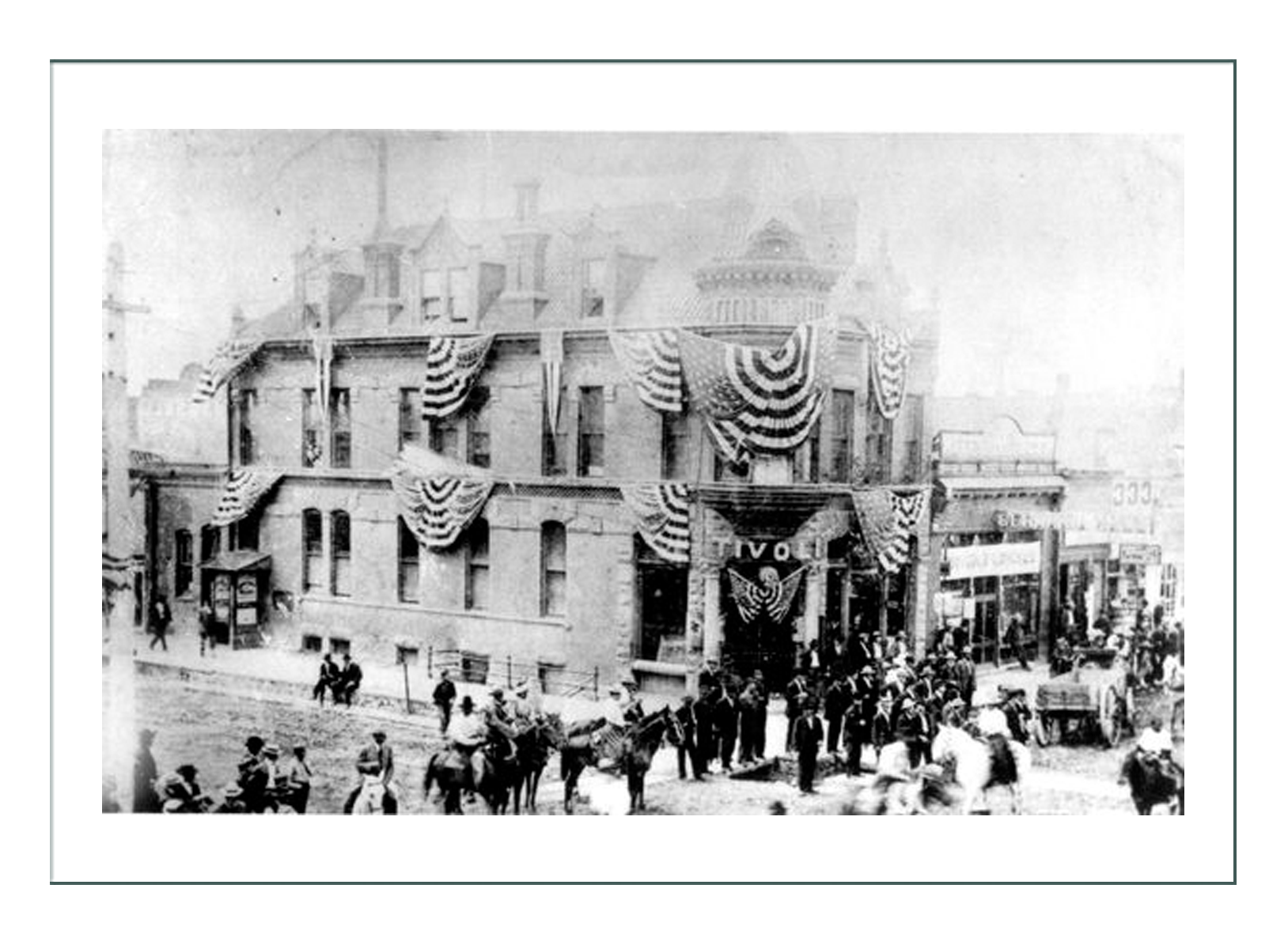
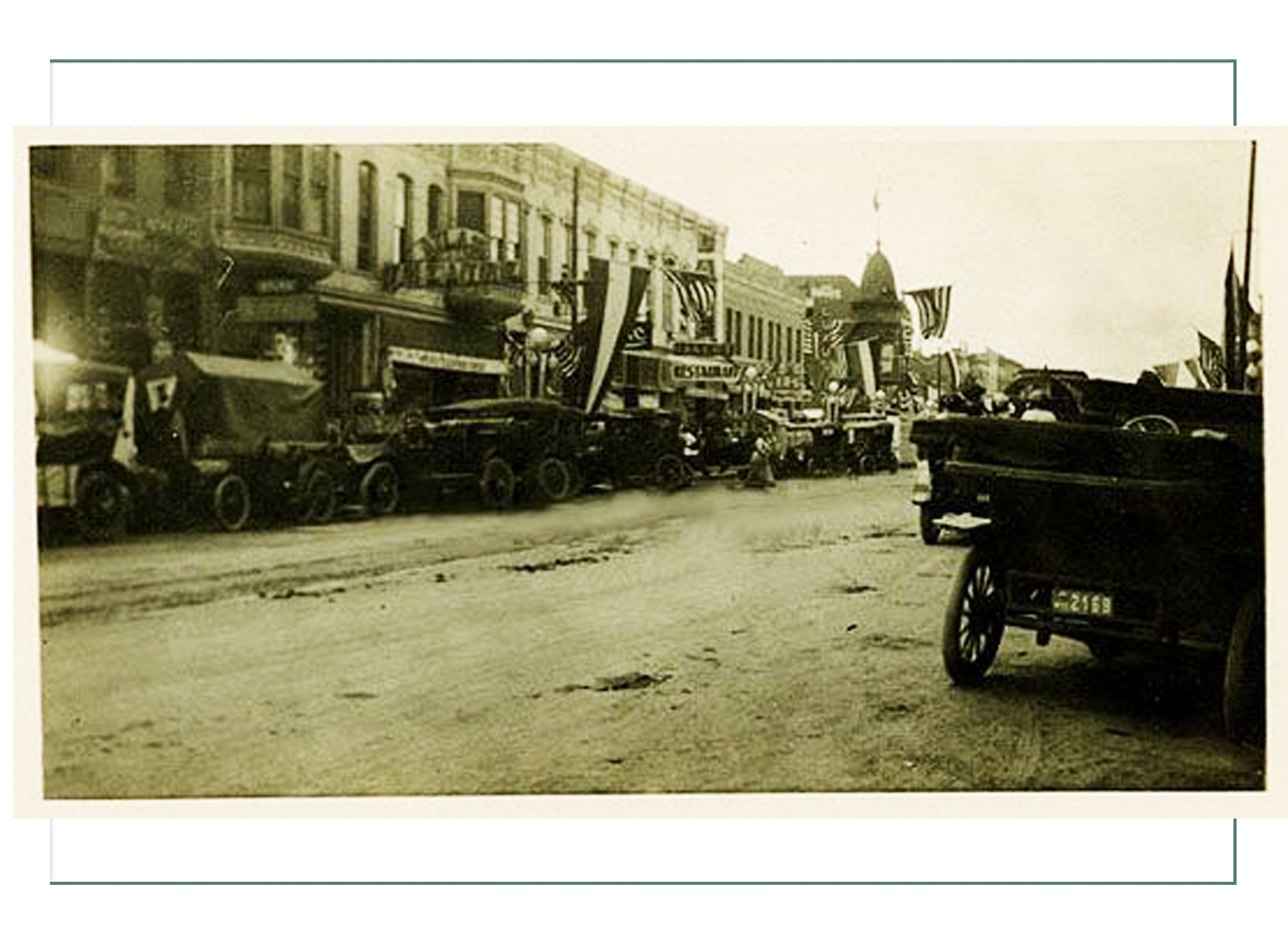
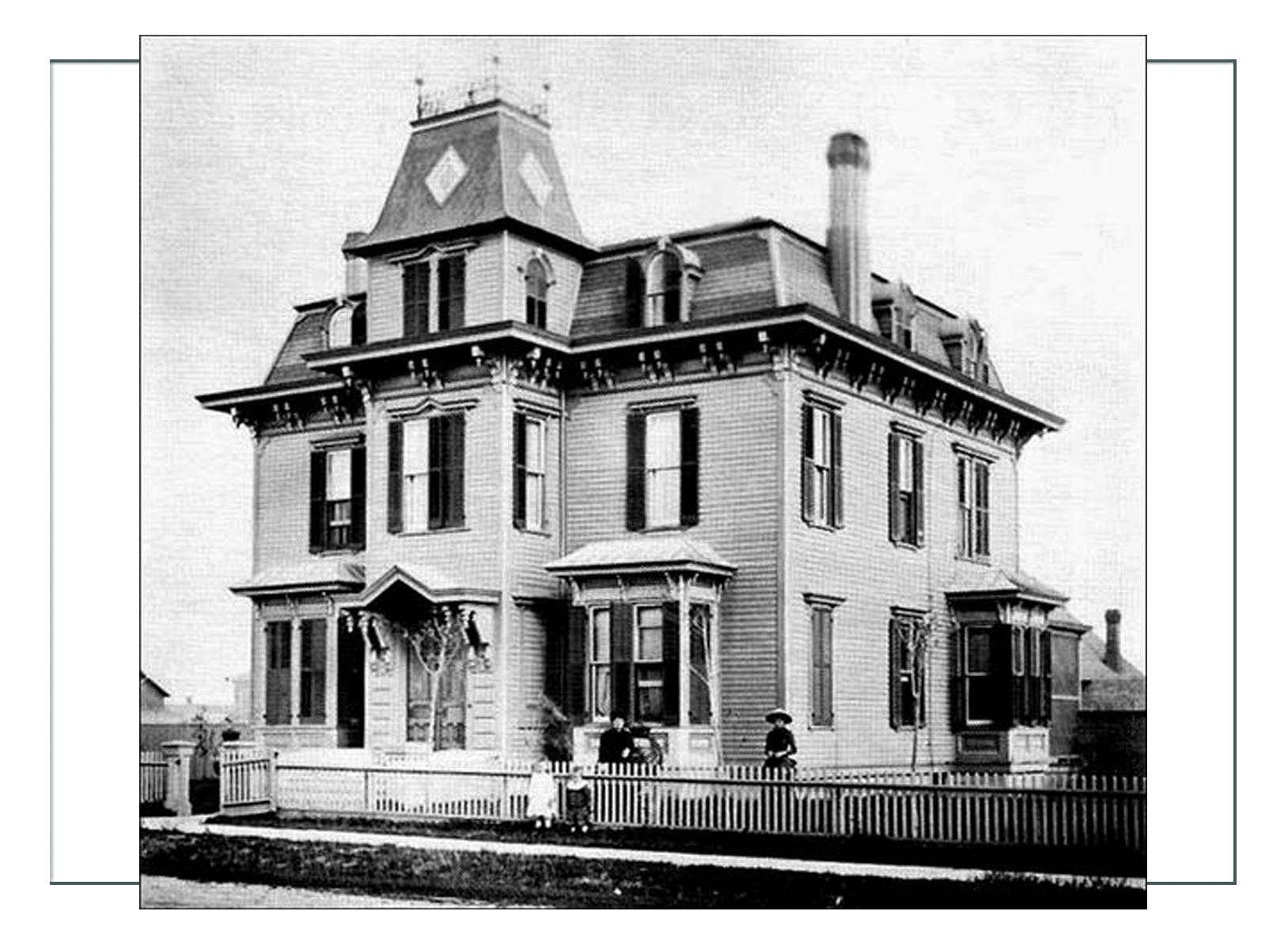

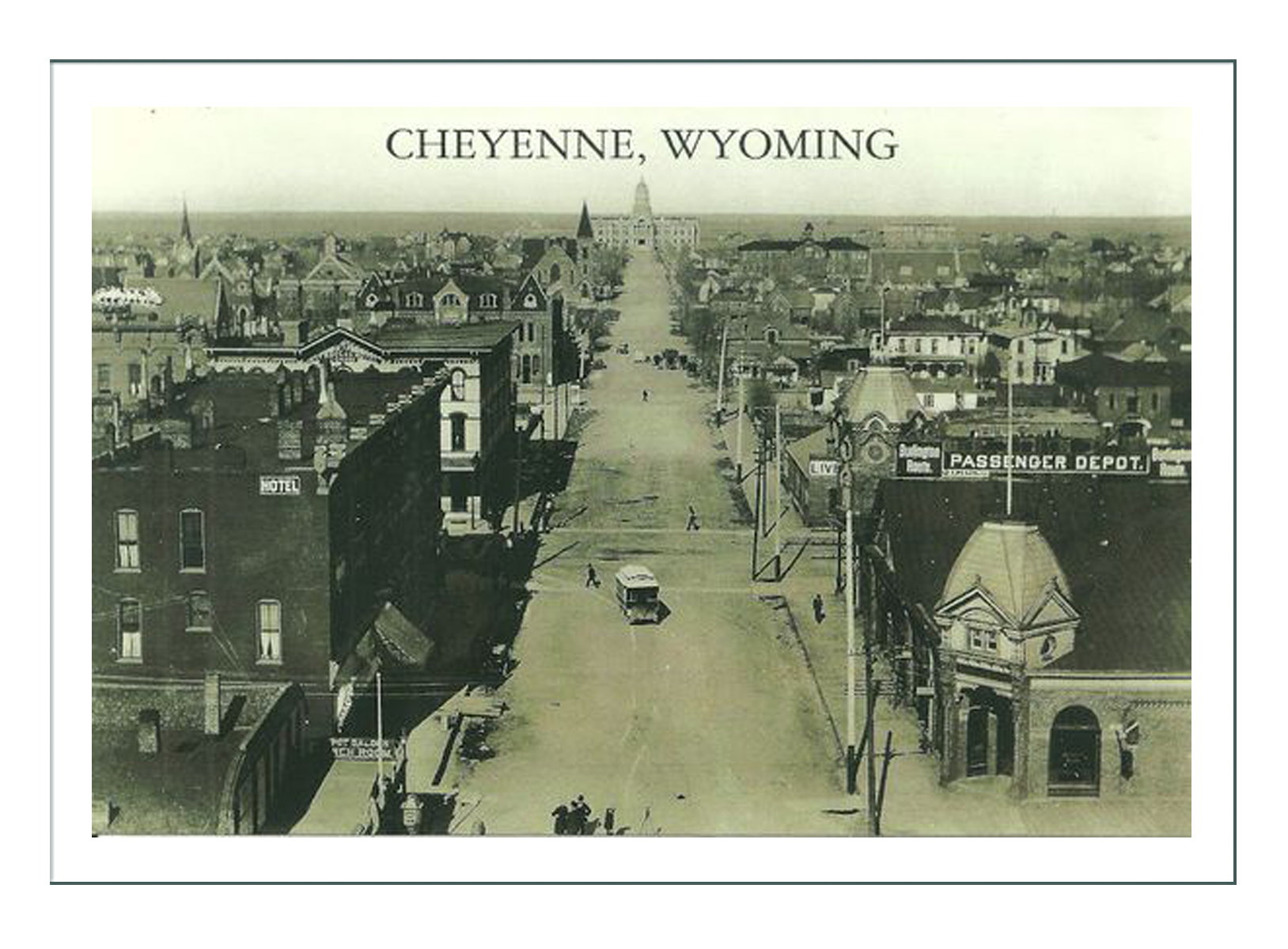
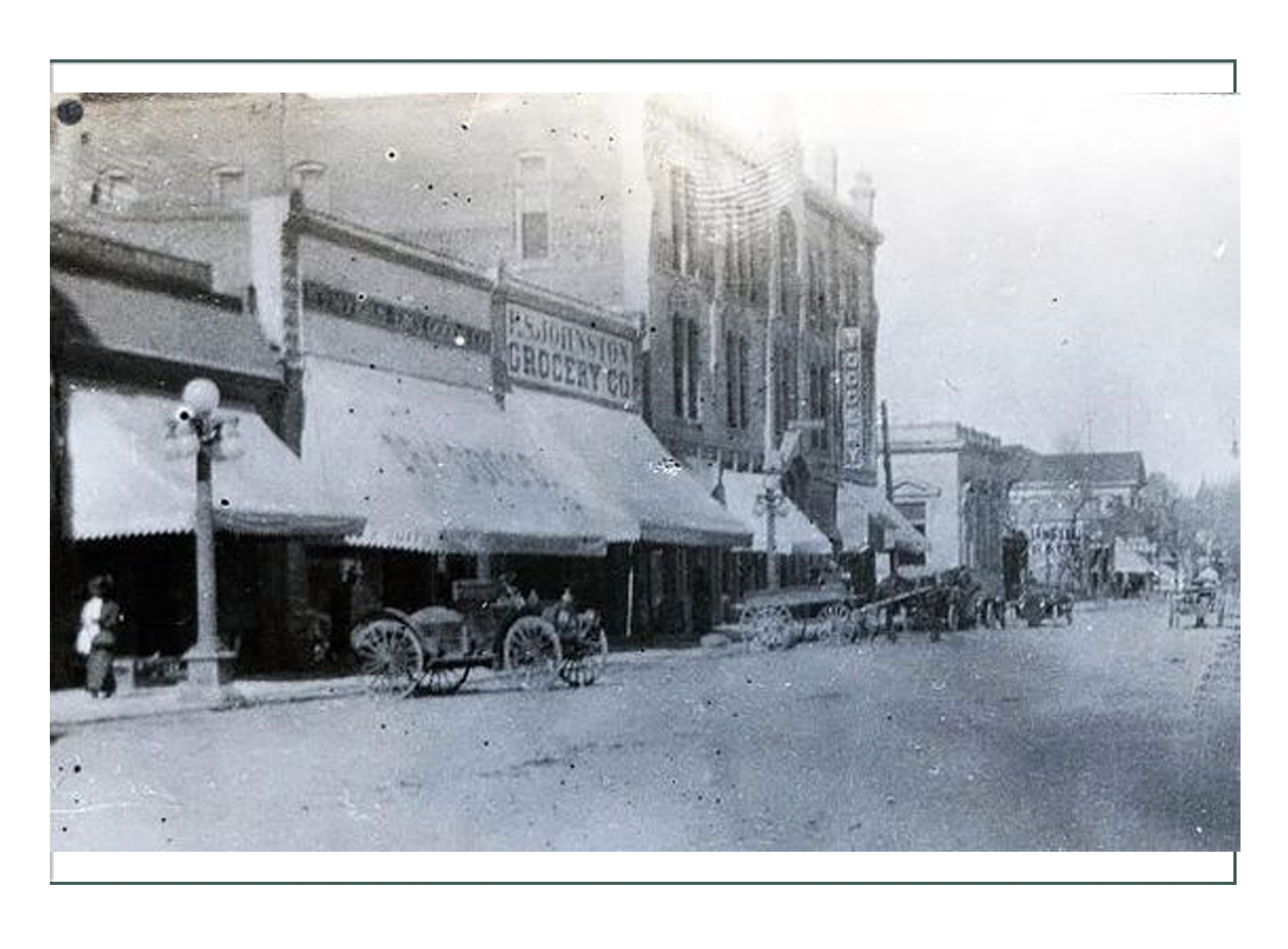
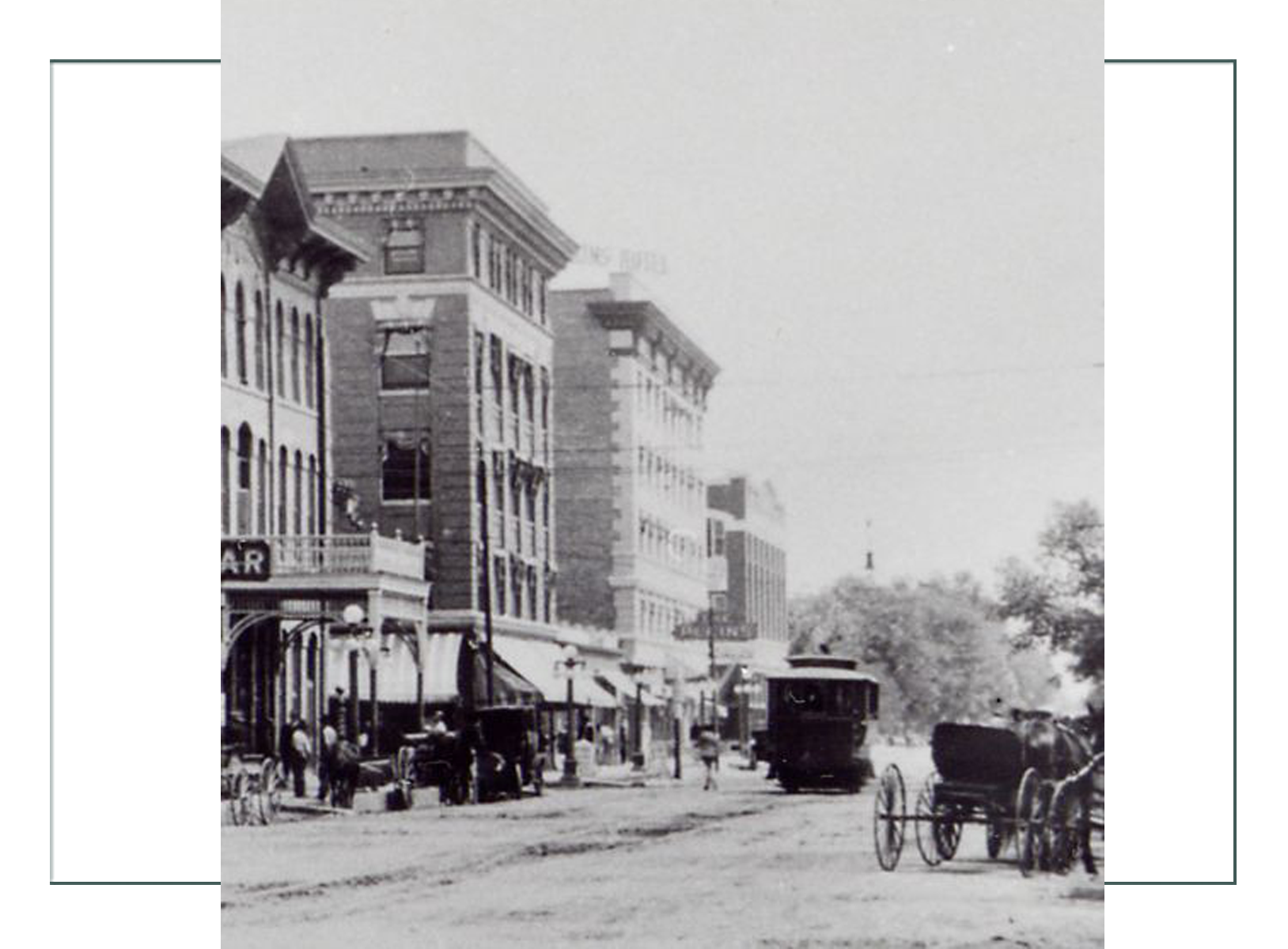
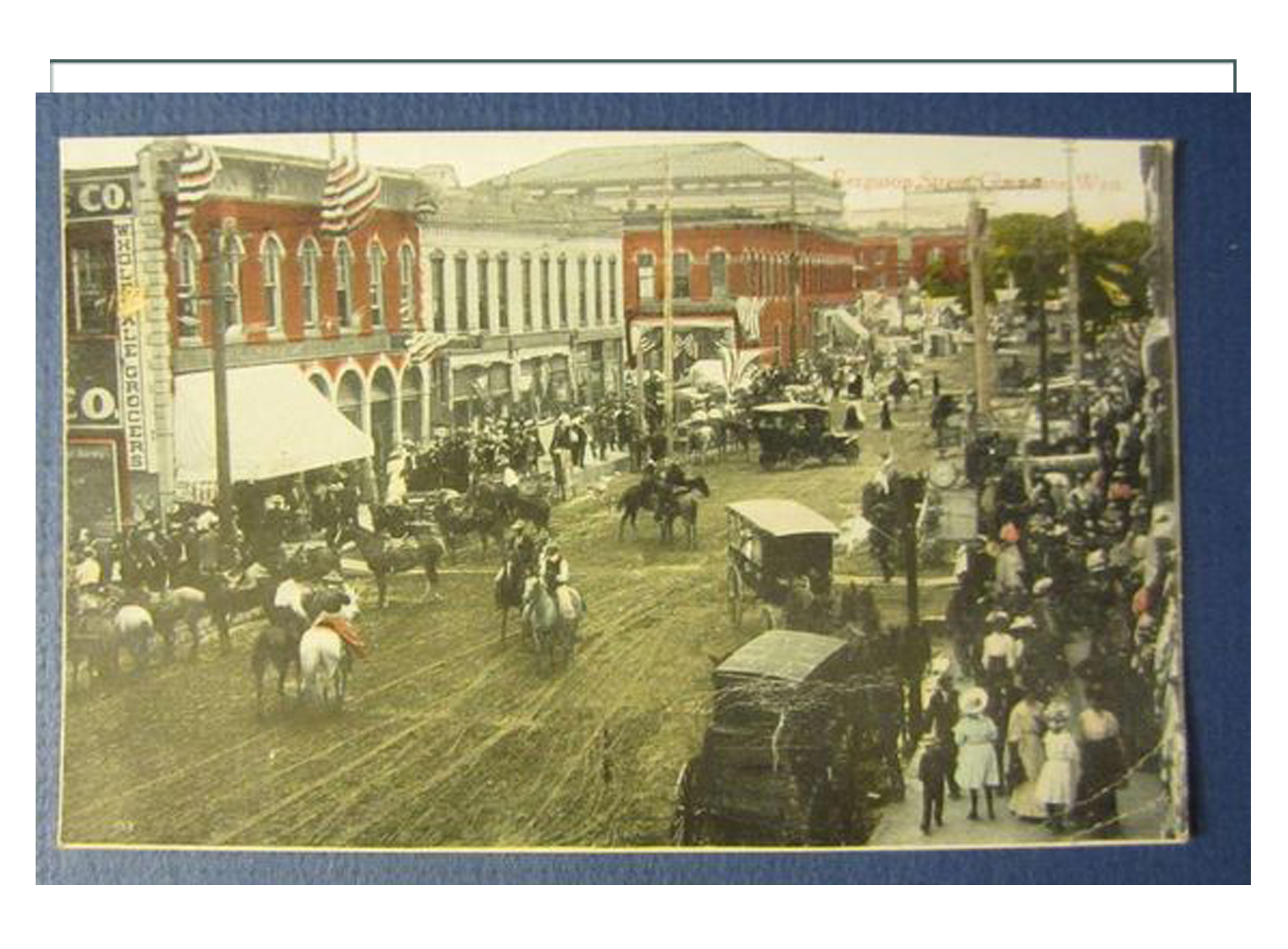
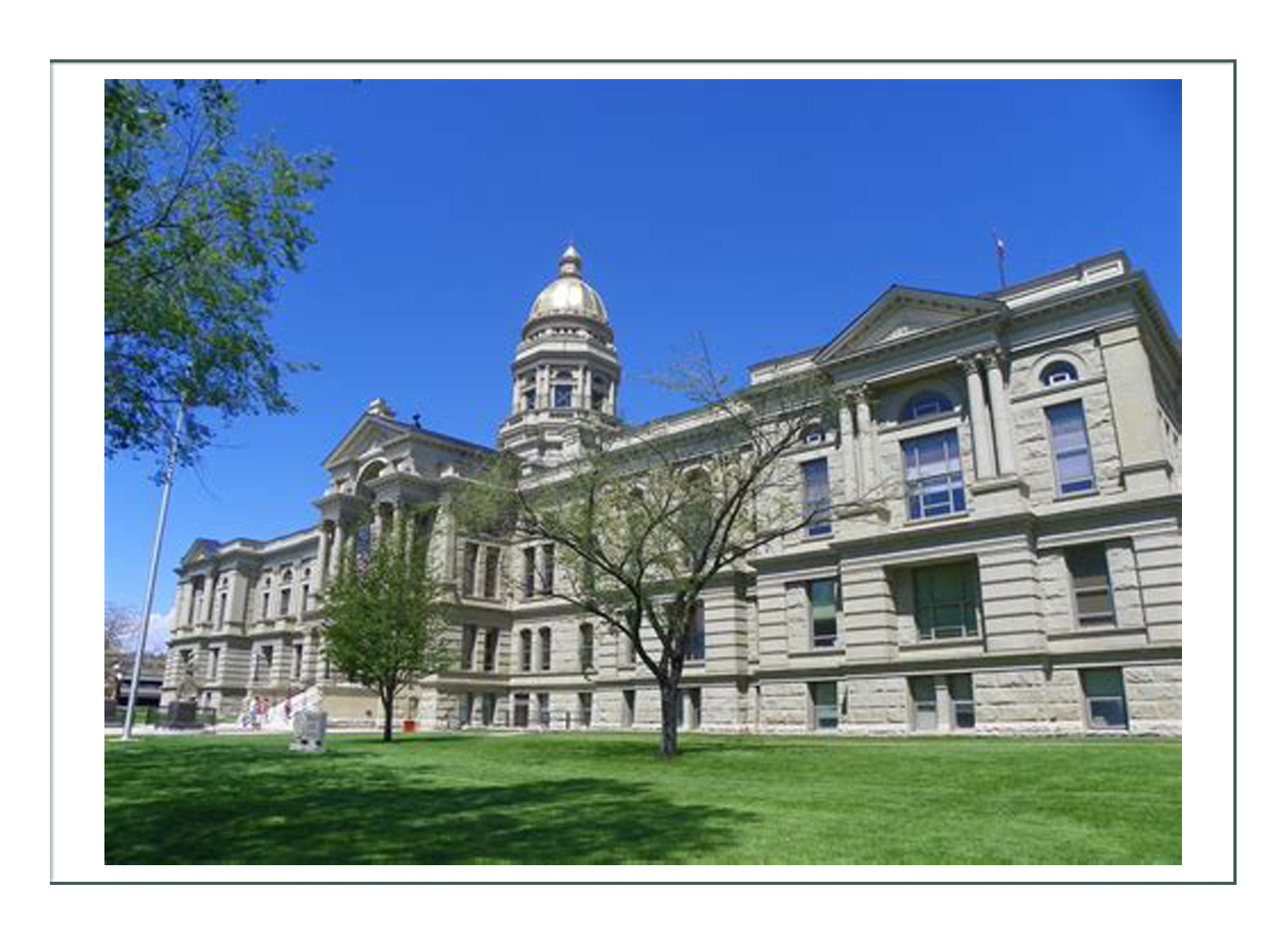
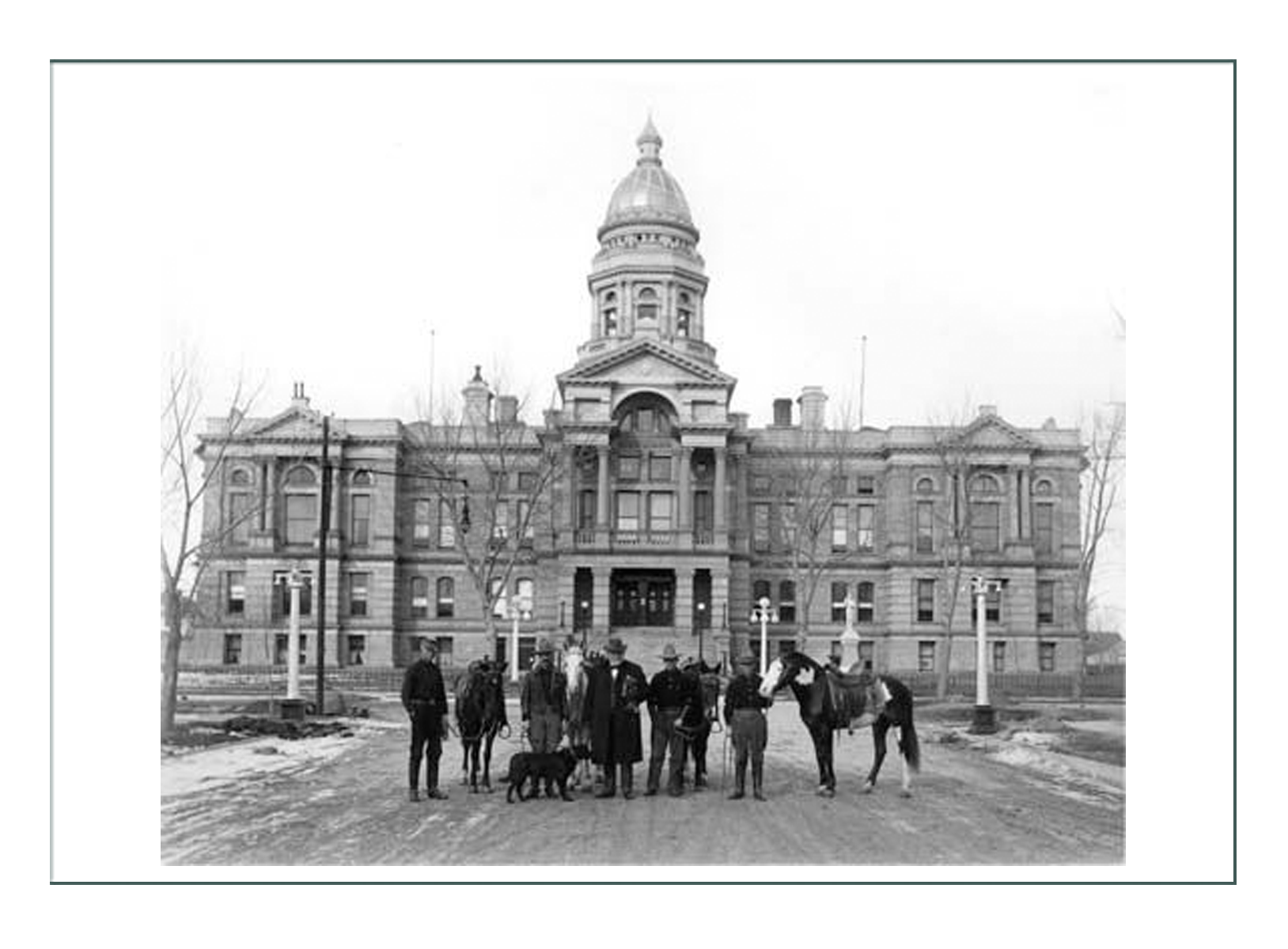
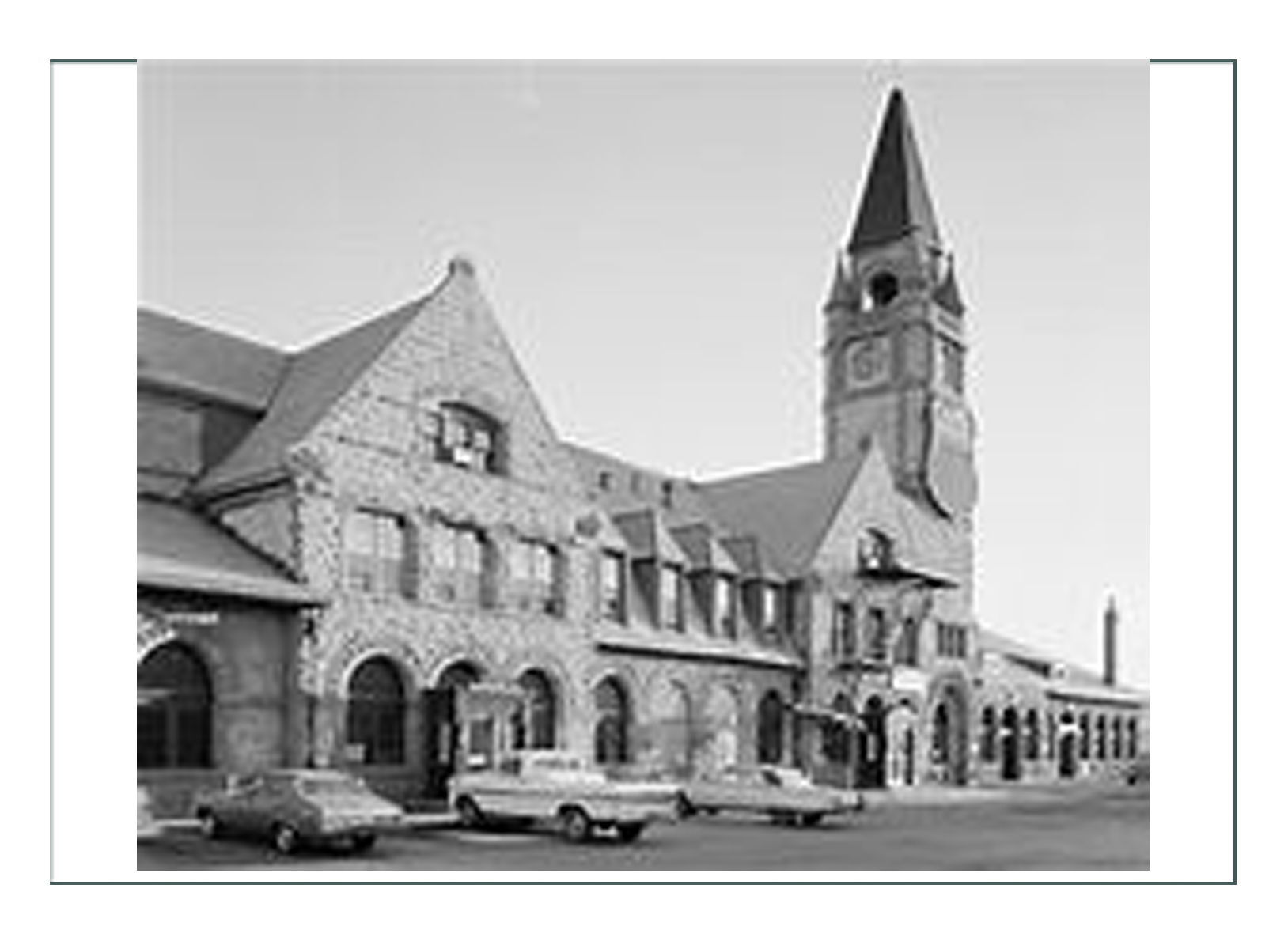
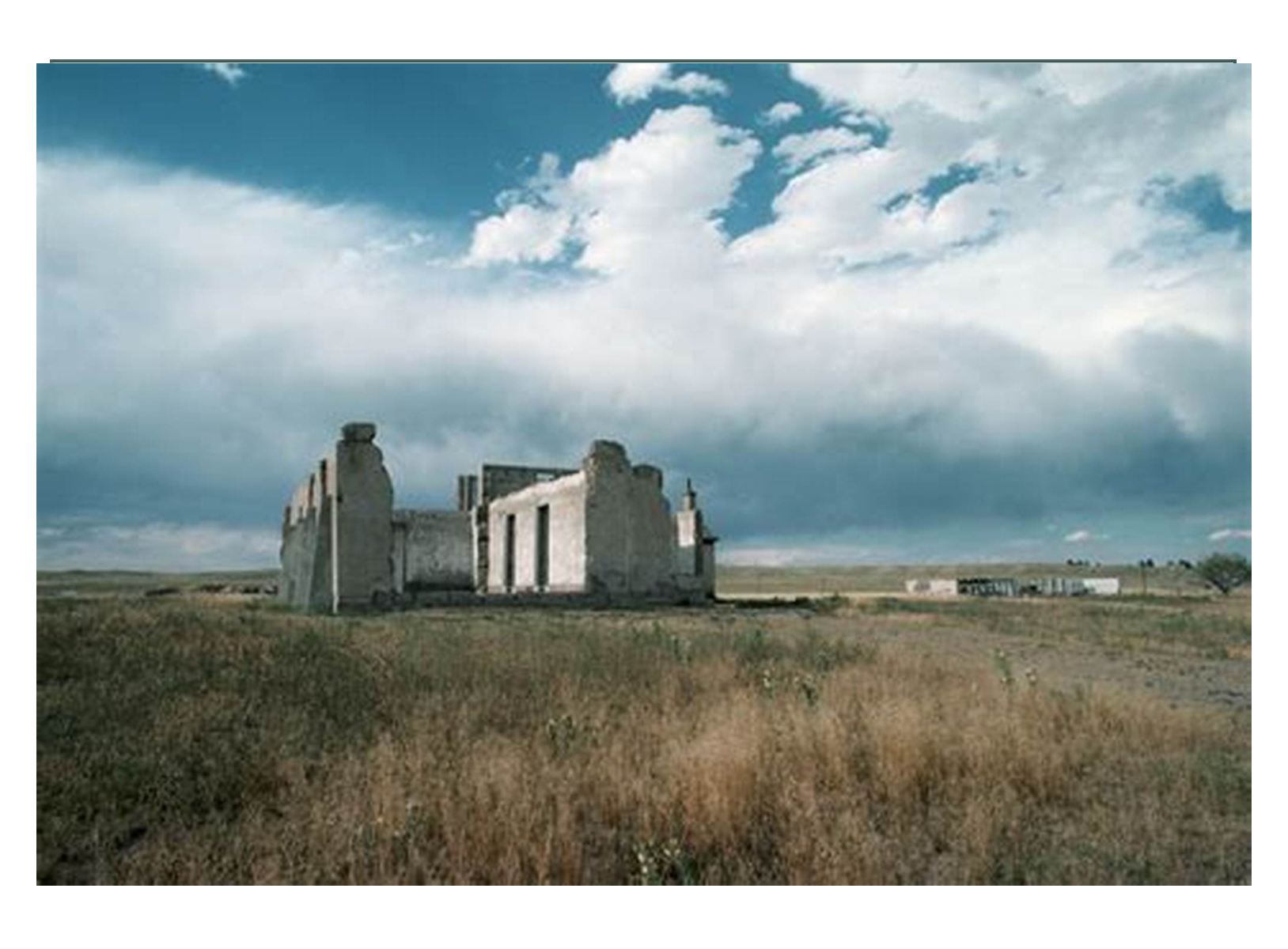
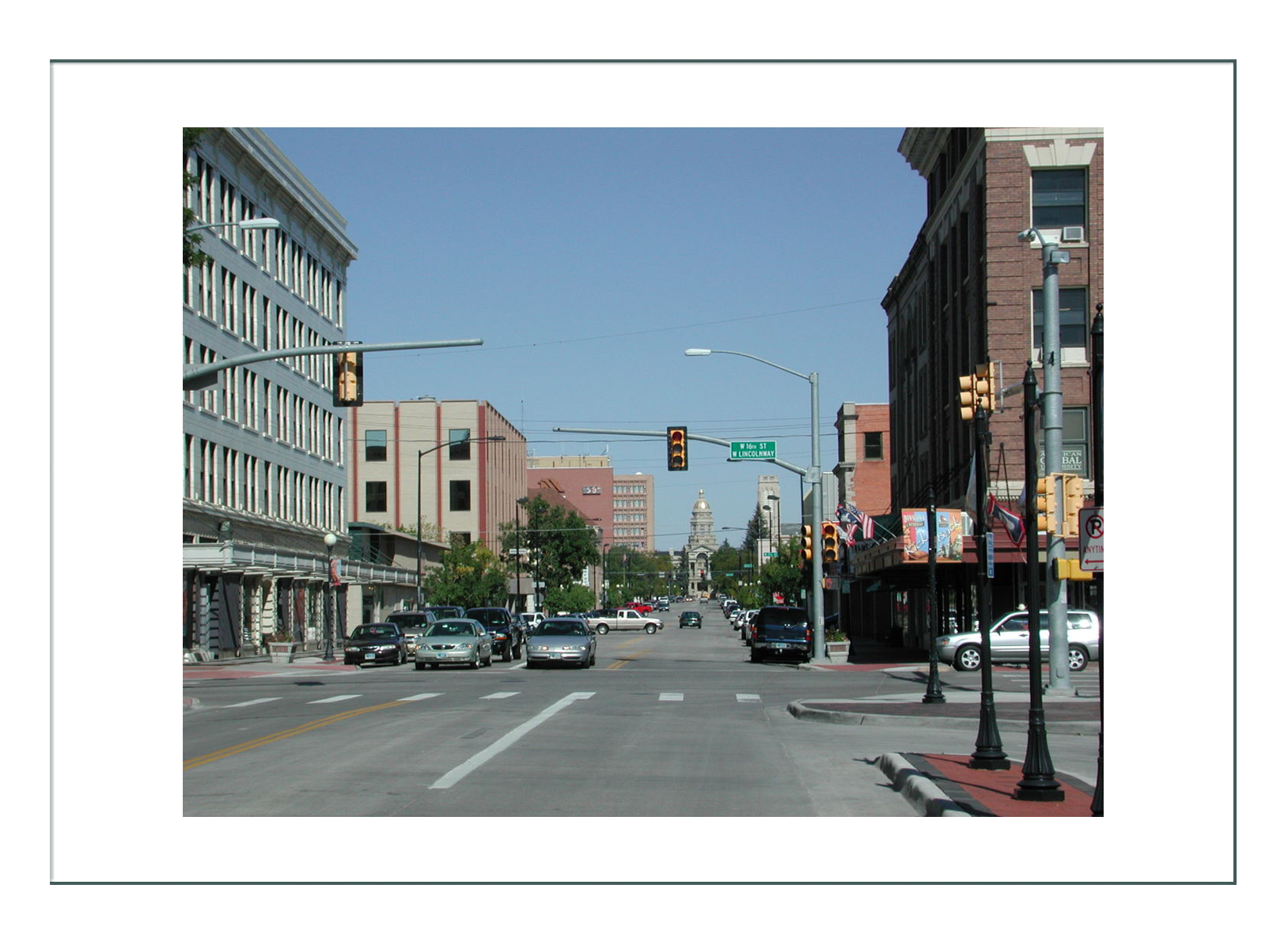
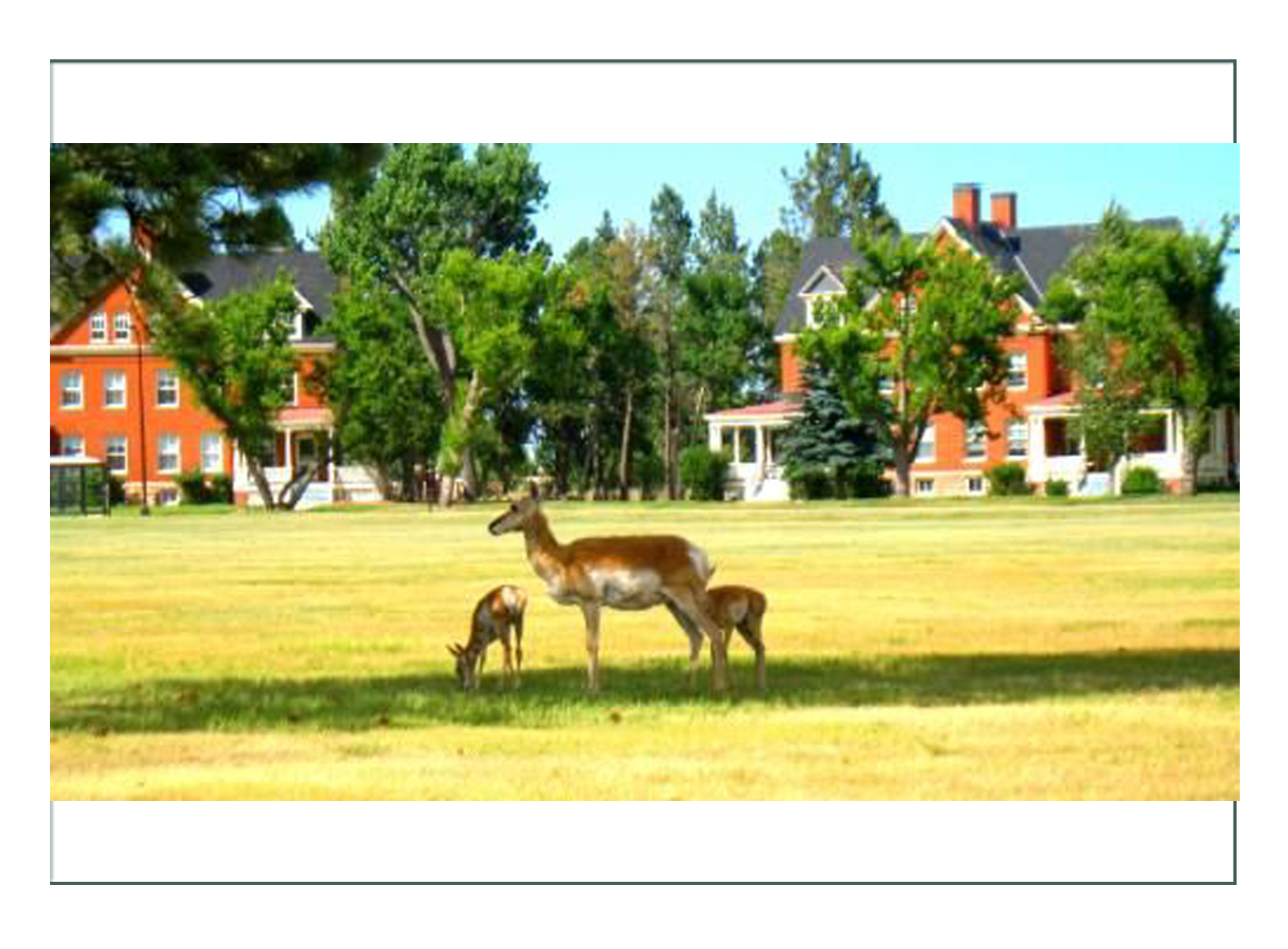
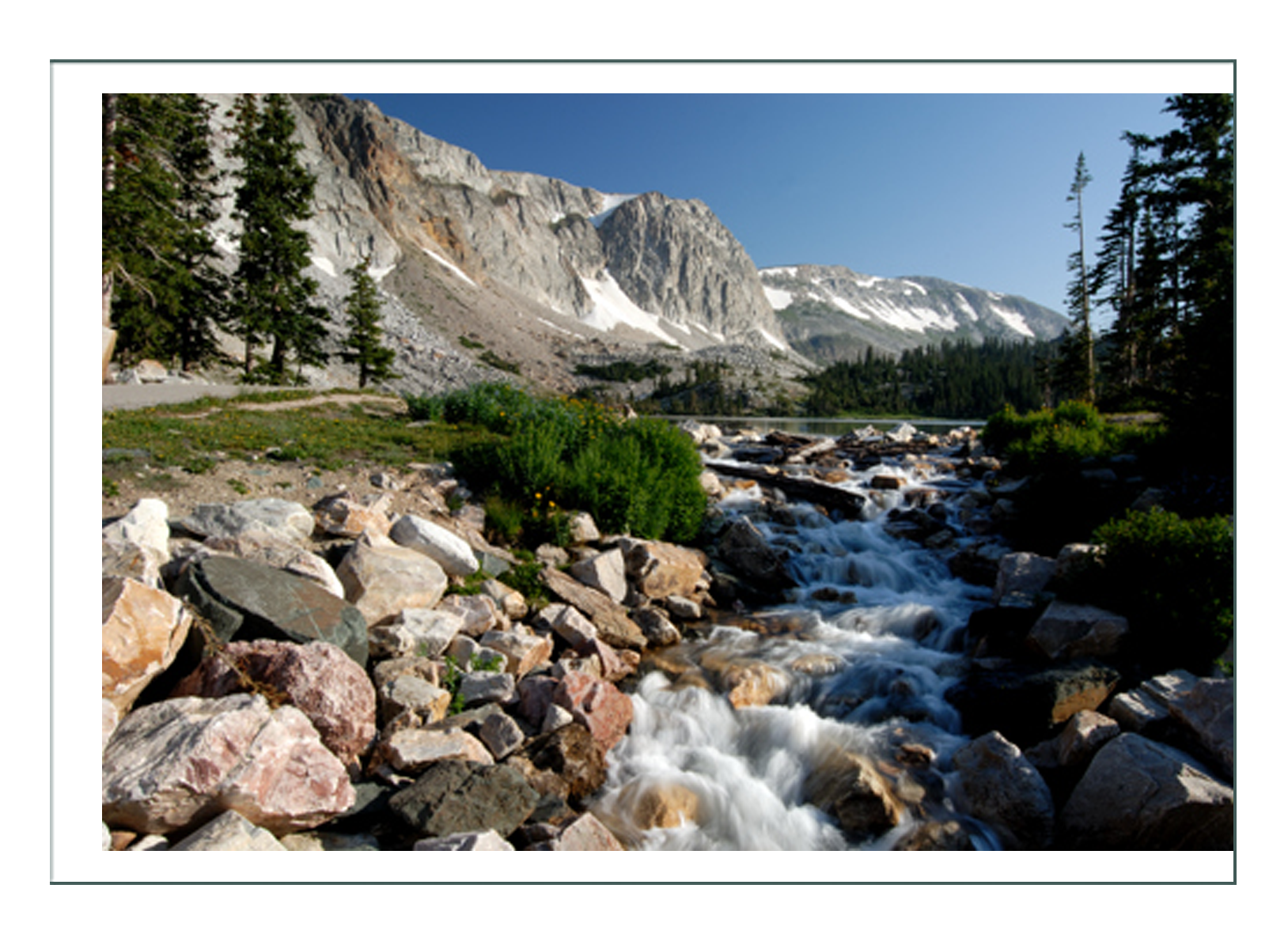
Other Wyoming Towns – 1902-1907 samples
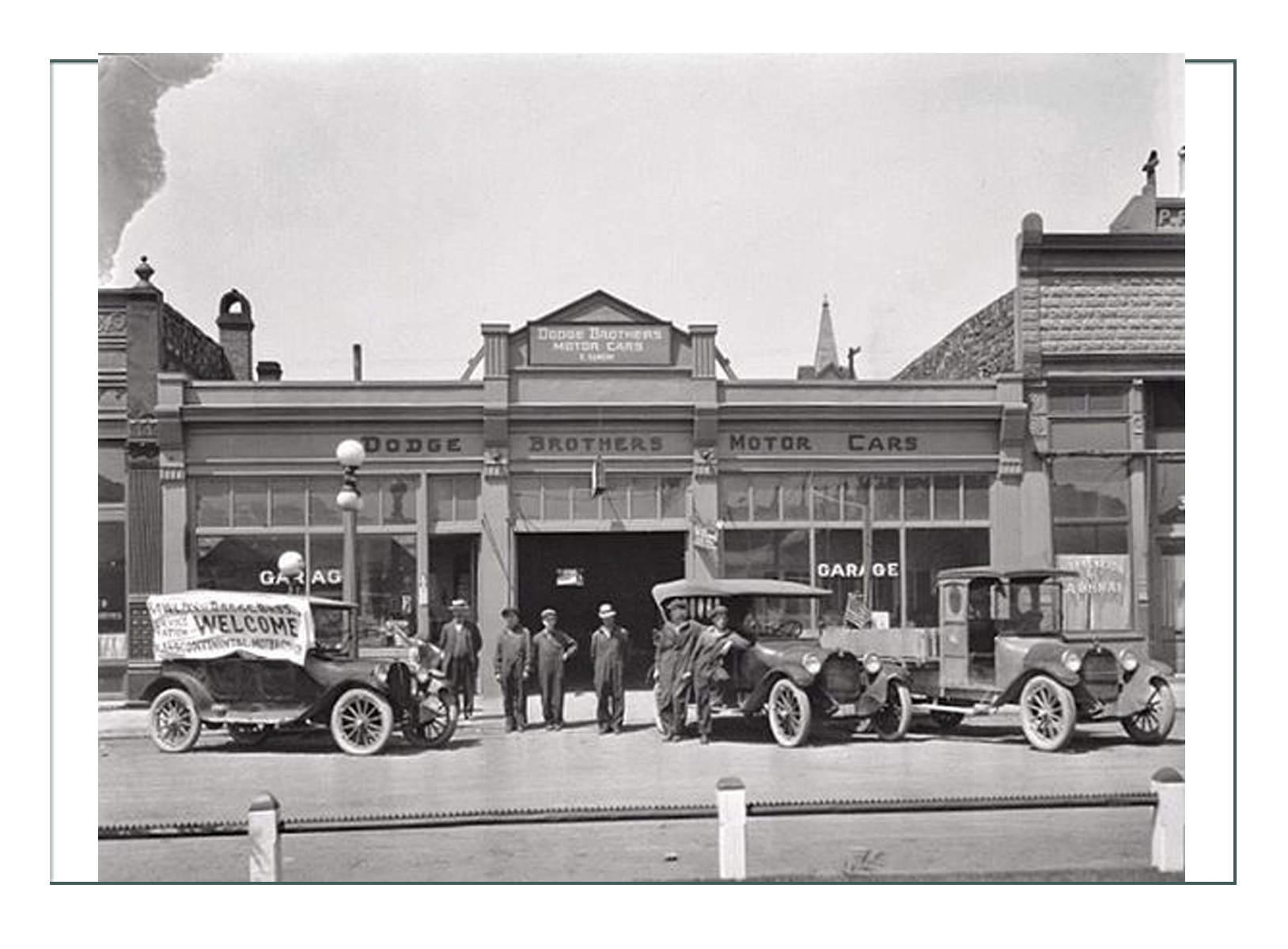
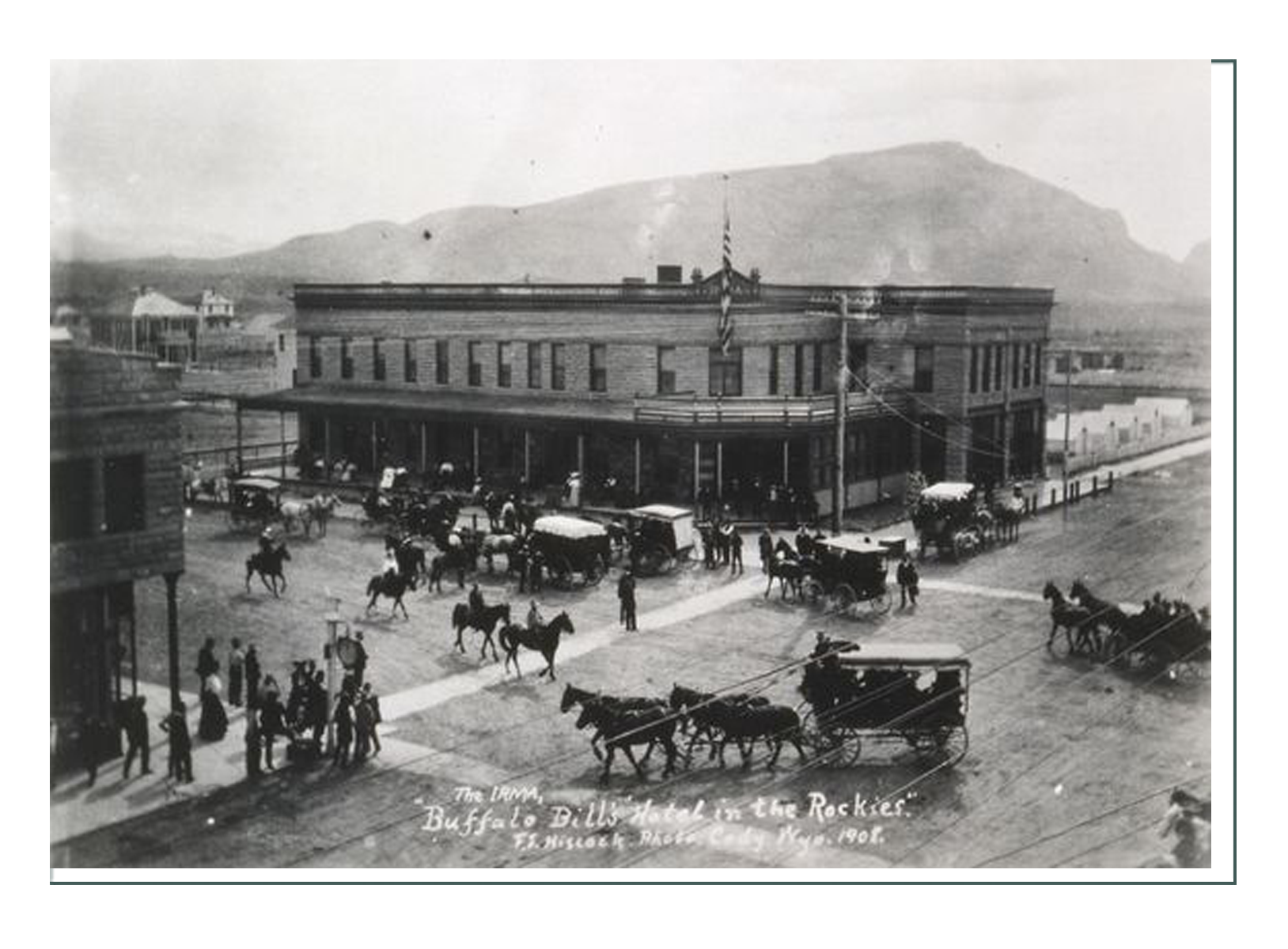
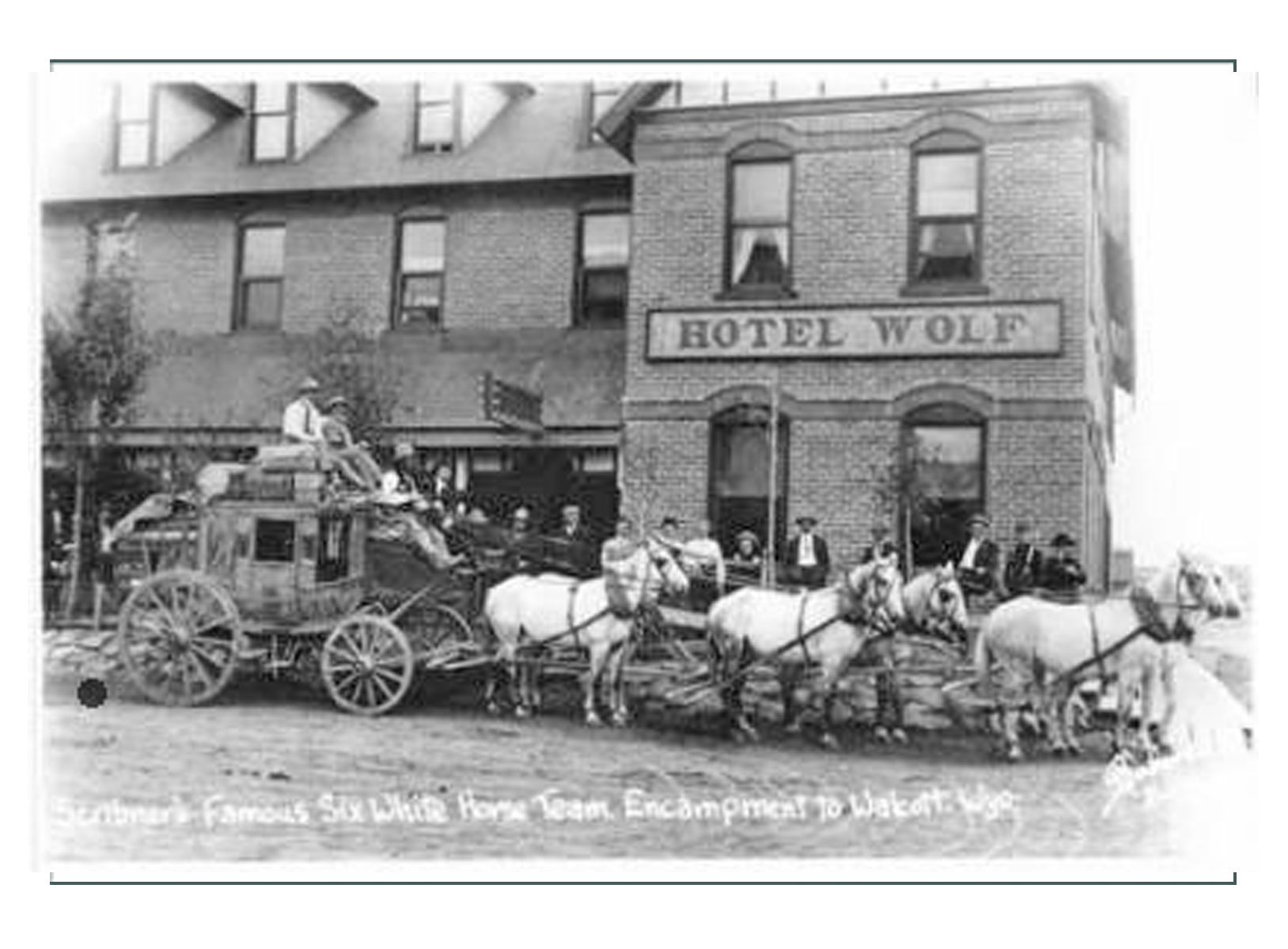
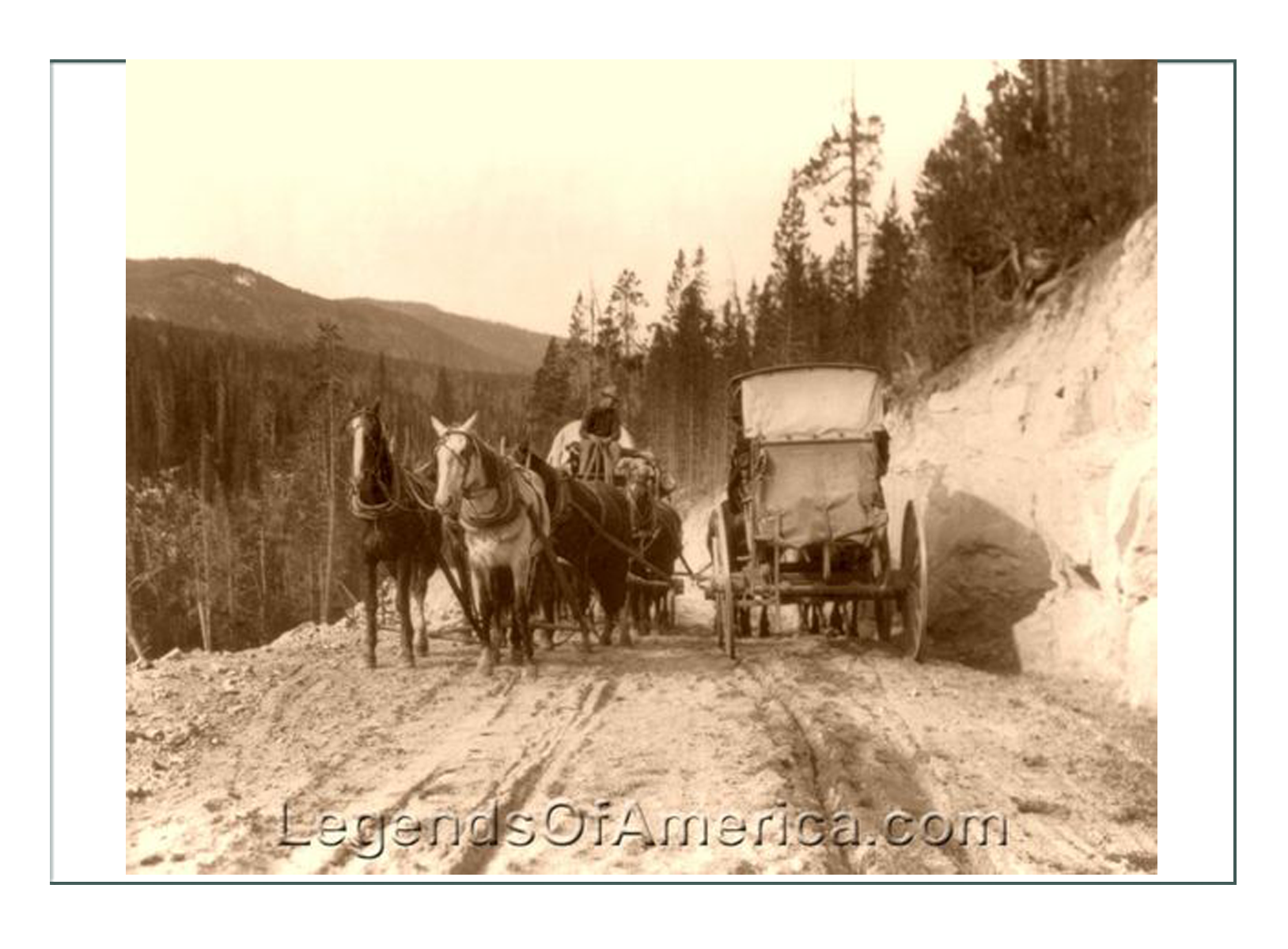
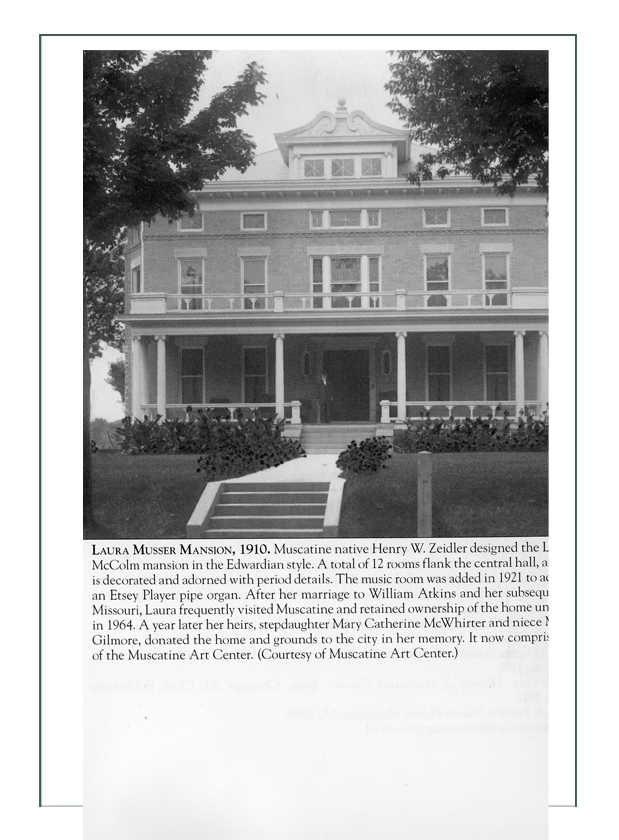

Where She Would Live
Bailey most likely would have lived in a small tenement apartment near the Courthouse, rented a room in a Boarding House for young single women only, or most likely lived with a family and rented a room.
Cheyenne’s unique history has built a town that is now made up of modified mansions on “Millionaire’s Row”, Sears Bungalows for a family of 6, small unique board and stone houses, and apartments. That means any scenario is possible.
The following are Cheyenne houses and samples of apartments from 1900 to 1902. The most likely is she would have lived with a well established and somewhat well off family such as Doctor Bennette of Meteetse, a town quite a bit north of Cheyenne (last photo):
Real Cheyenne Houses:
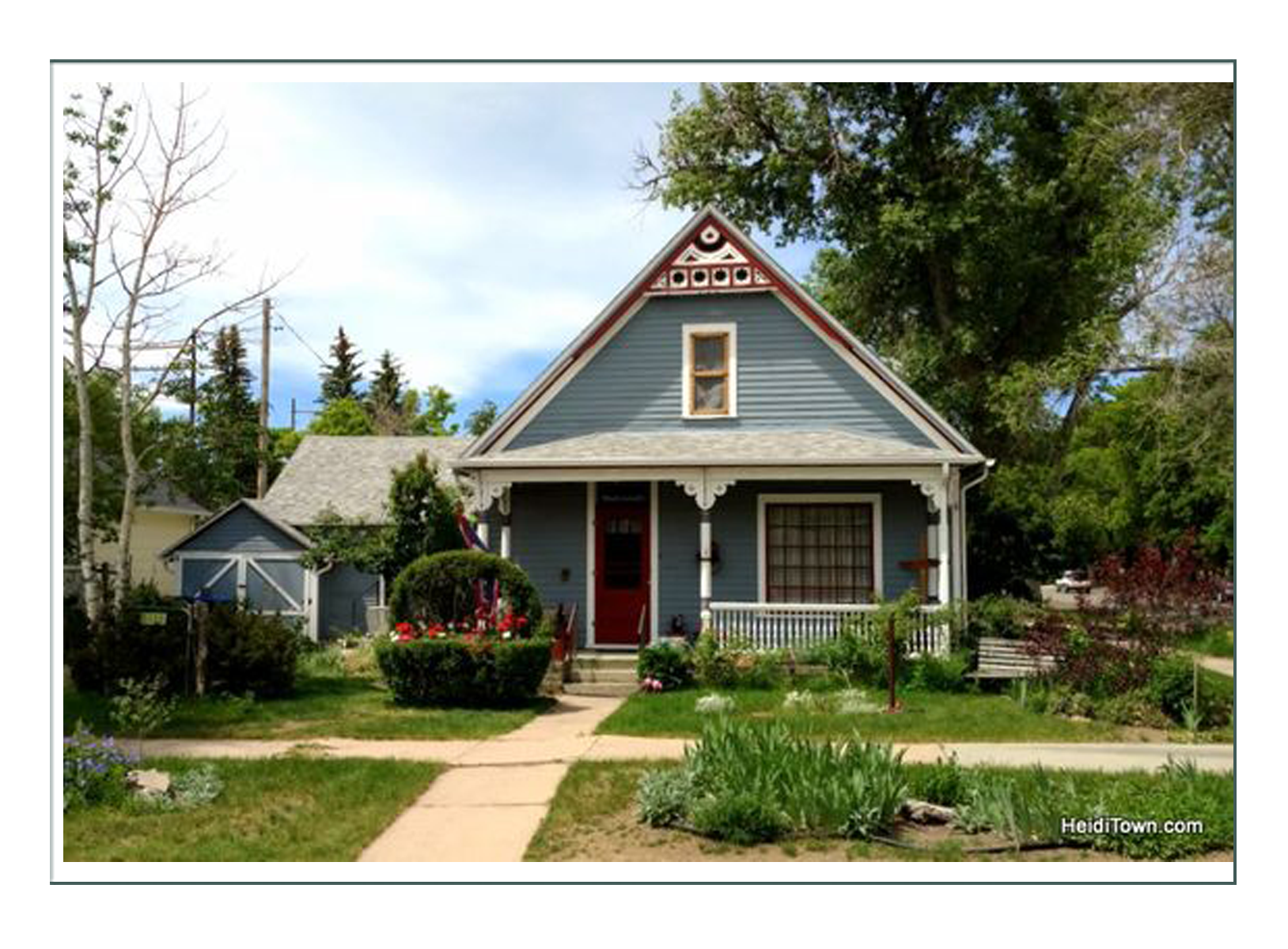
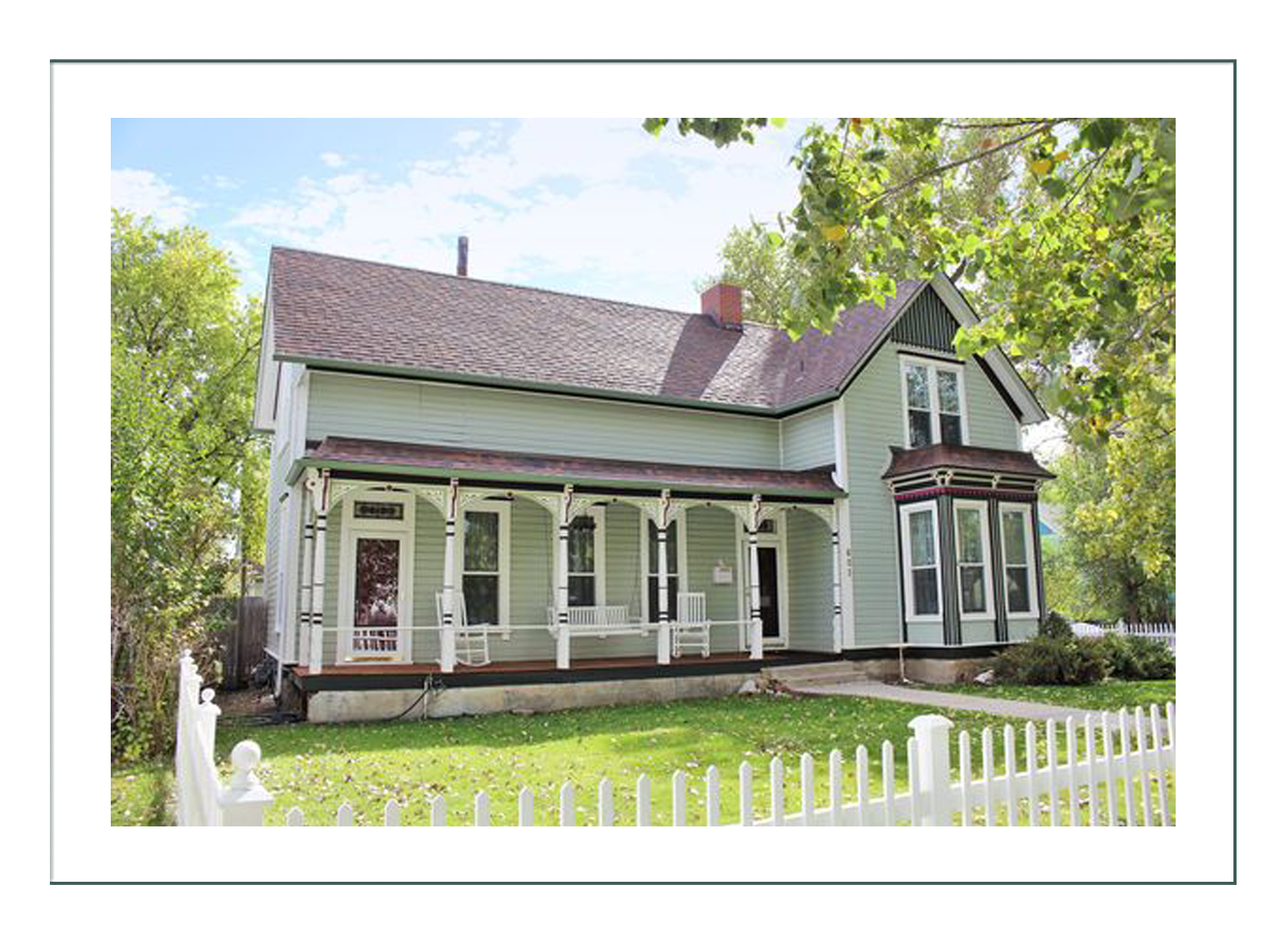
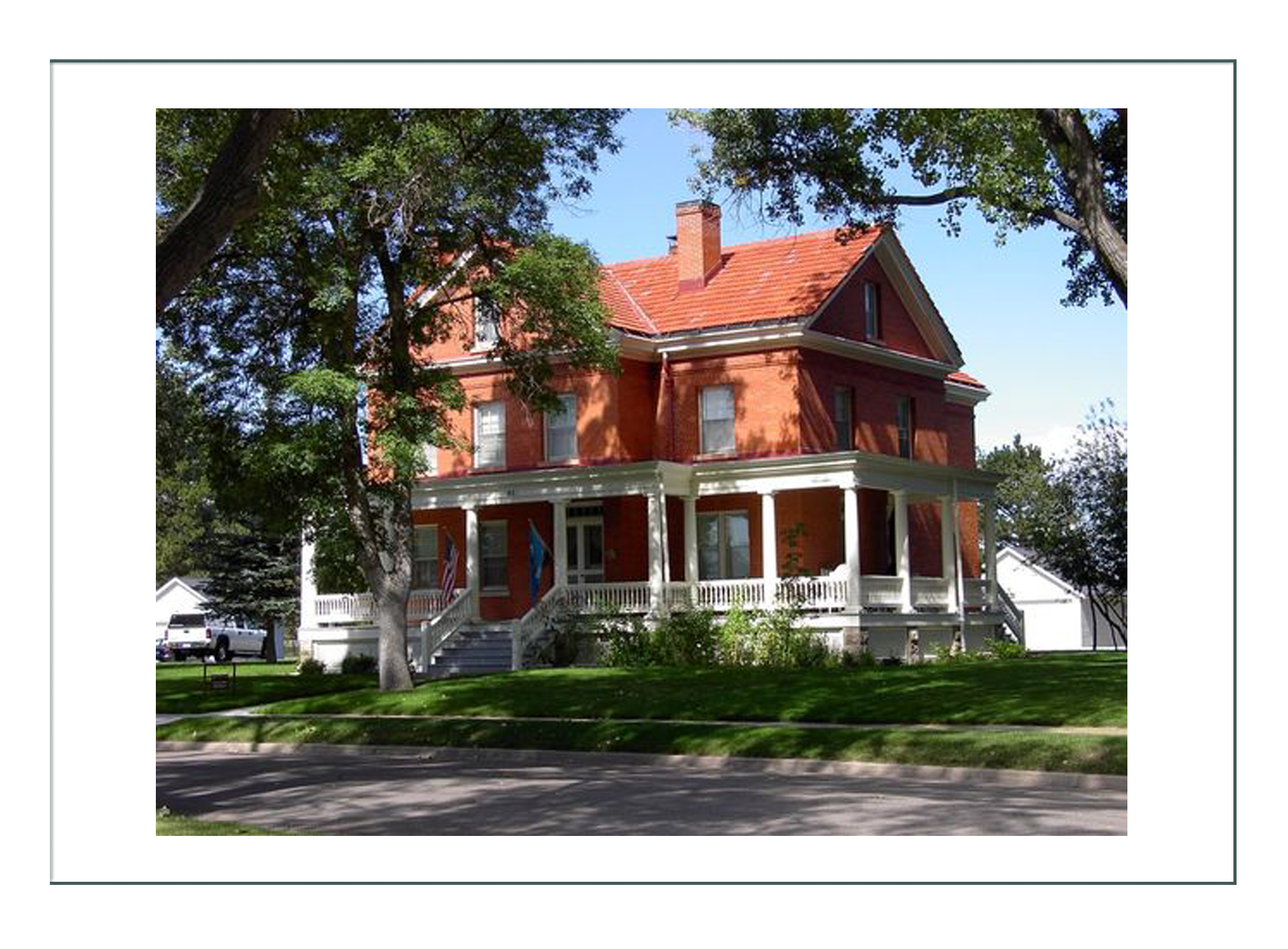 On the inside:
On the inside:
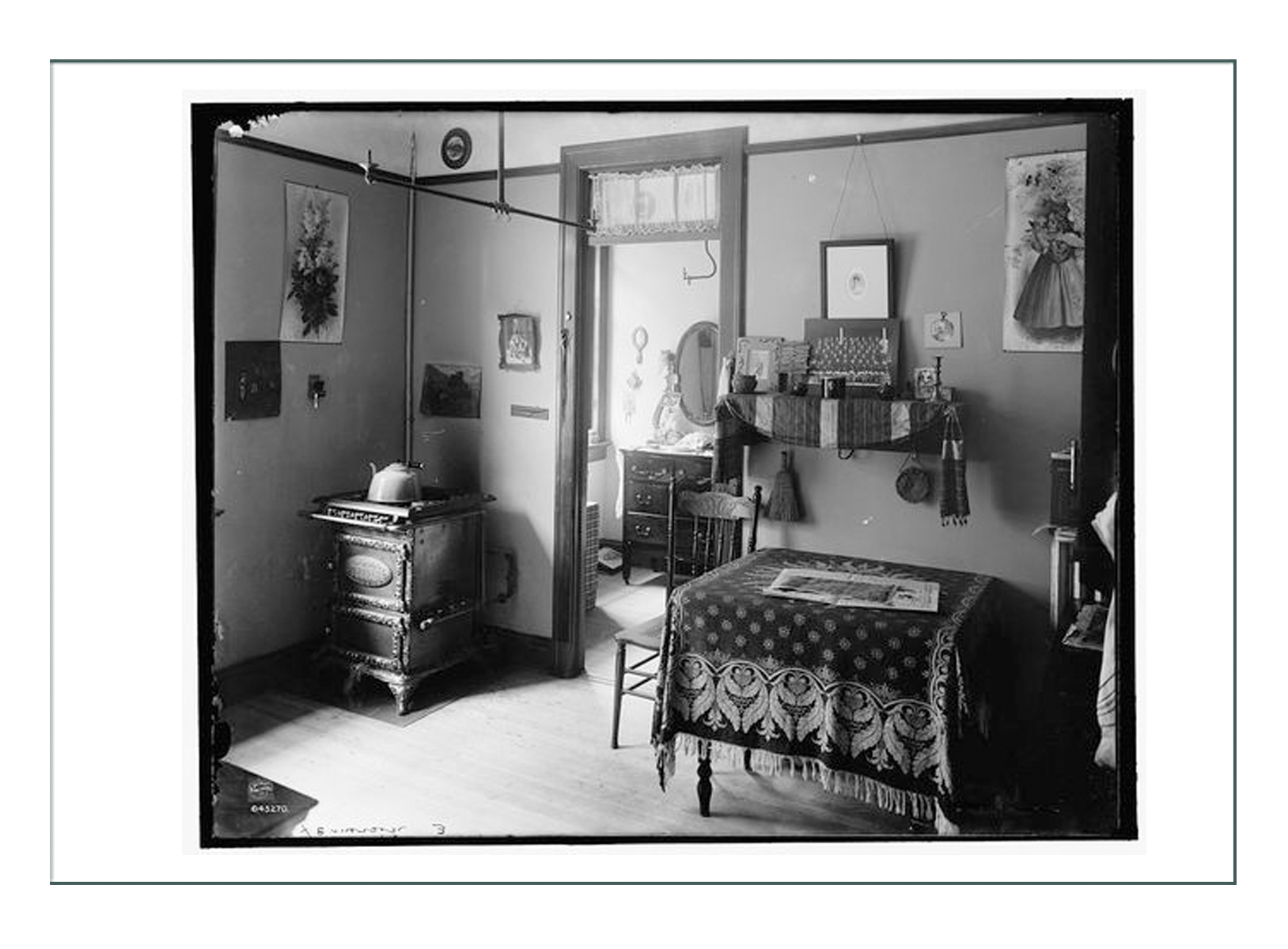
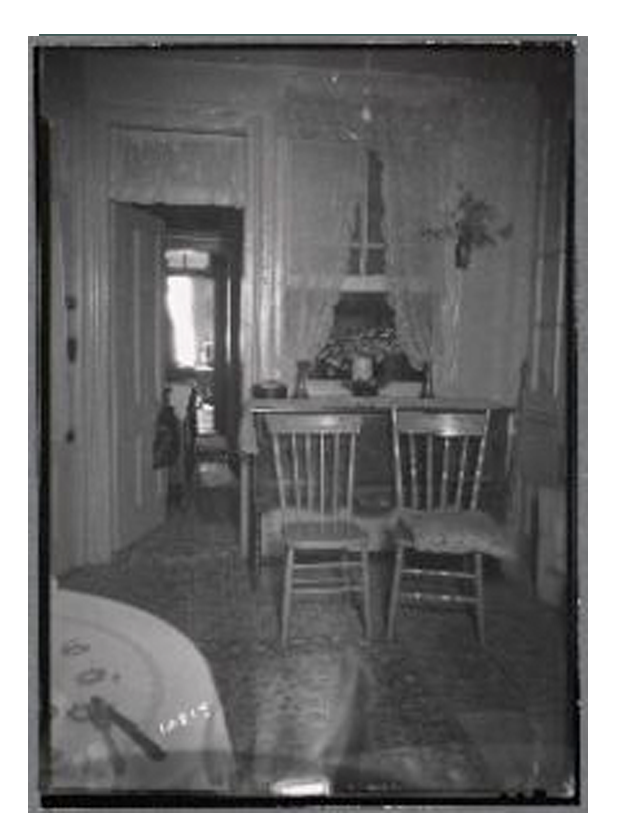
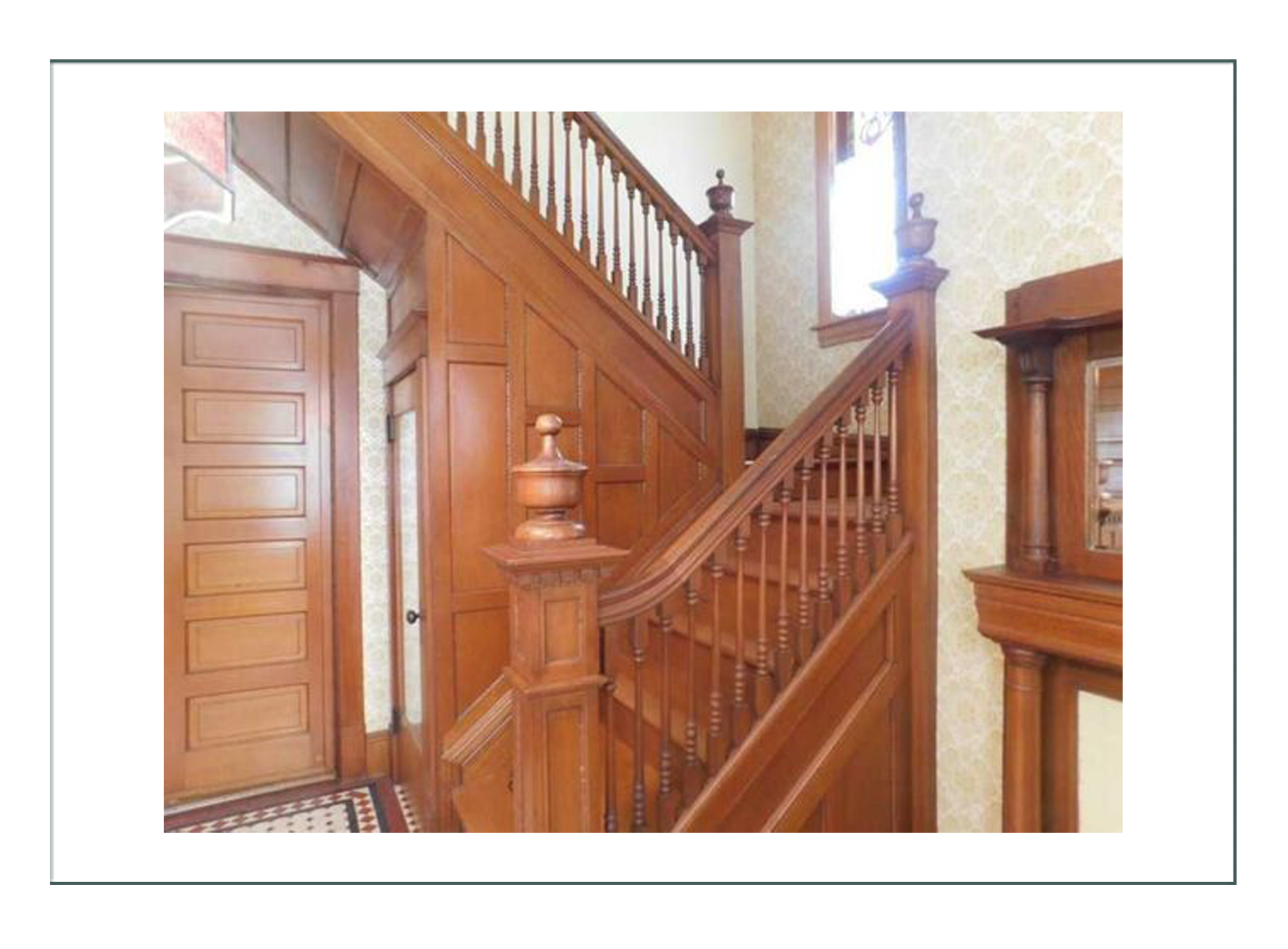
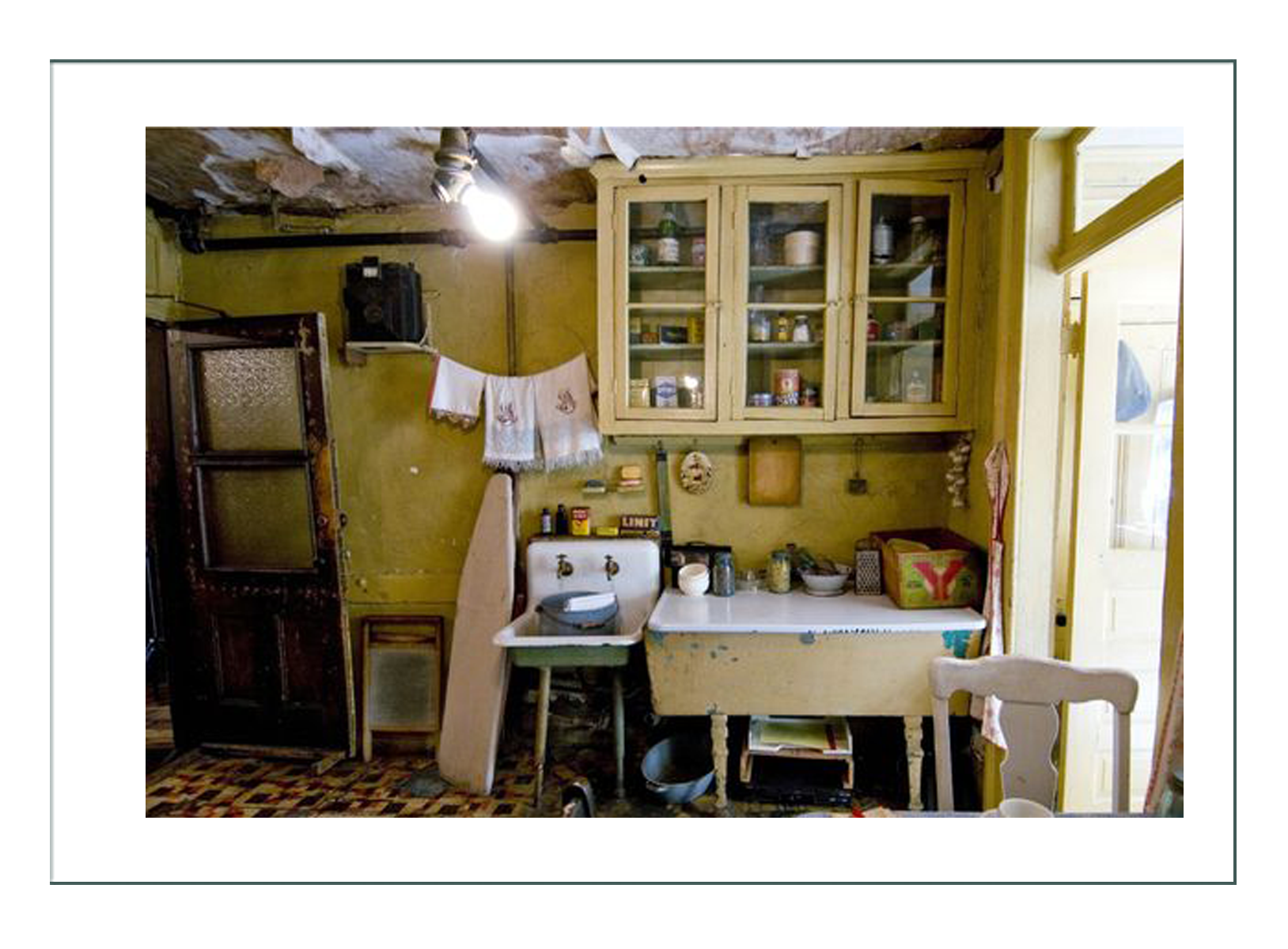
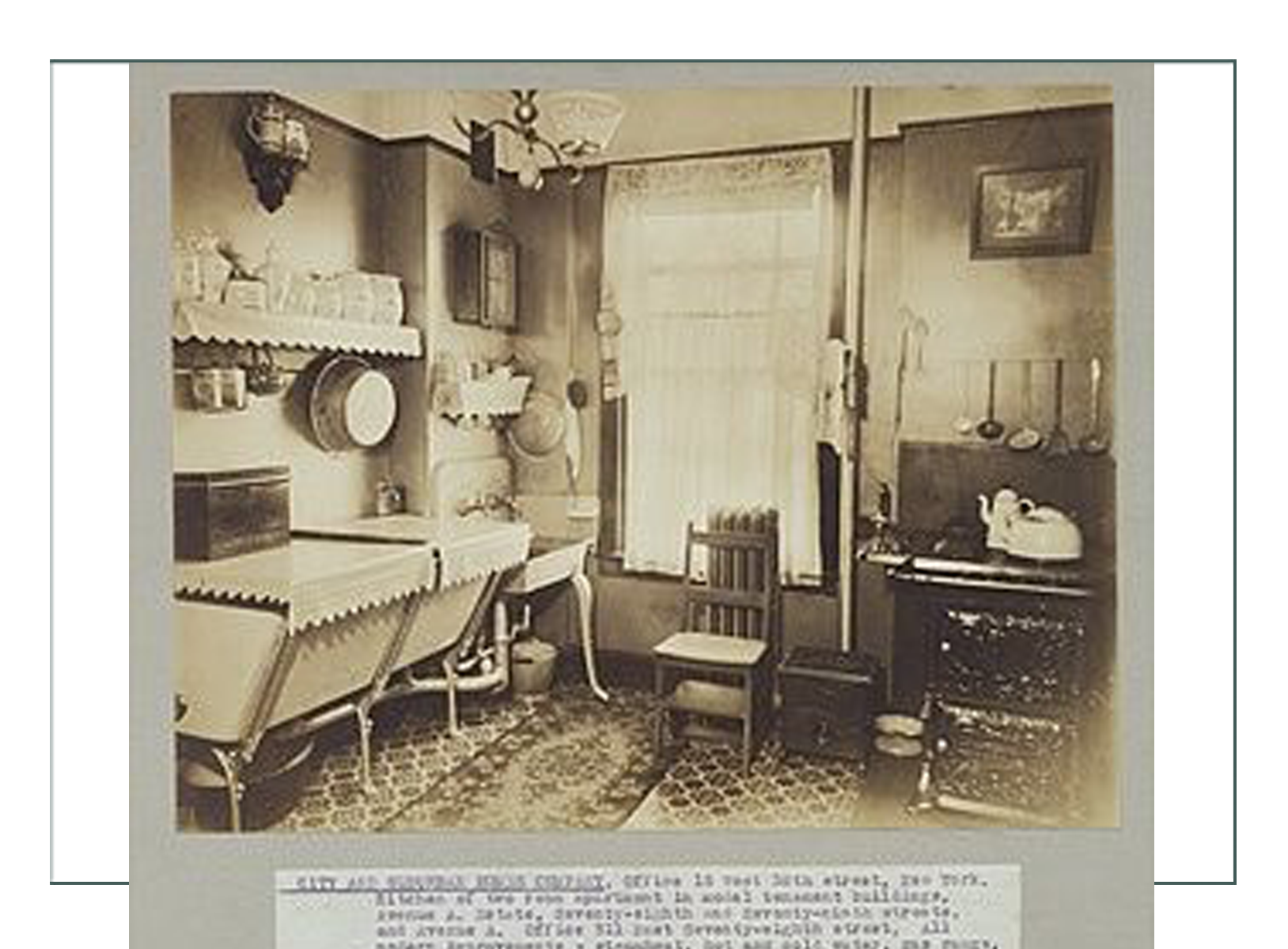
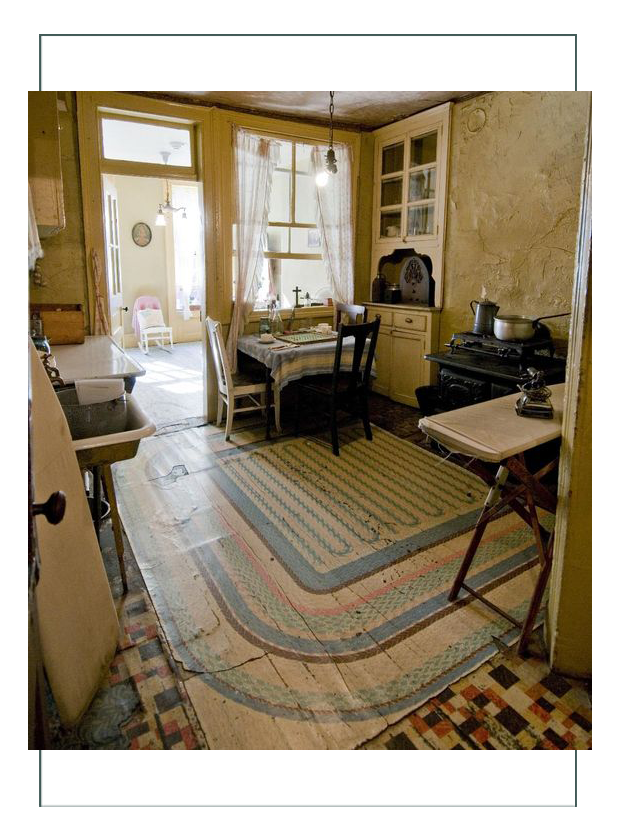
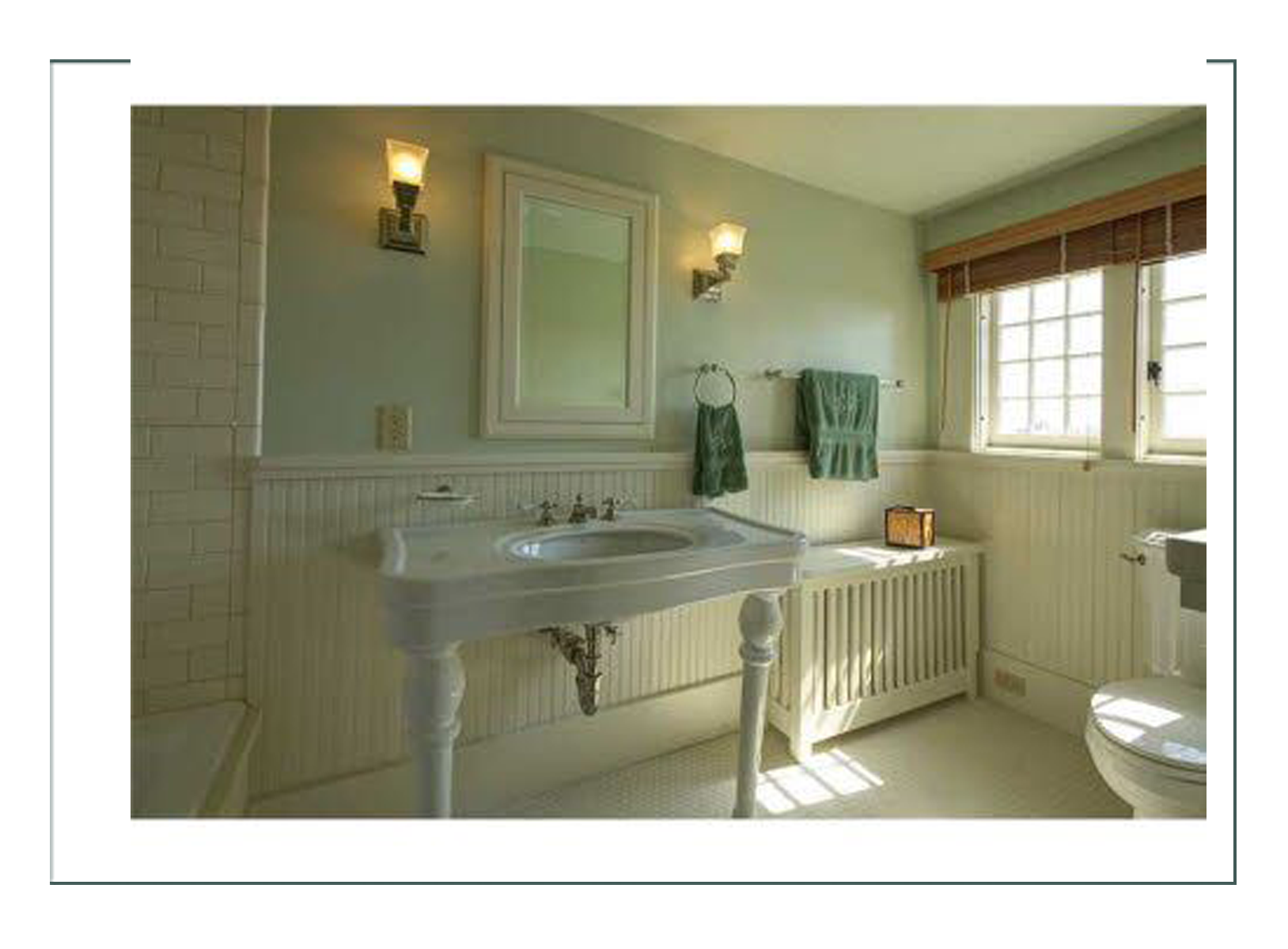
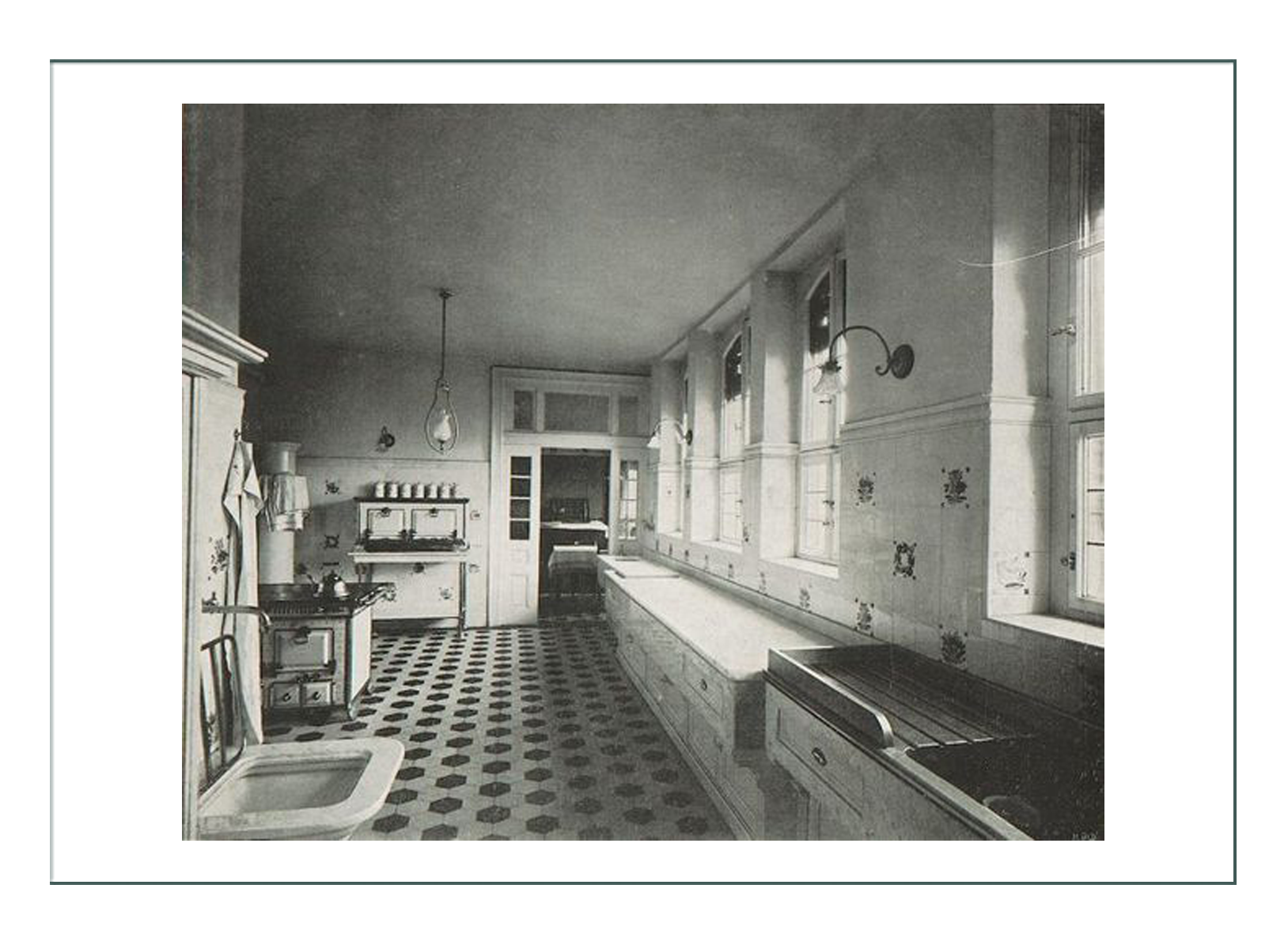
——————————- AND —————————————–

It is into these environments and cultures that Bailey’s character would enter – a world of some amenities such as bathrooms, gas, and electricity in the home, plenty of work, acceptance of women in the work force (long before anywhere else in the country), and much entertainment, interest, and historical reference. Real life characters might walk in and out of her life – Butch Cassidy, Buffalo Bill, Teddy Roosevelt, Thomas Edison – so many famous and influential people of the time were in Cheyenne.
We put her in the place, we’ll dress her, and let her imagination go as to continued character development. She is young, her character is young; the town was young, and the state was young. They can all grow up together.
Click here to go to Bailey’s Fashion & Women’s History Page (next)
Click here to go to Bailey’s Design Development Page
Click here to go to Bailey’s Main Page with the Finished Project
